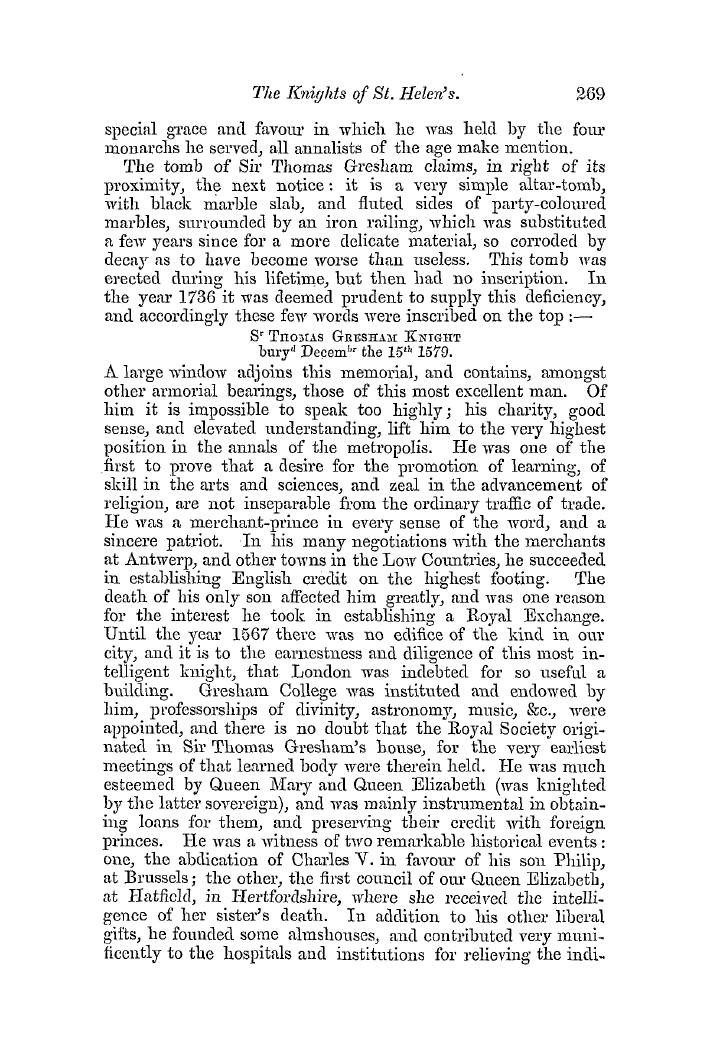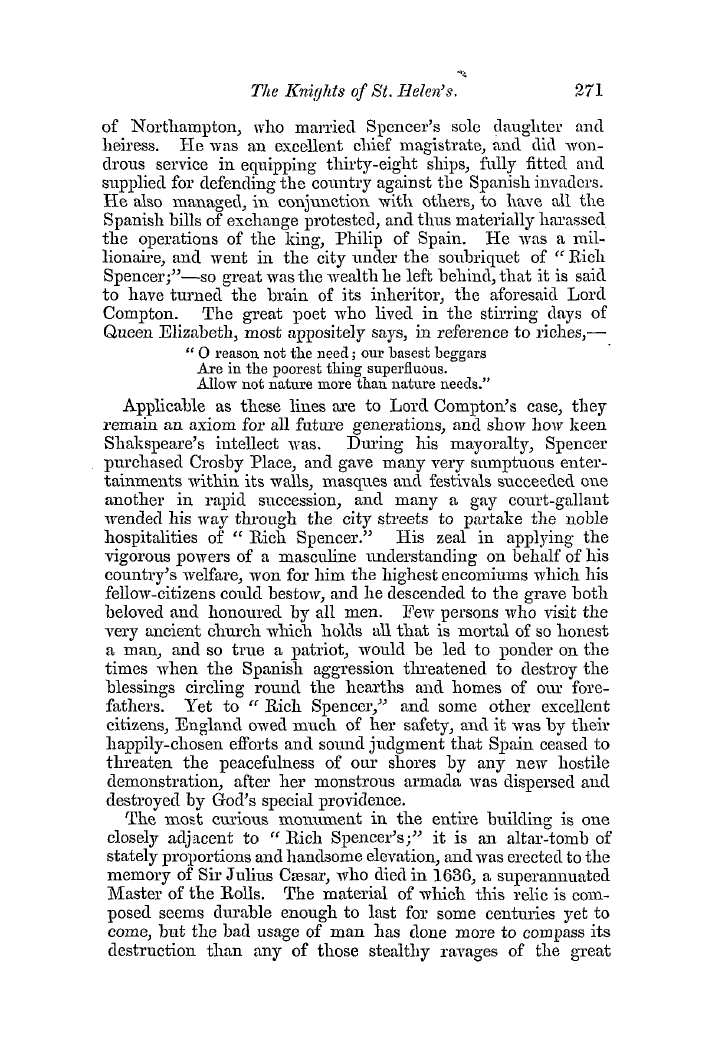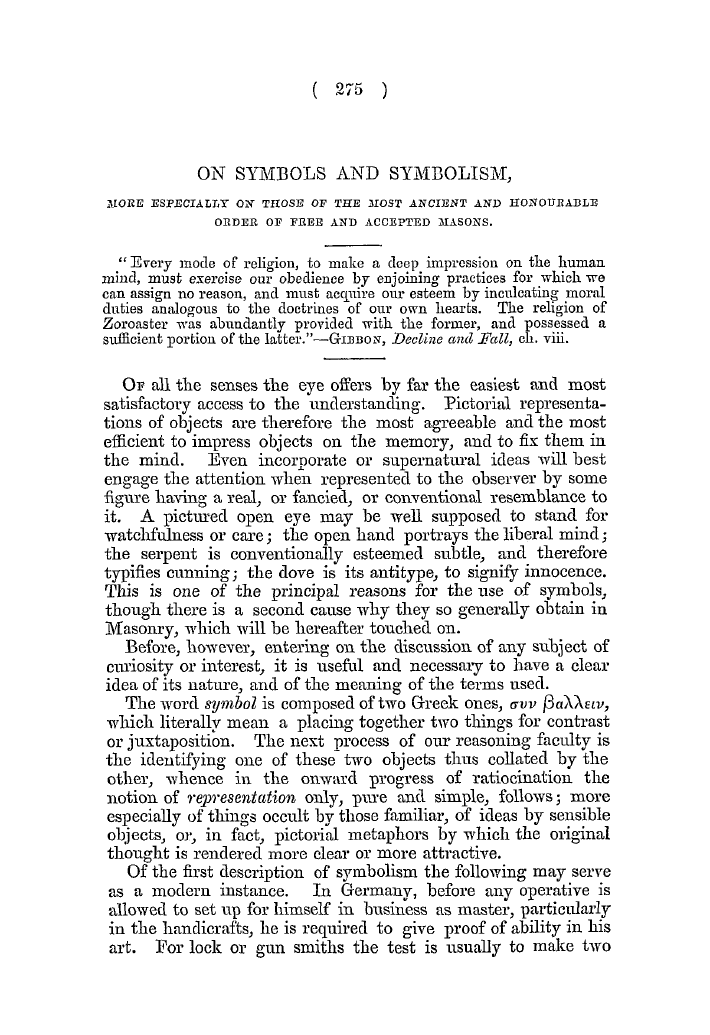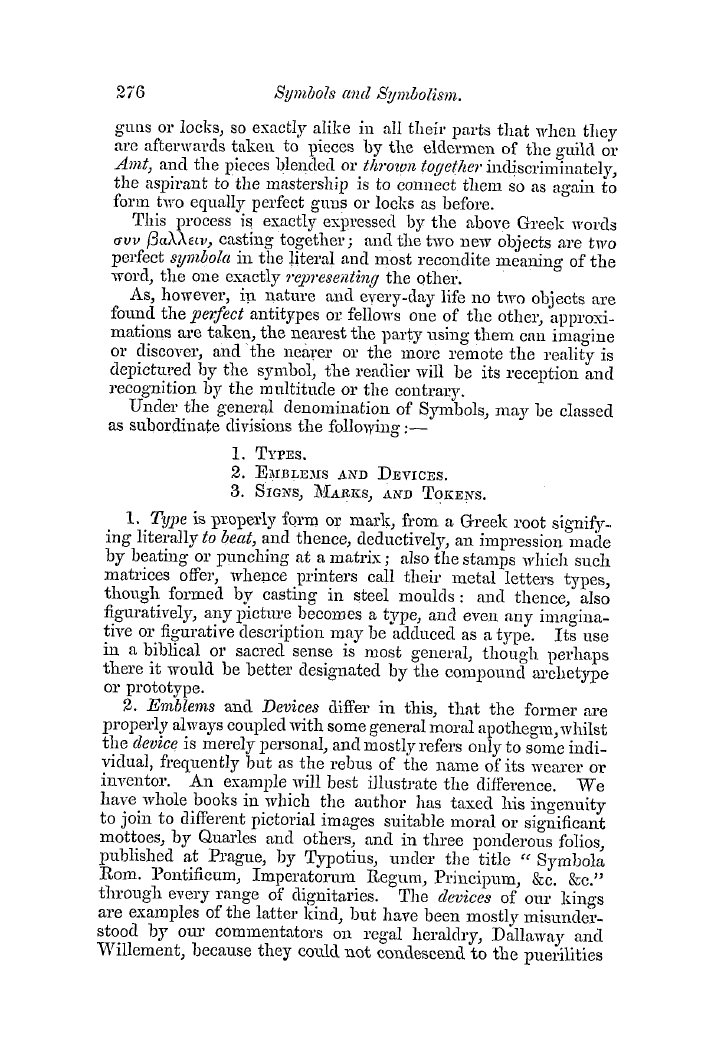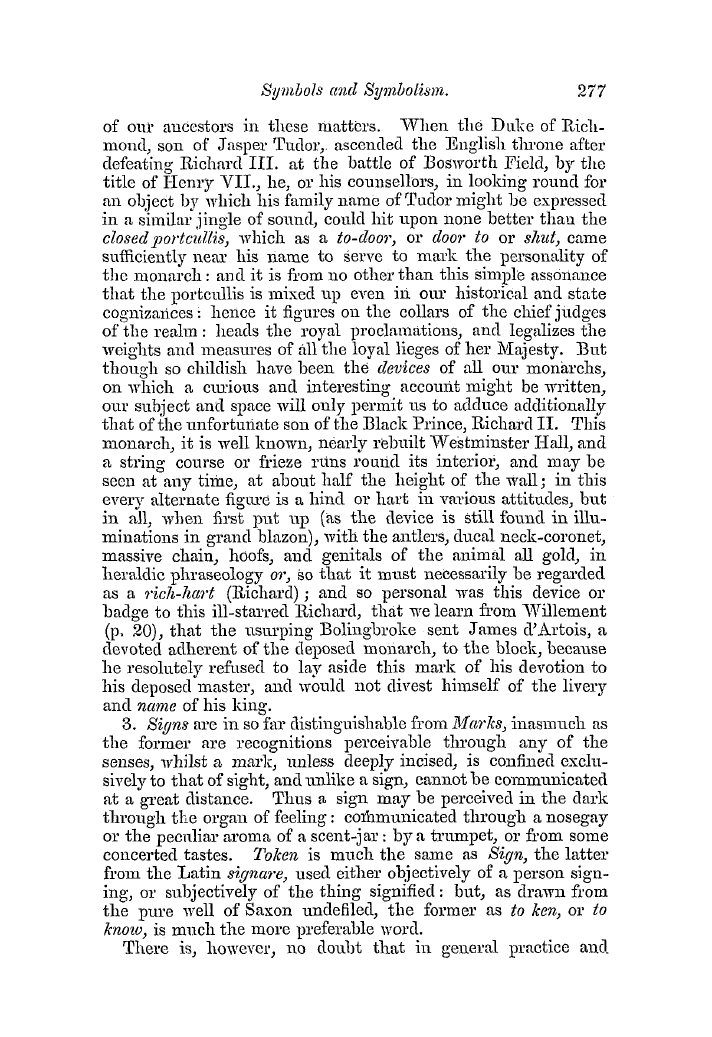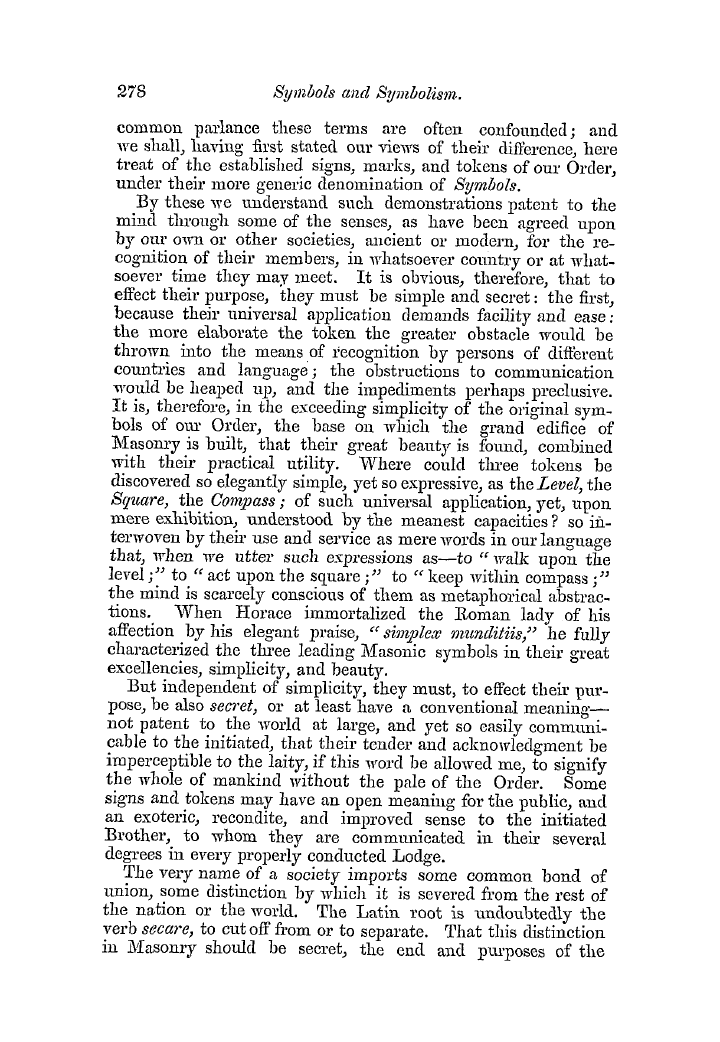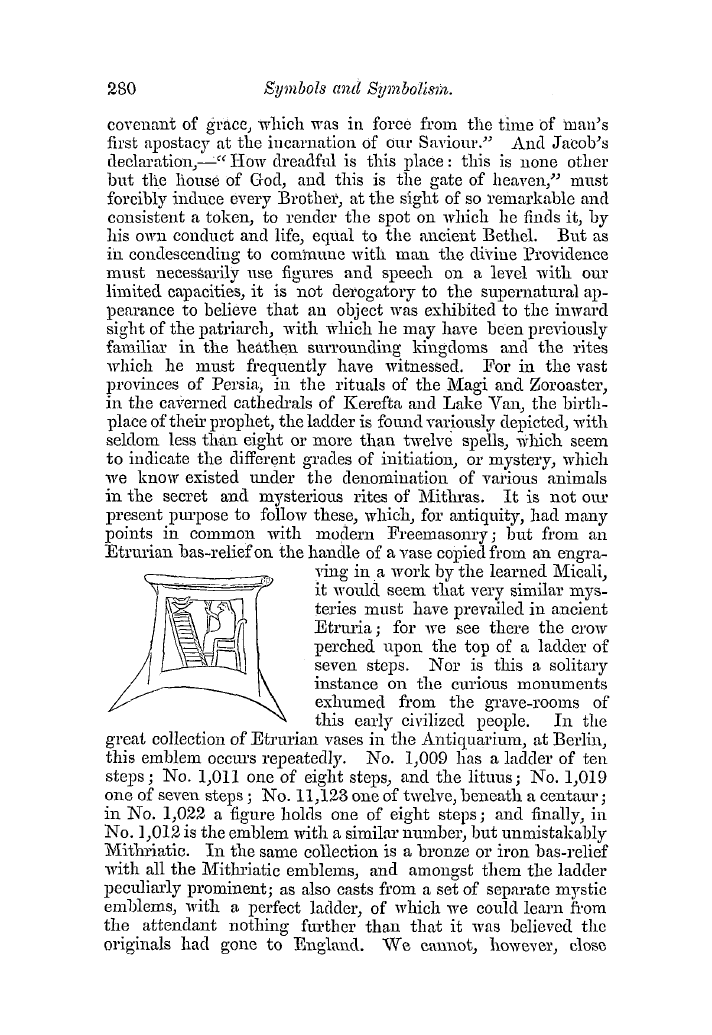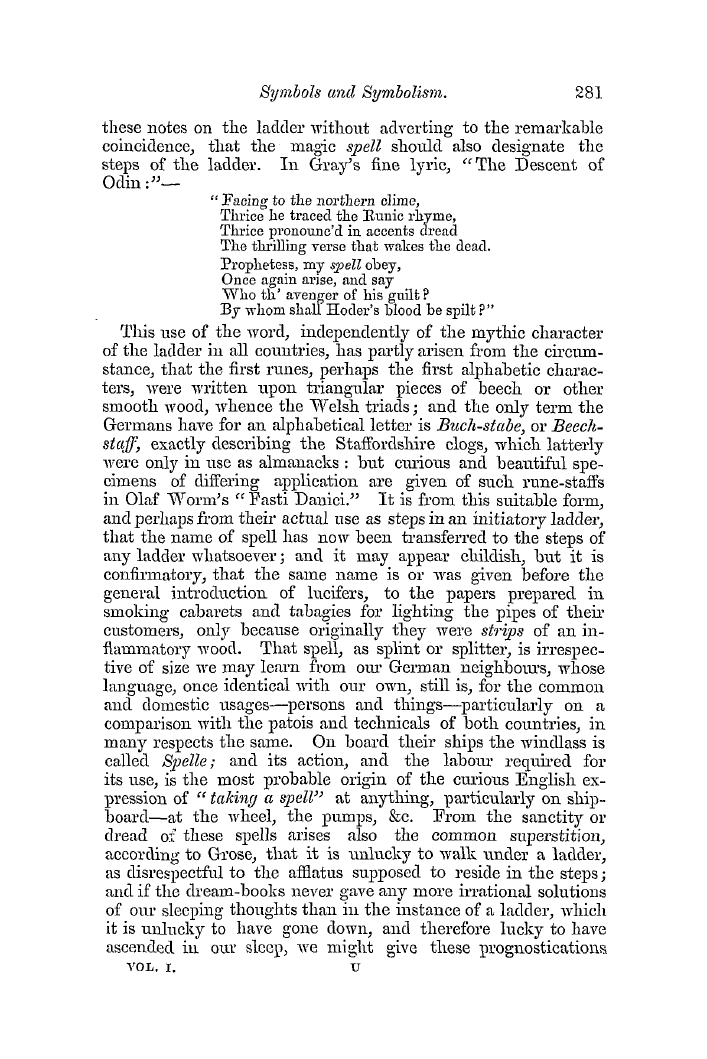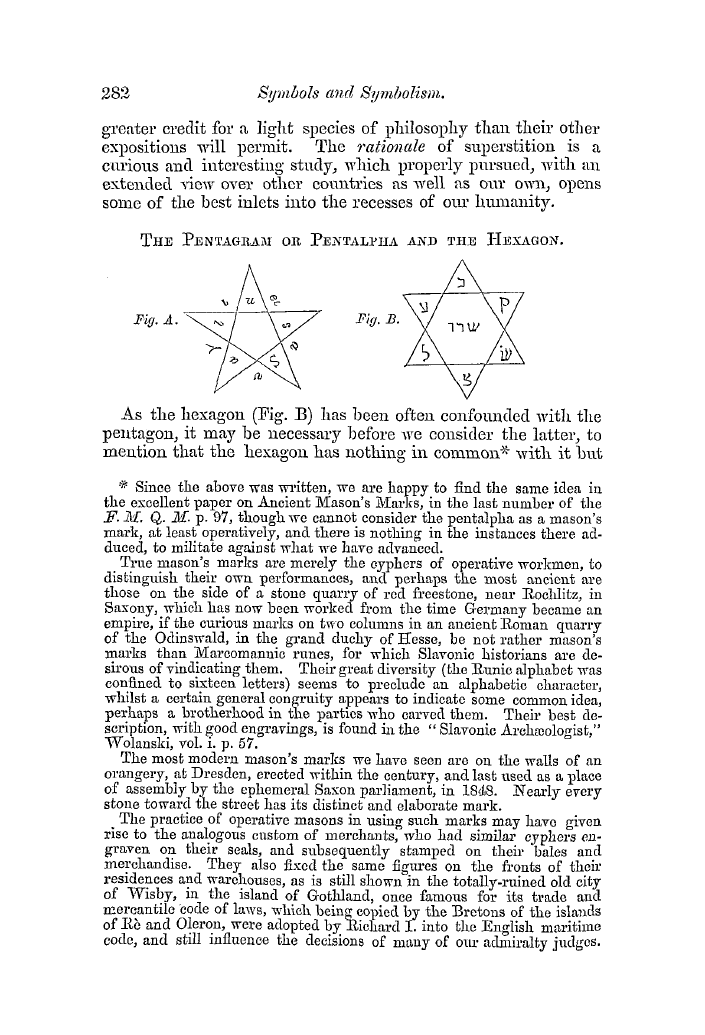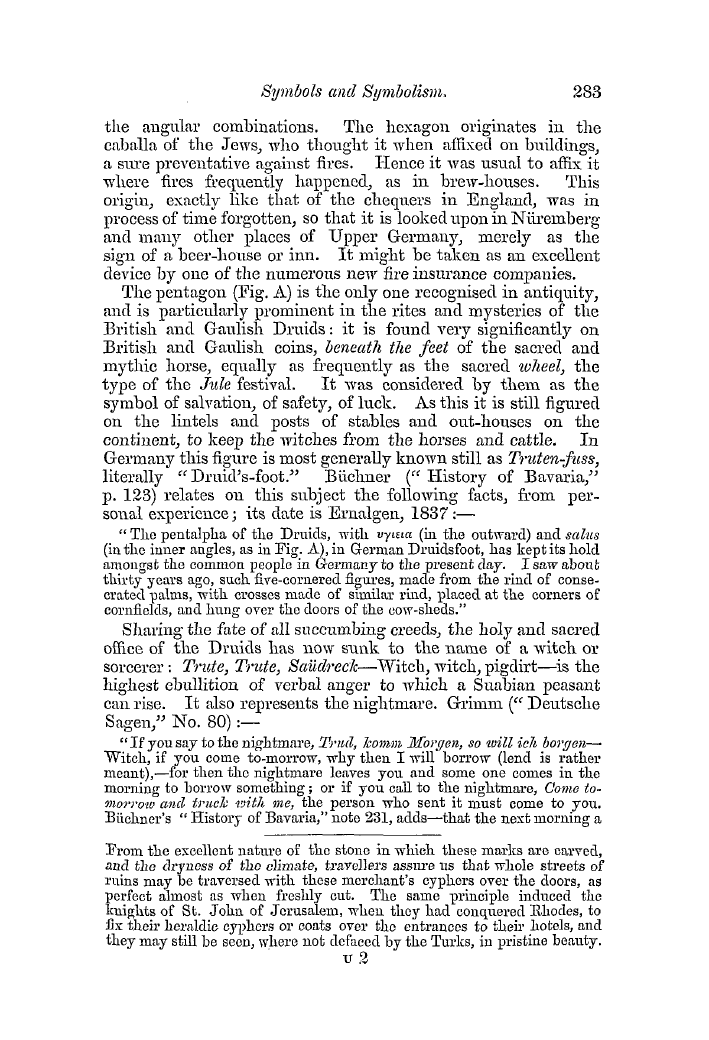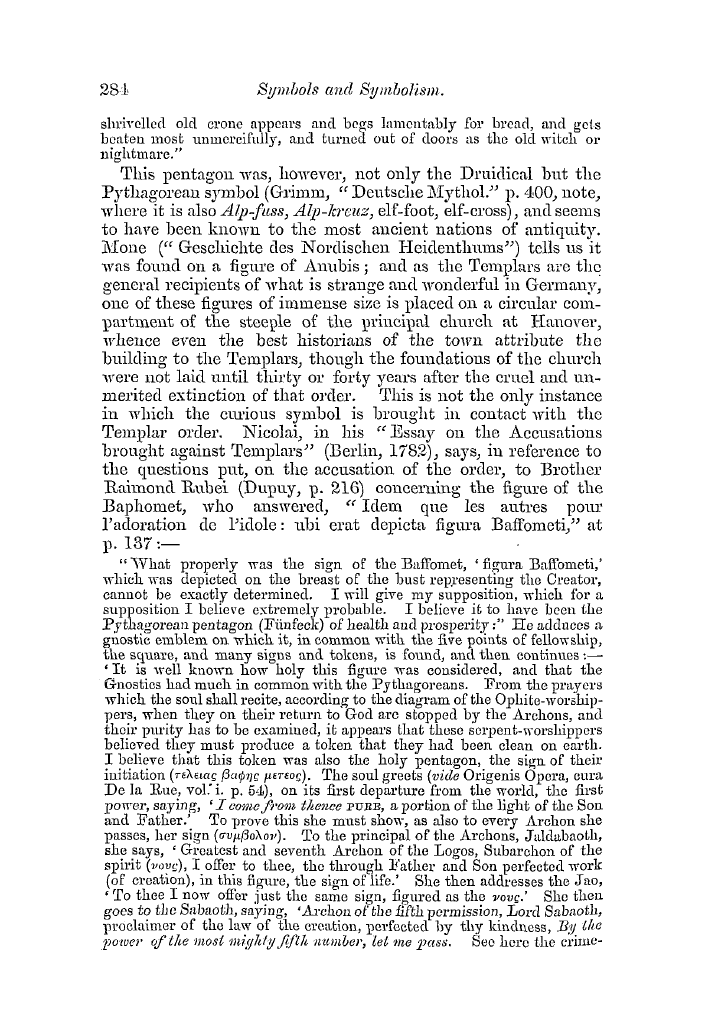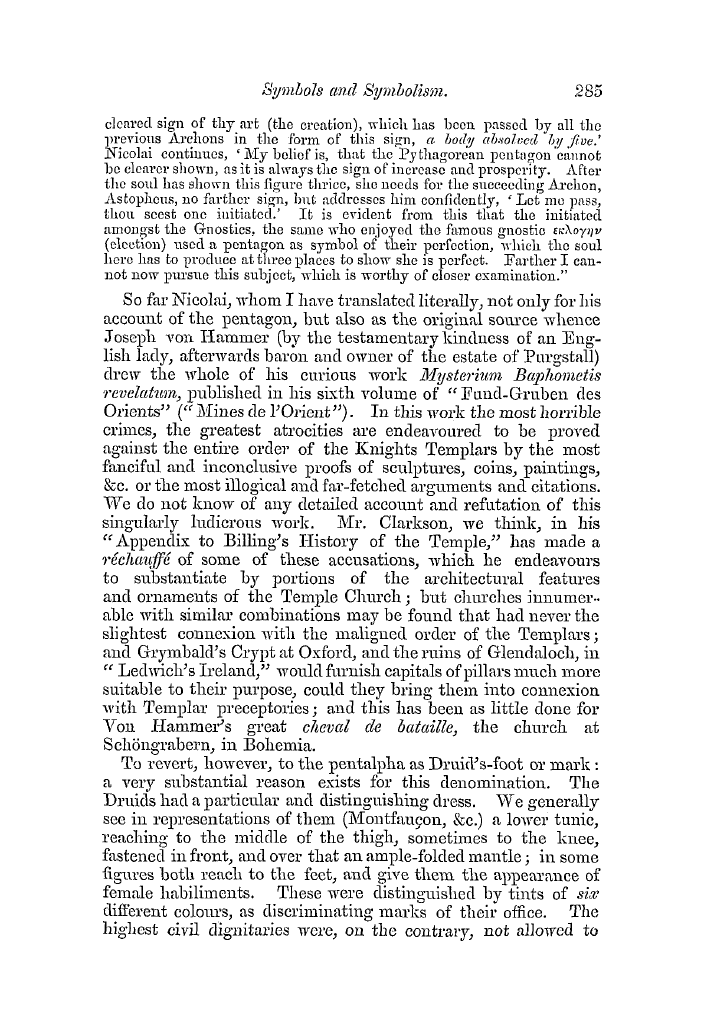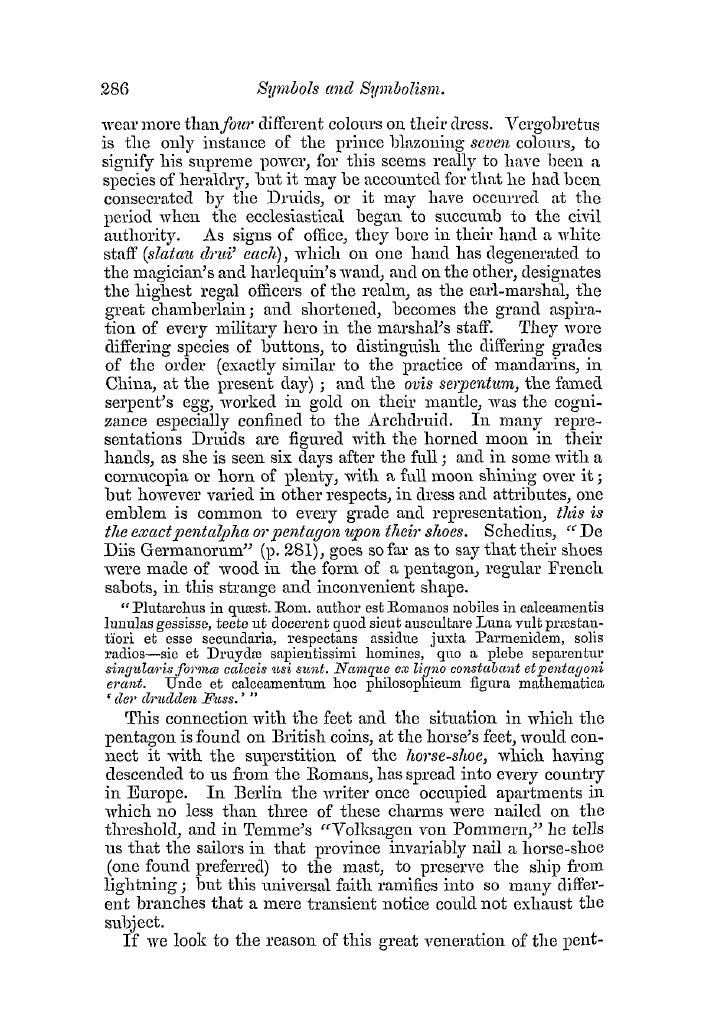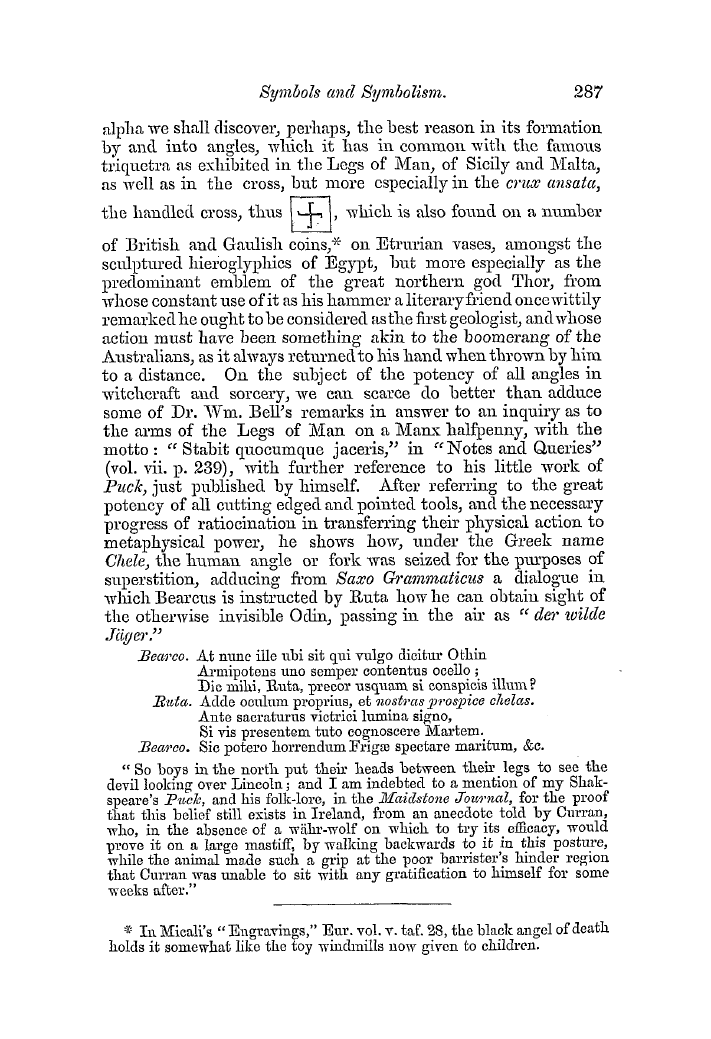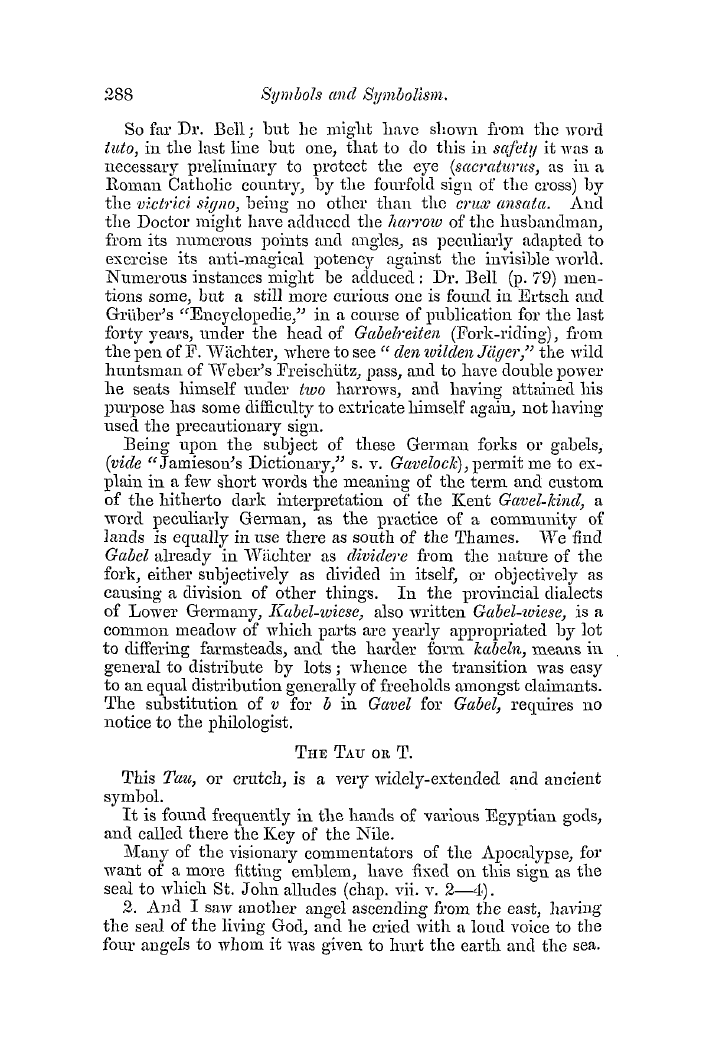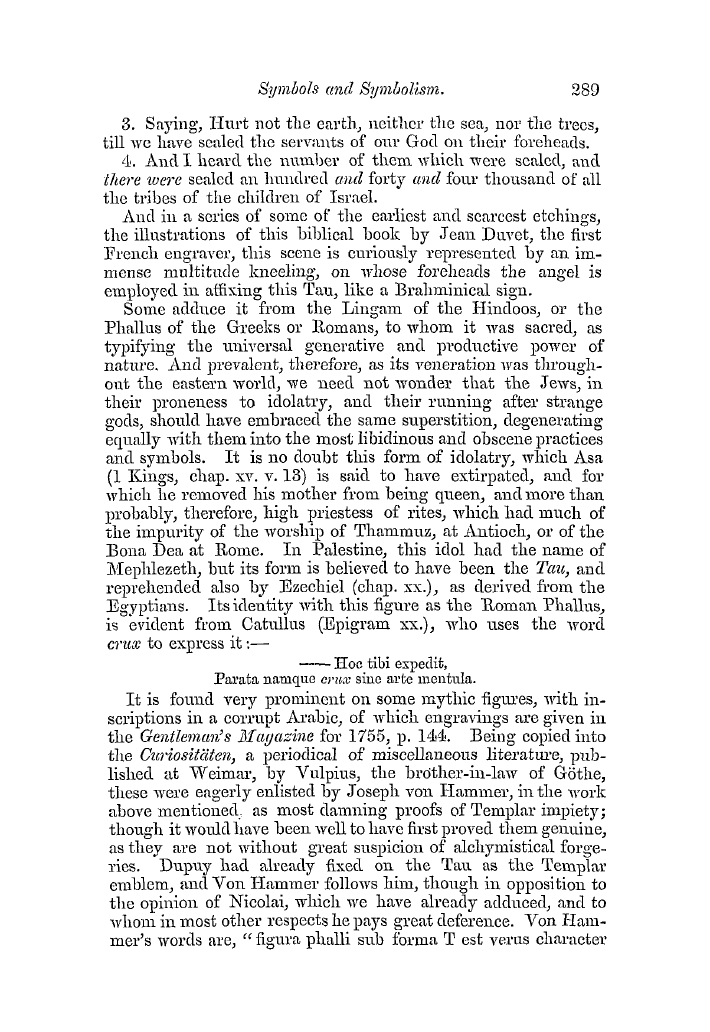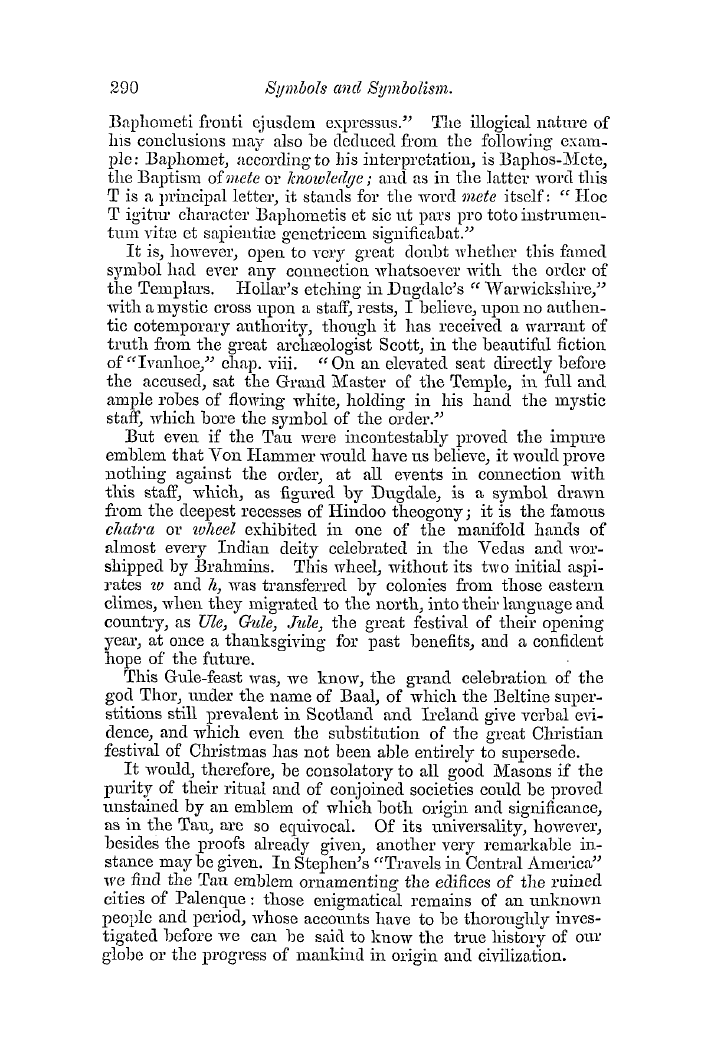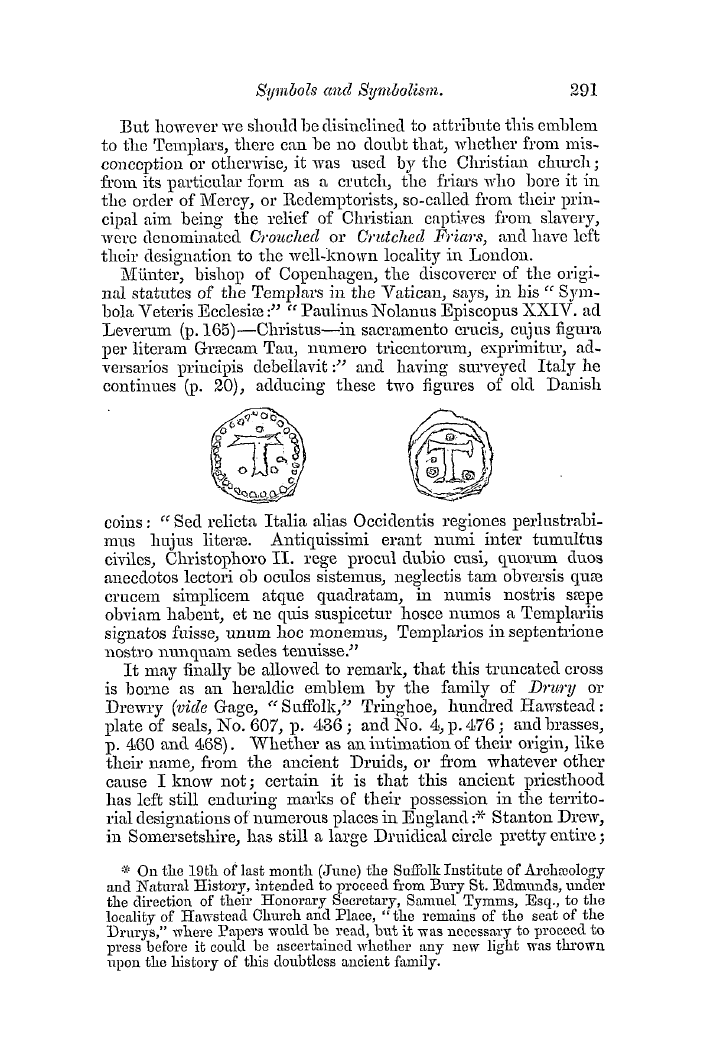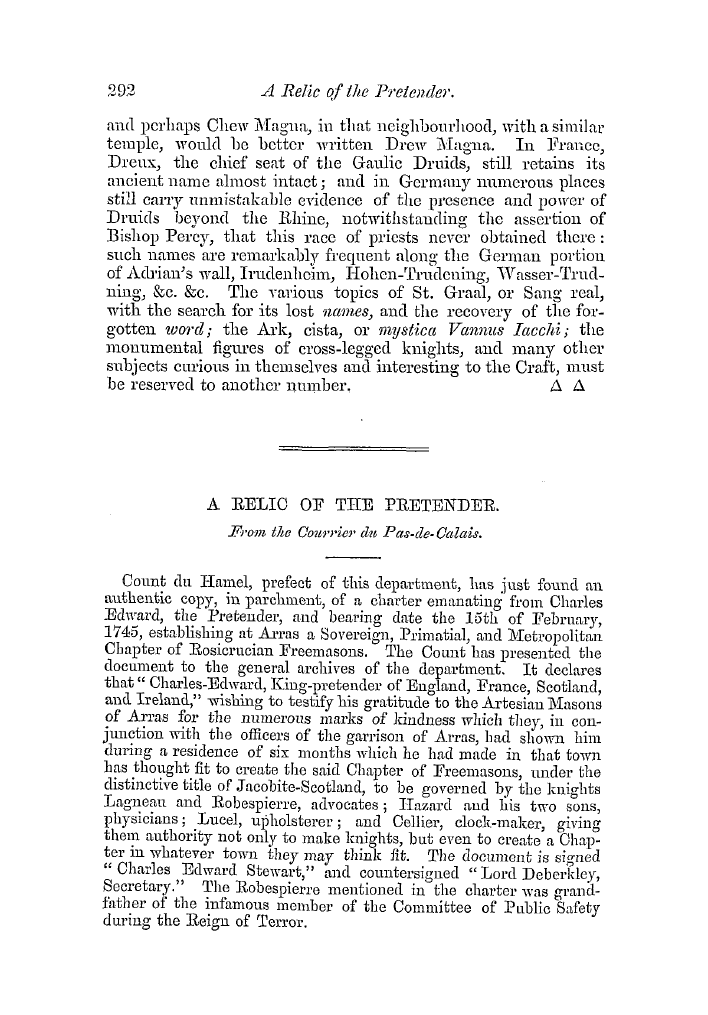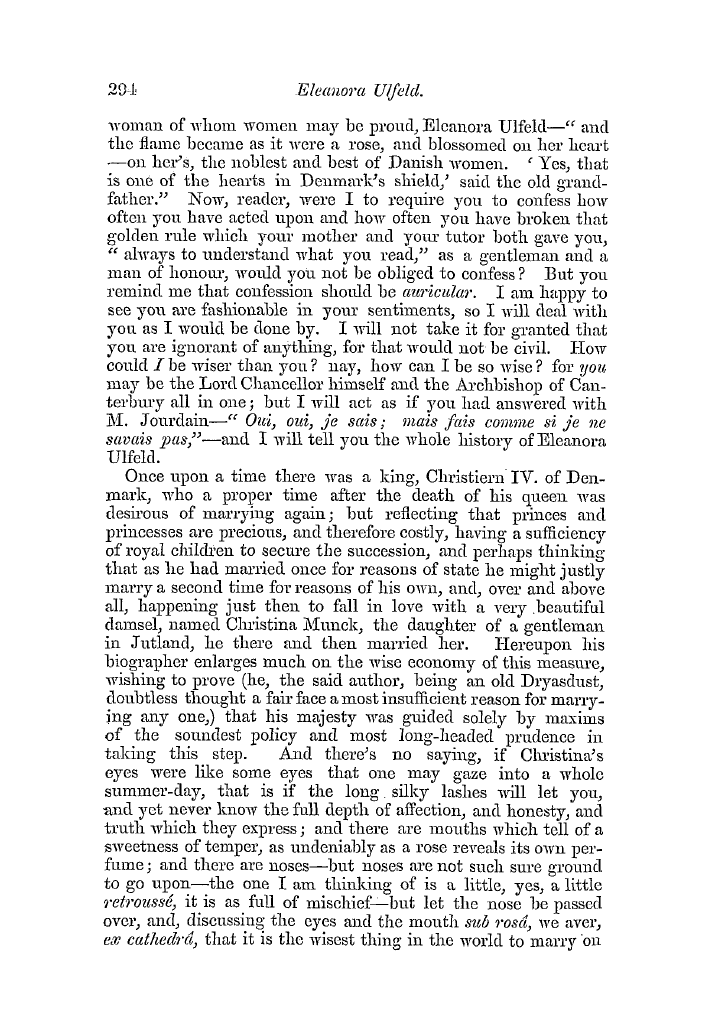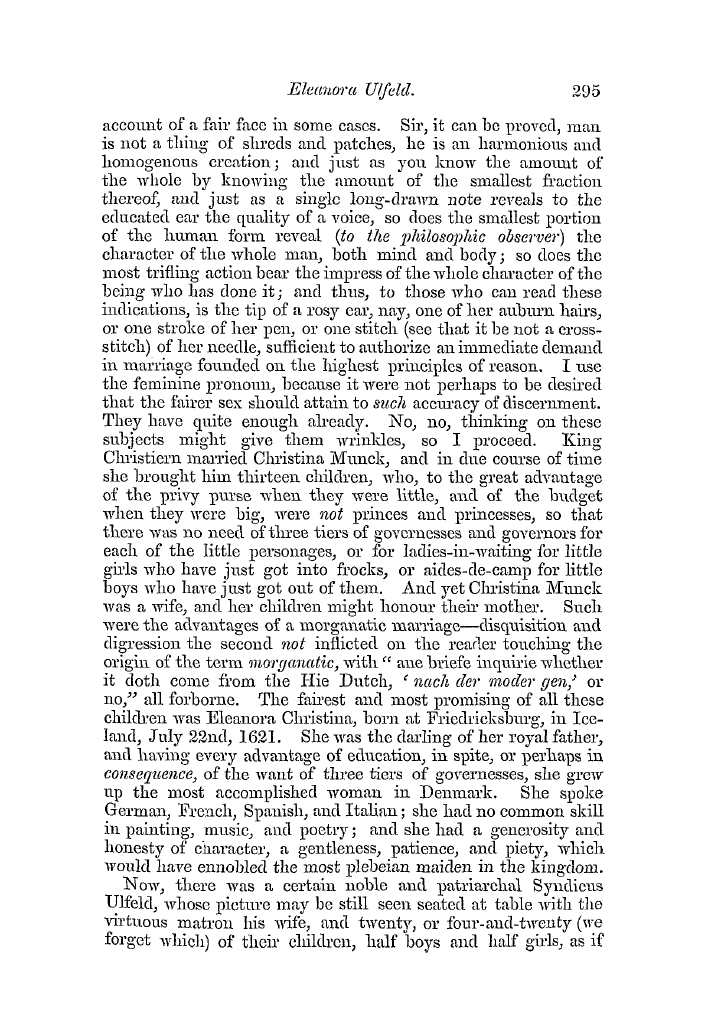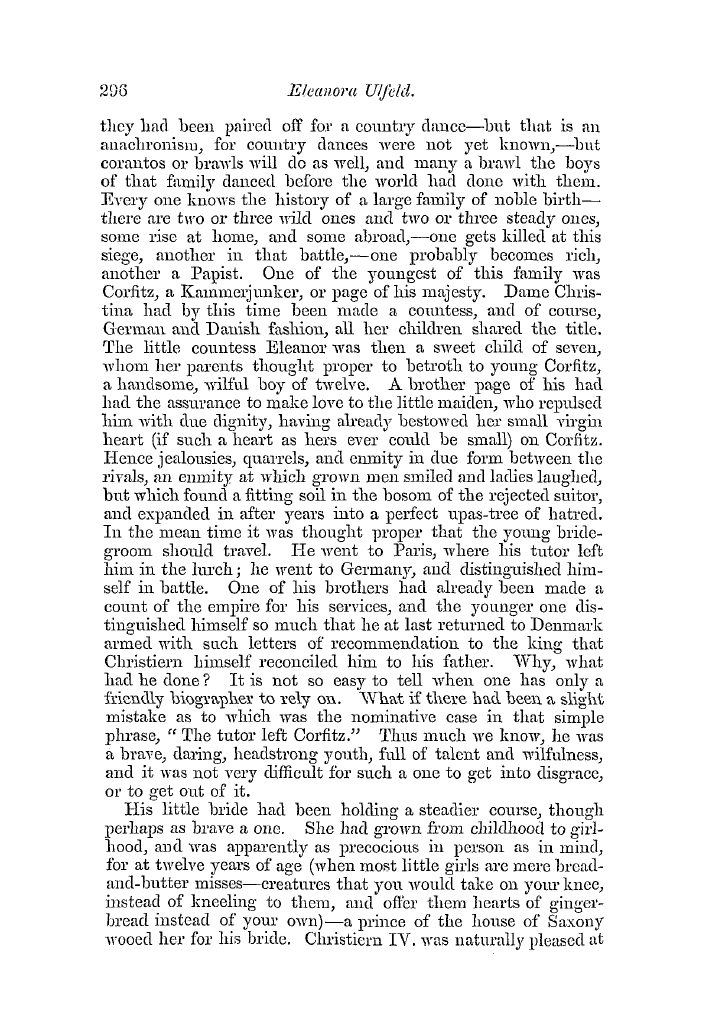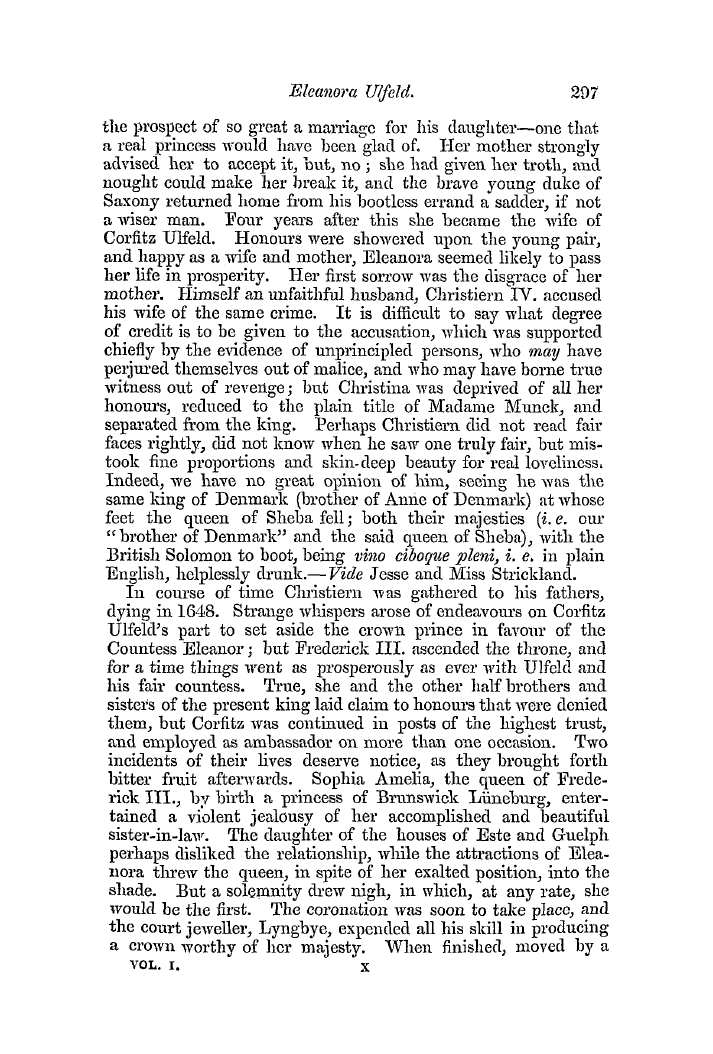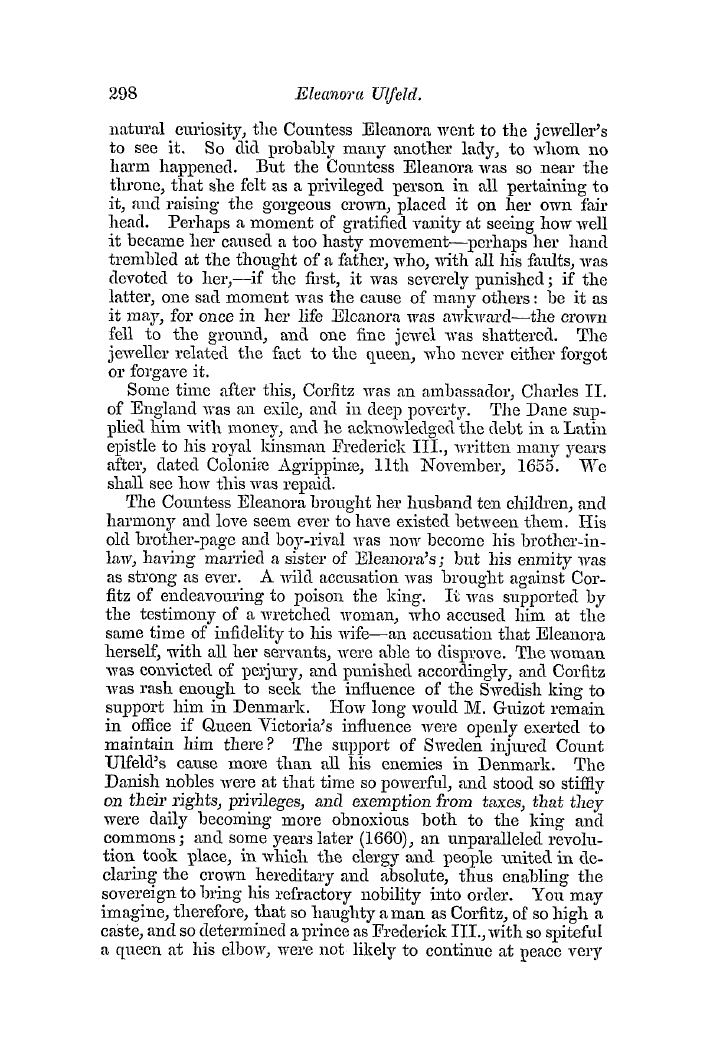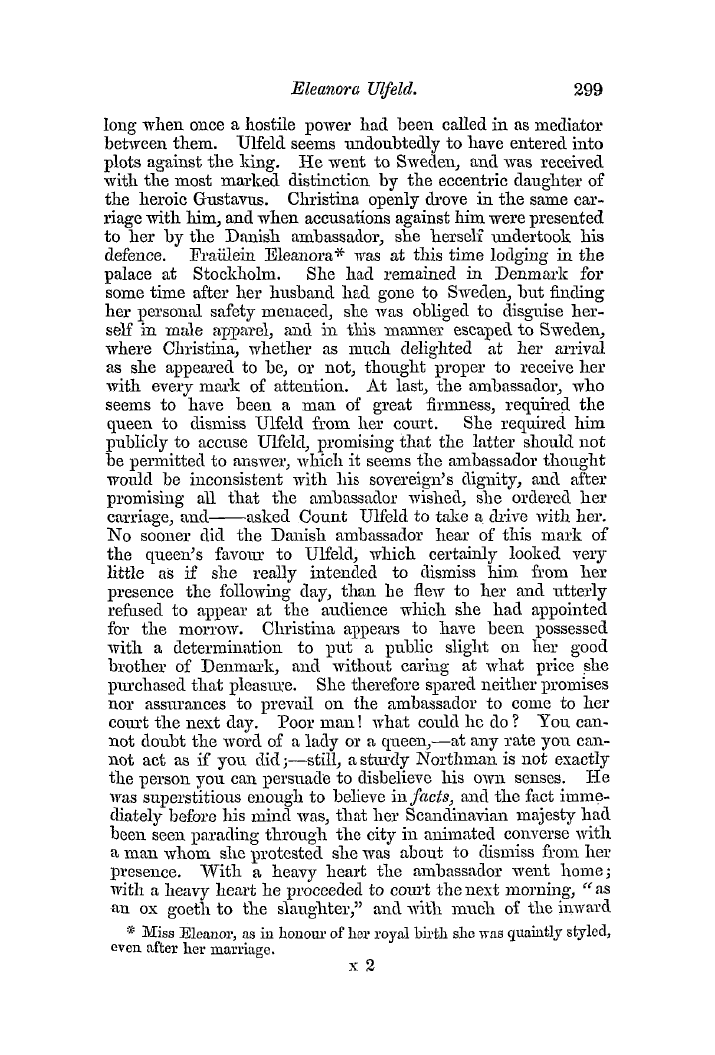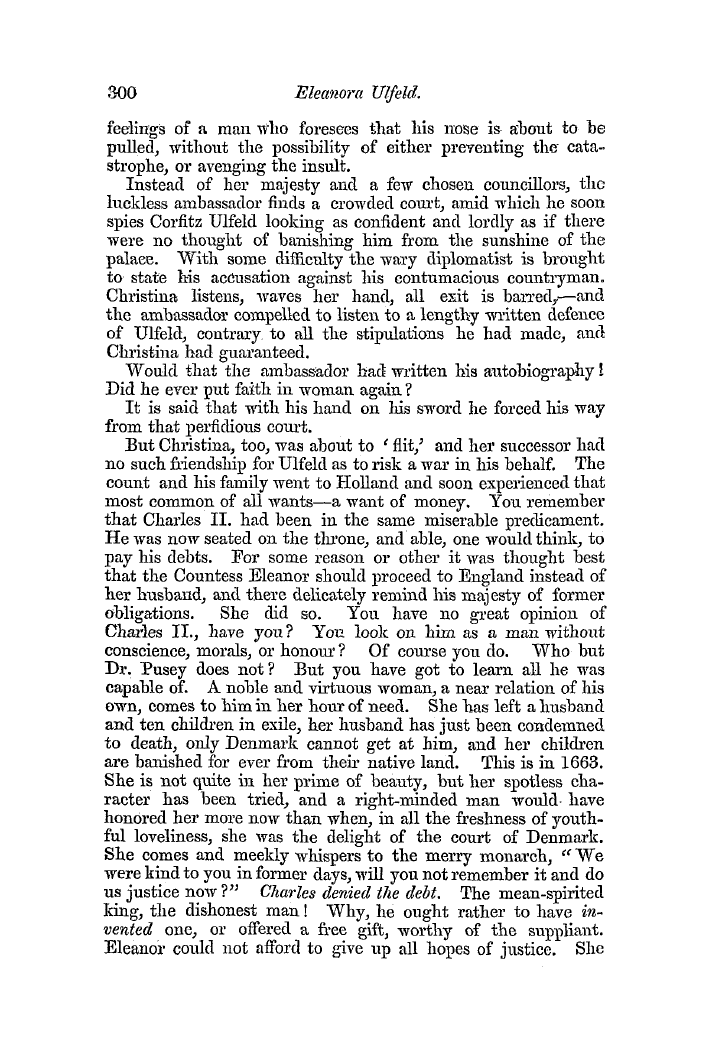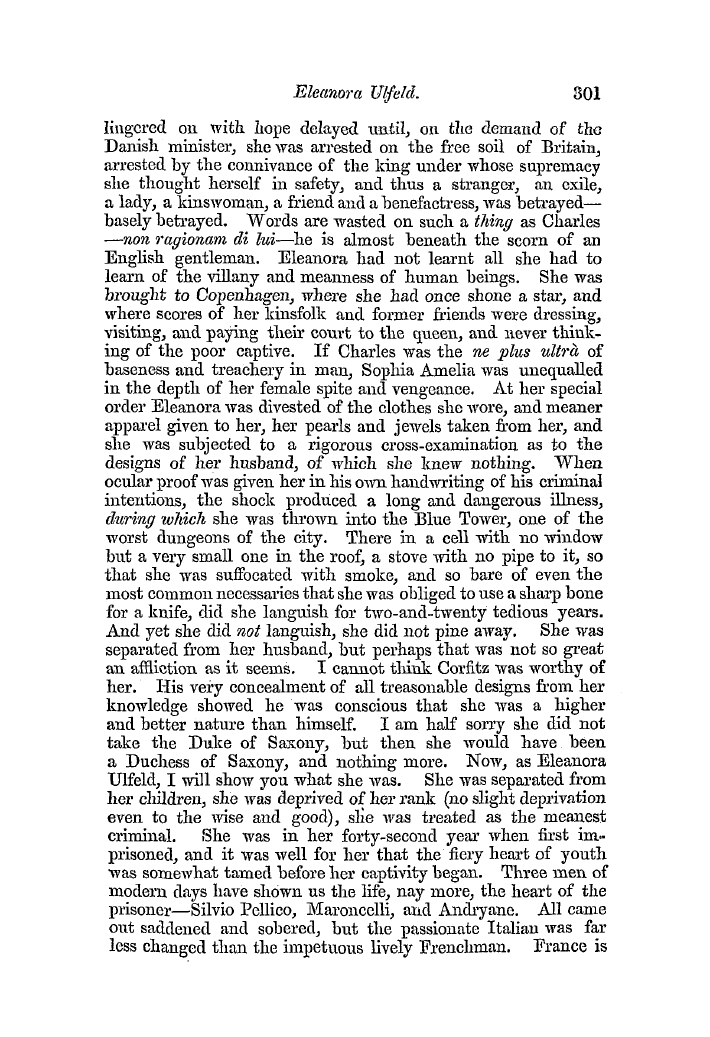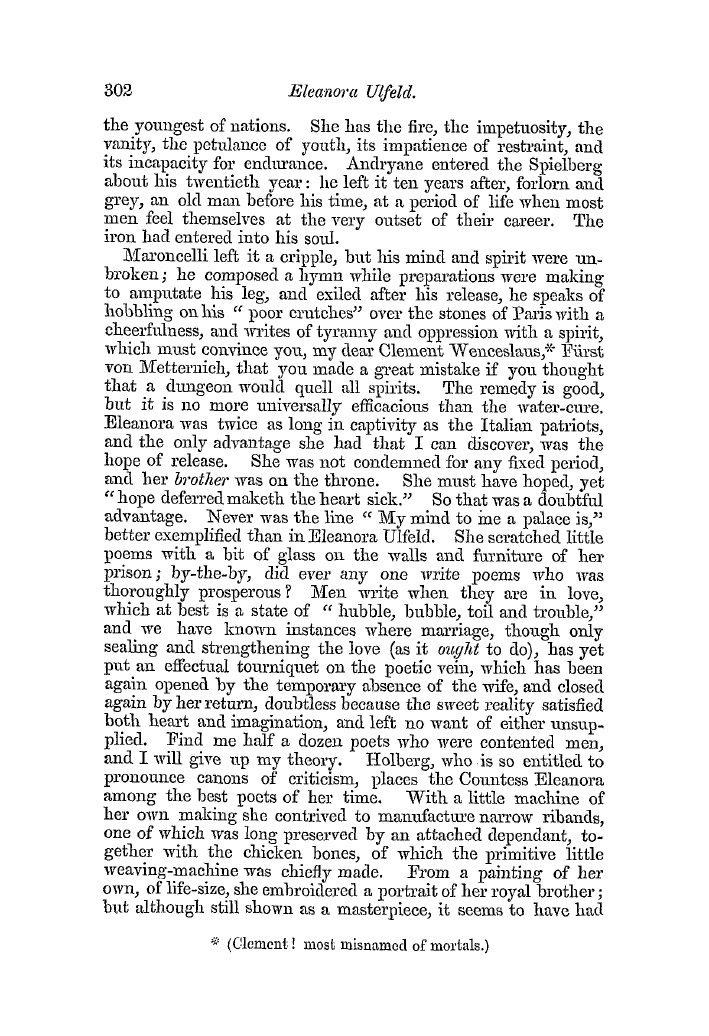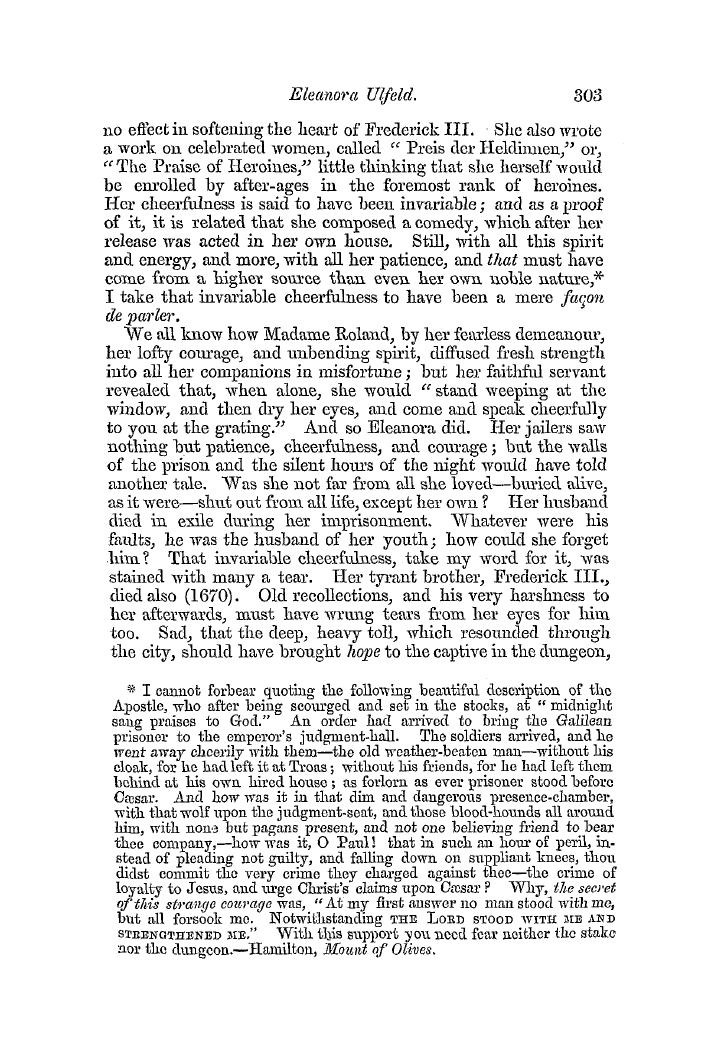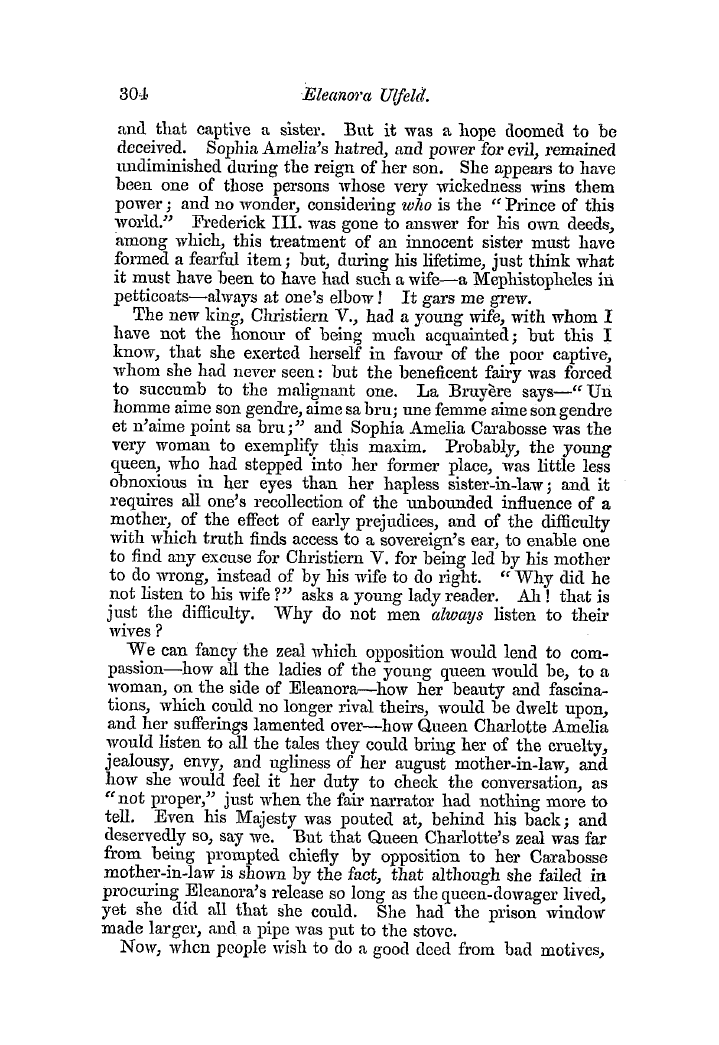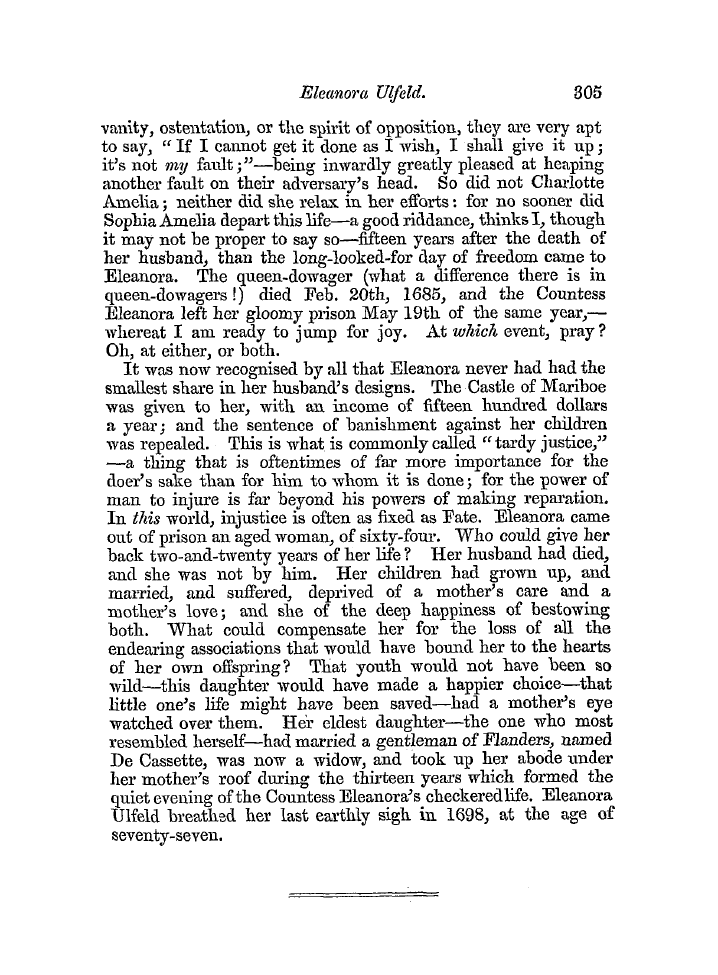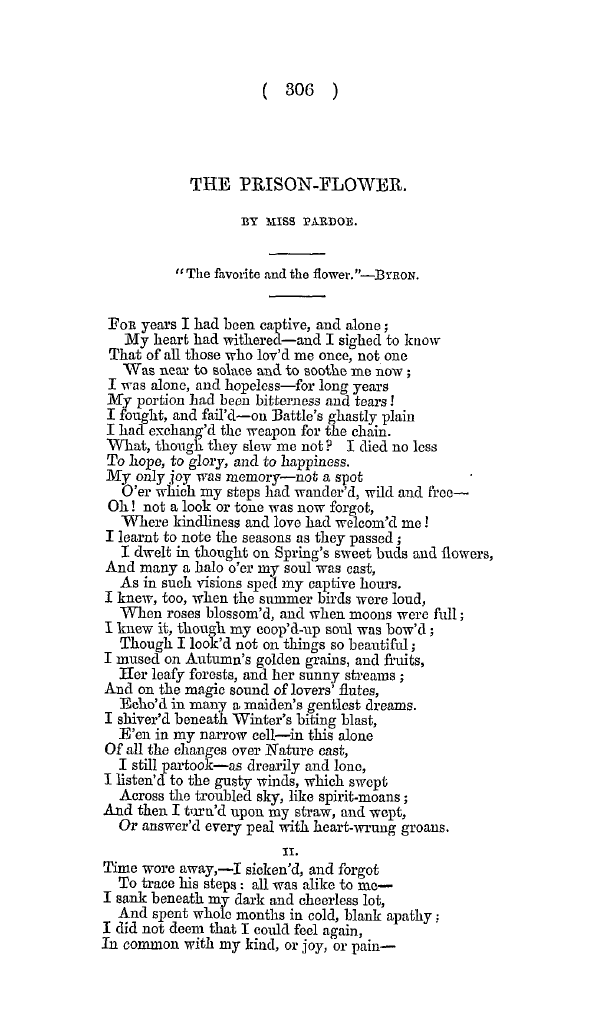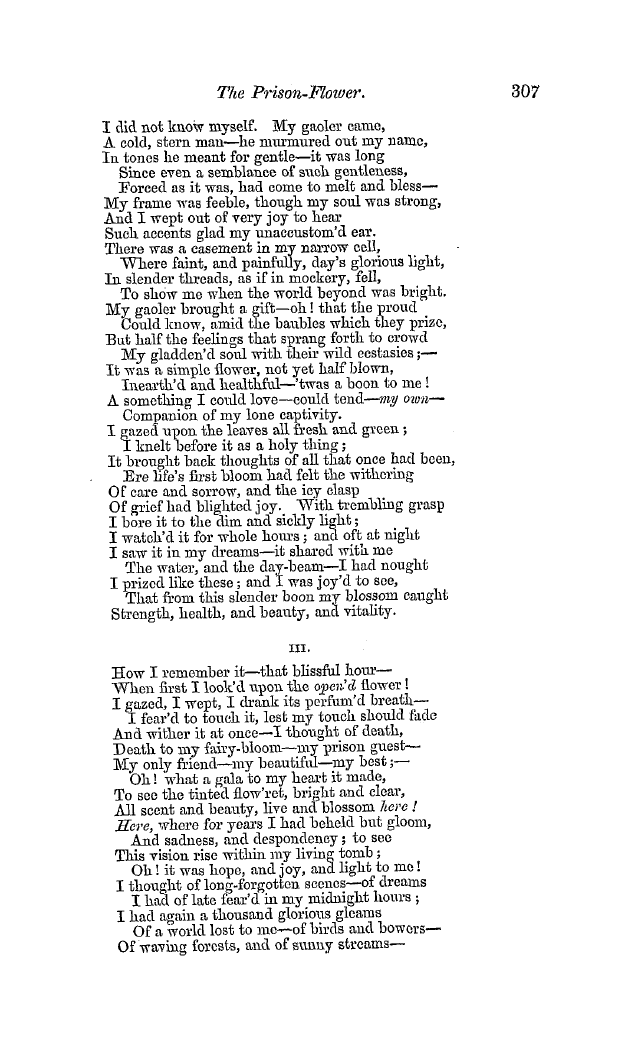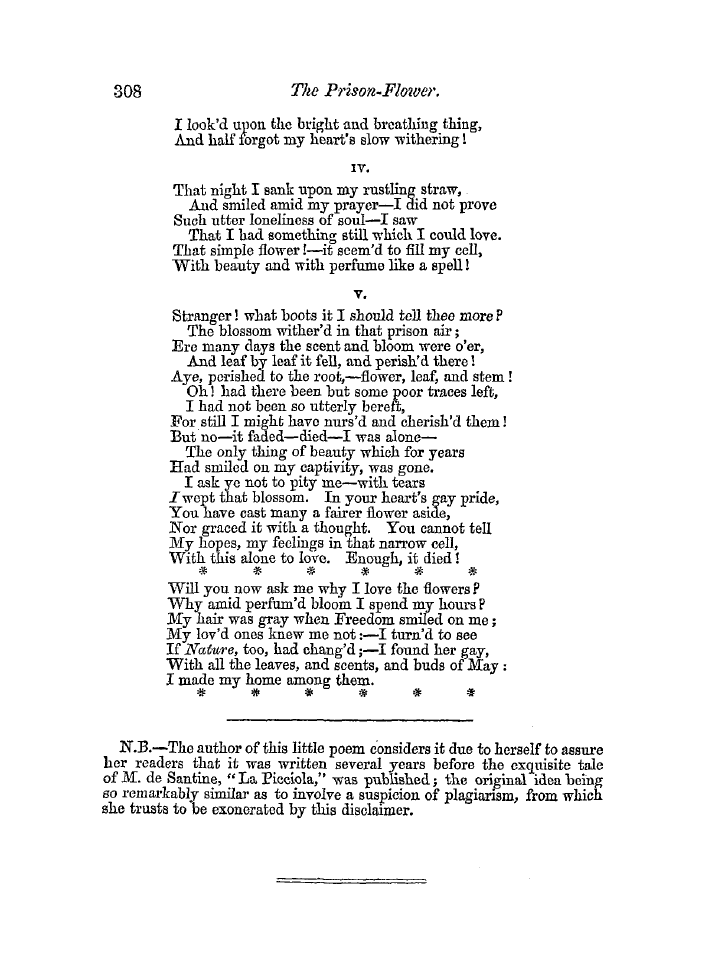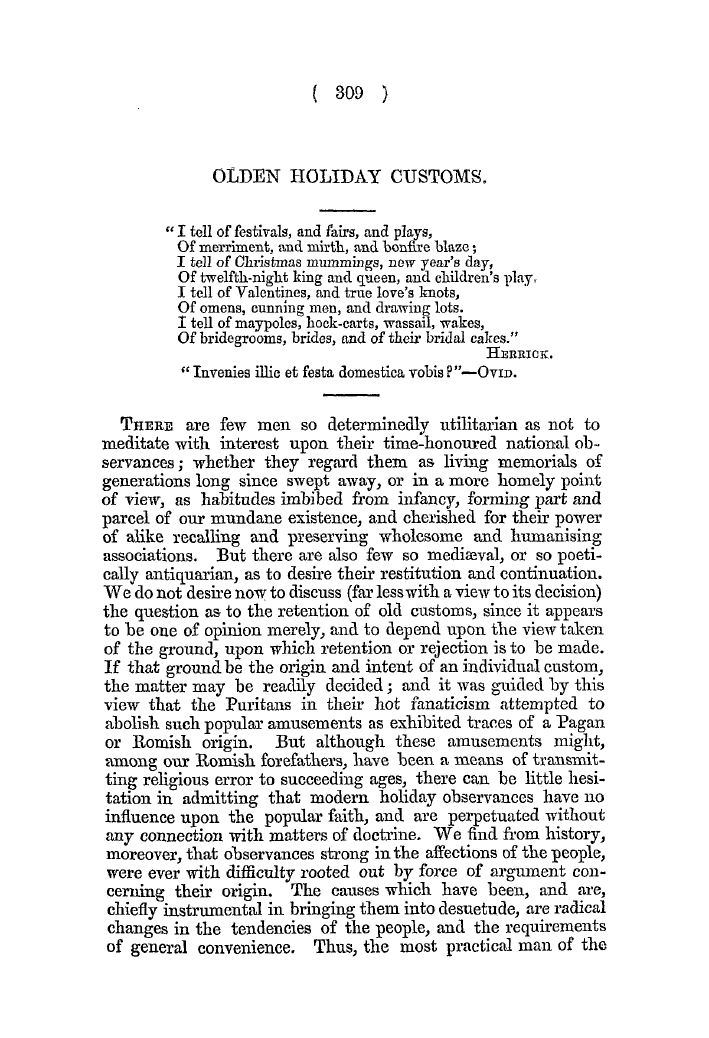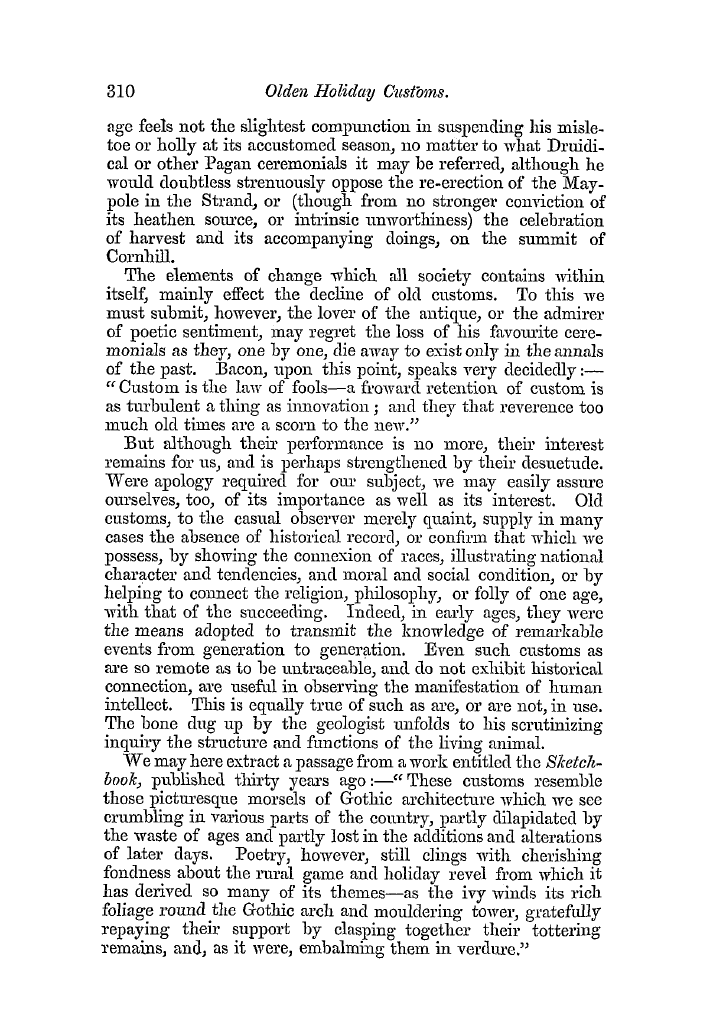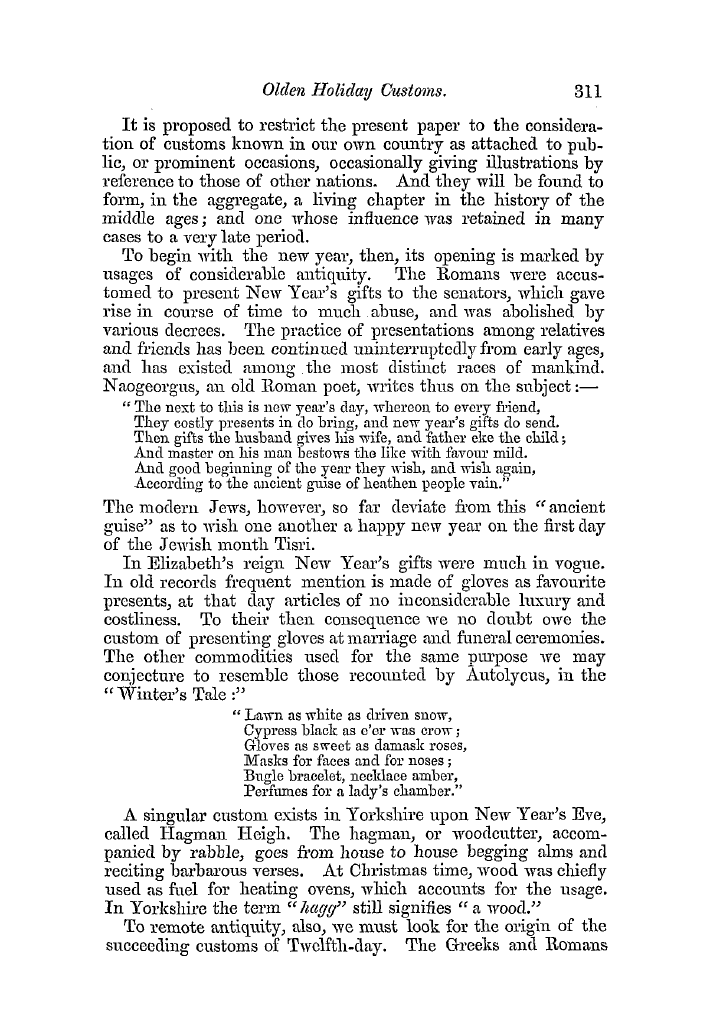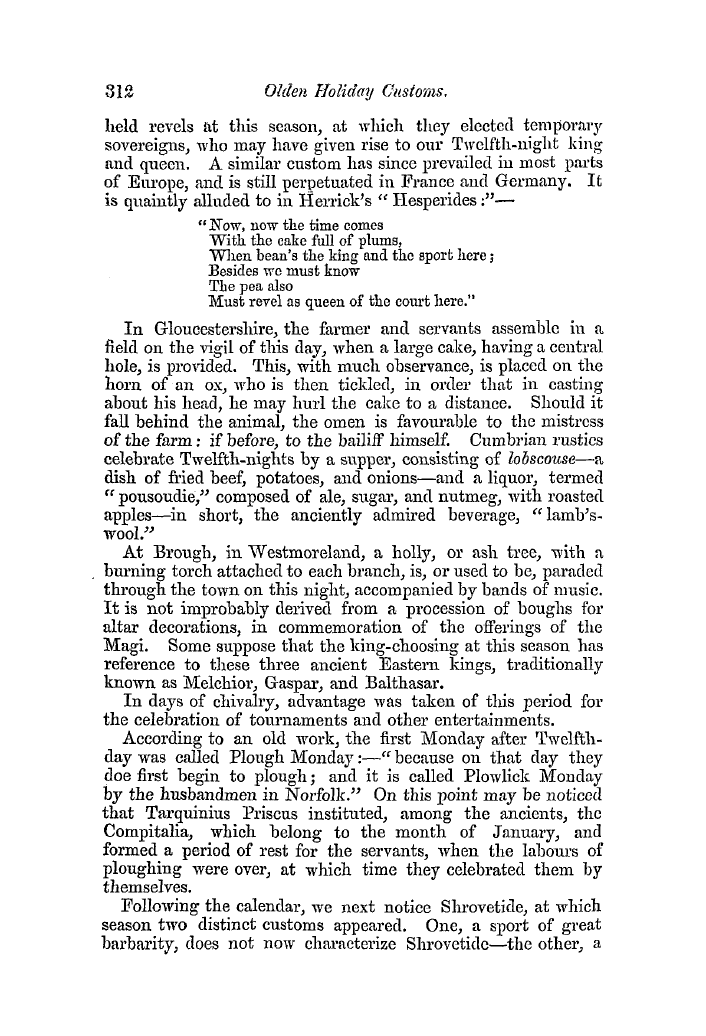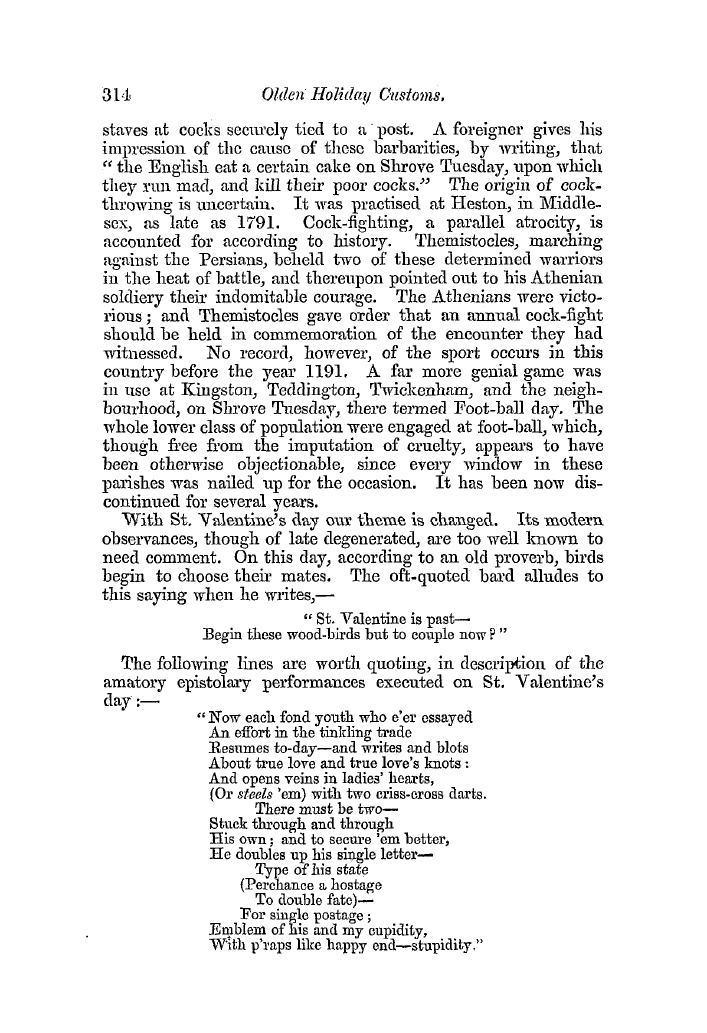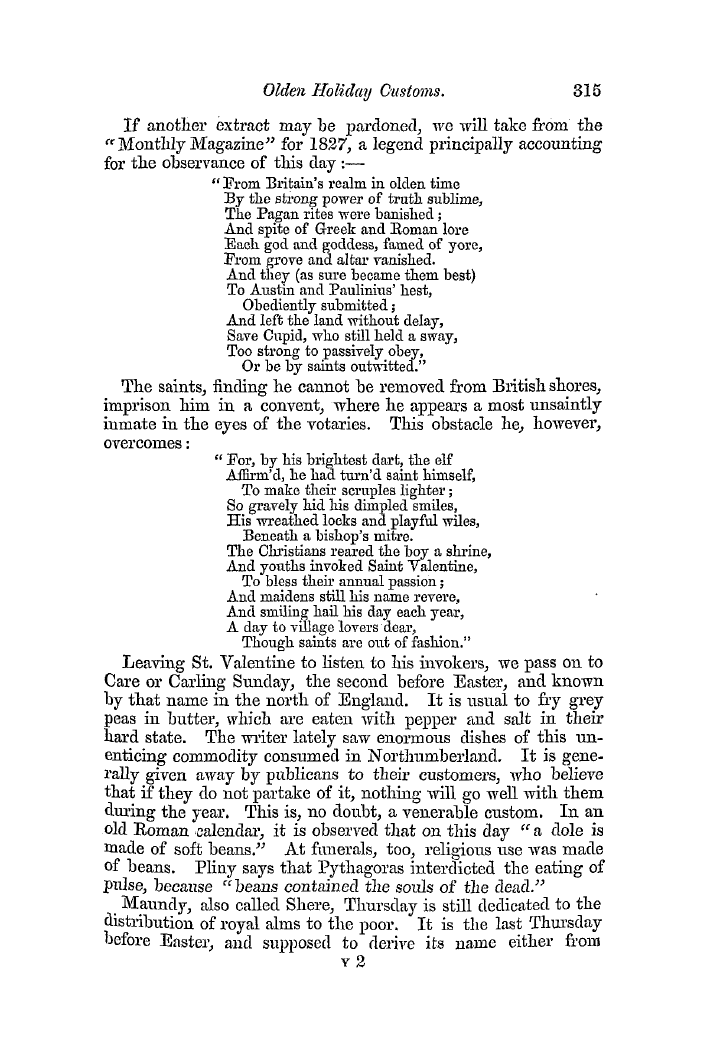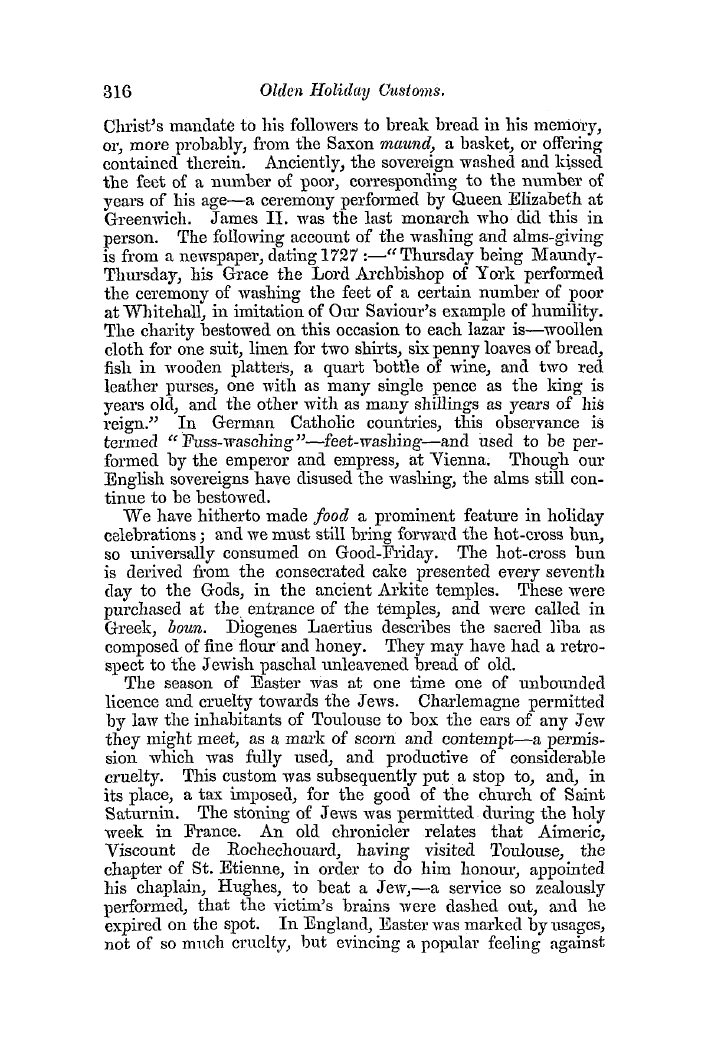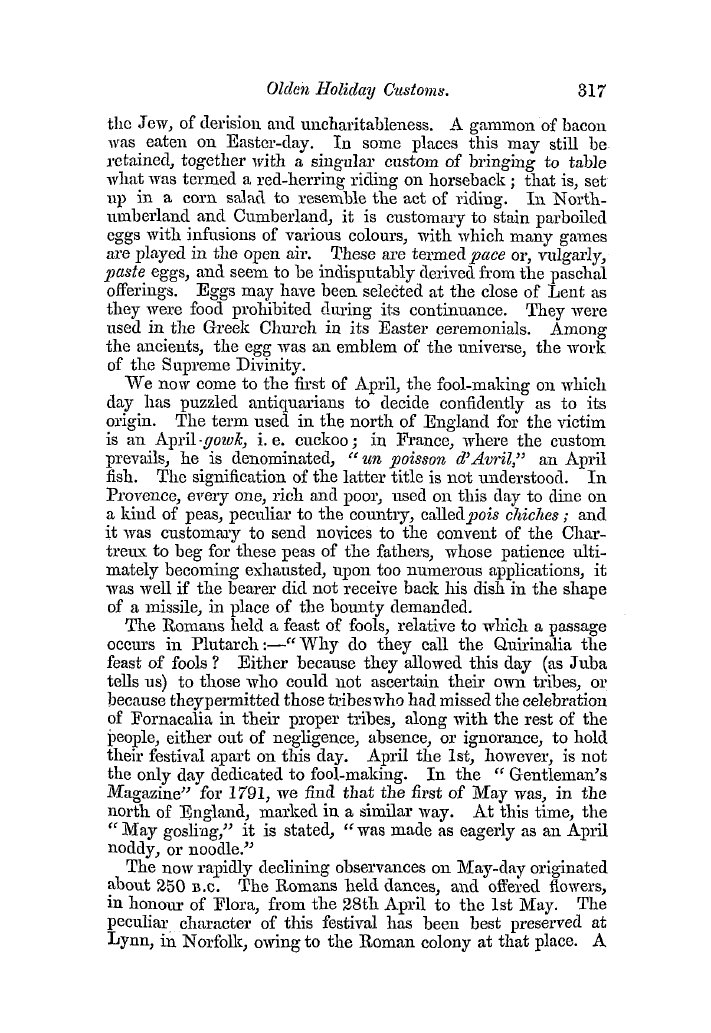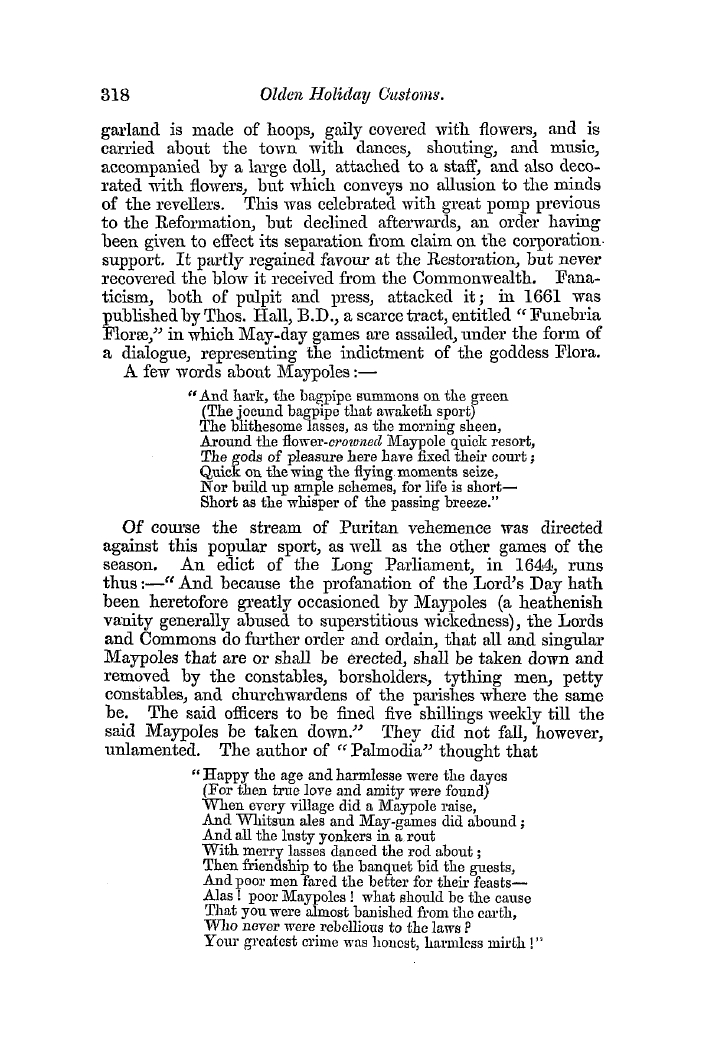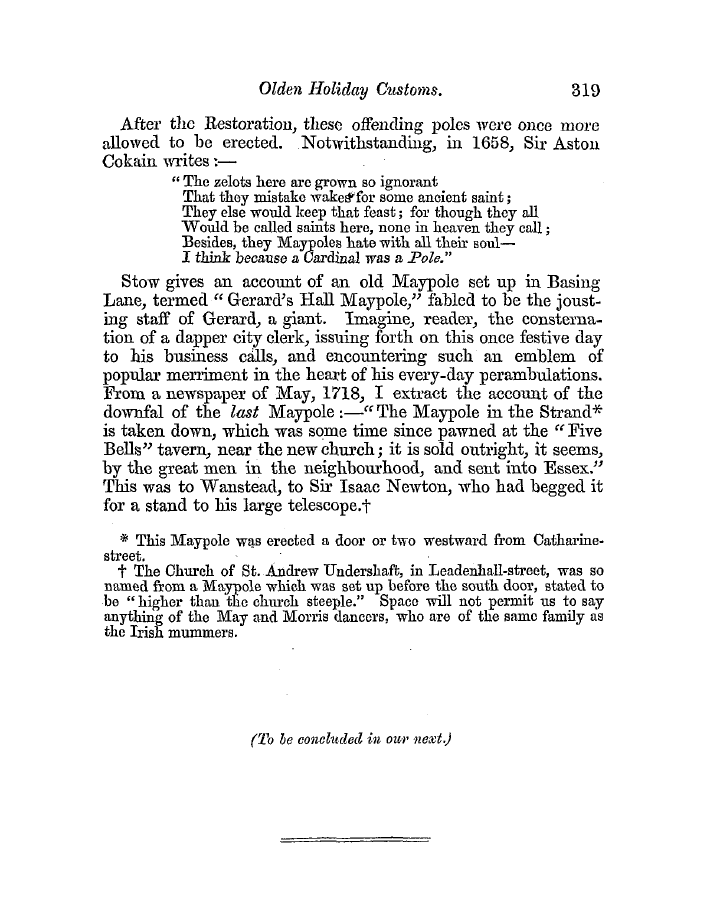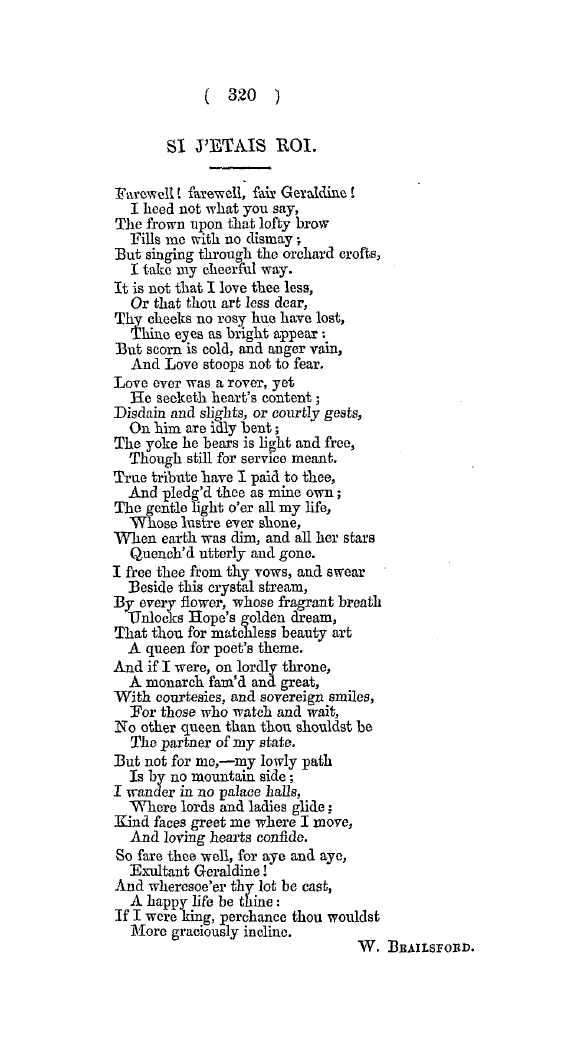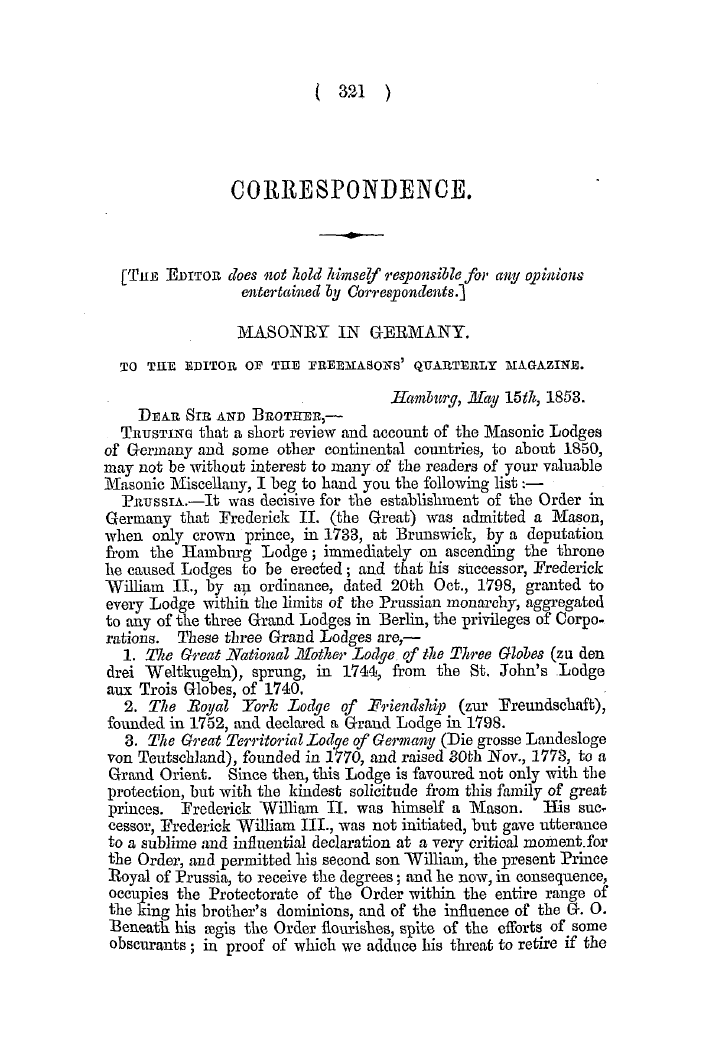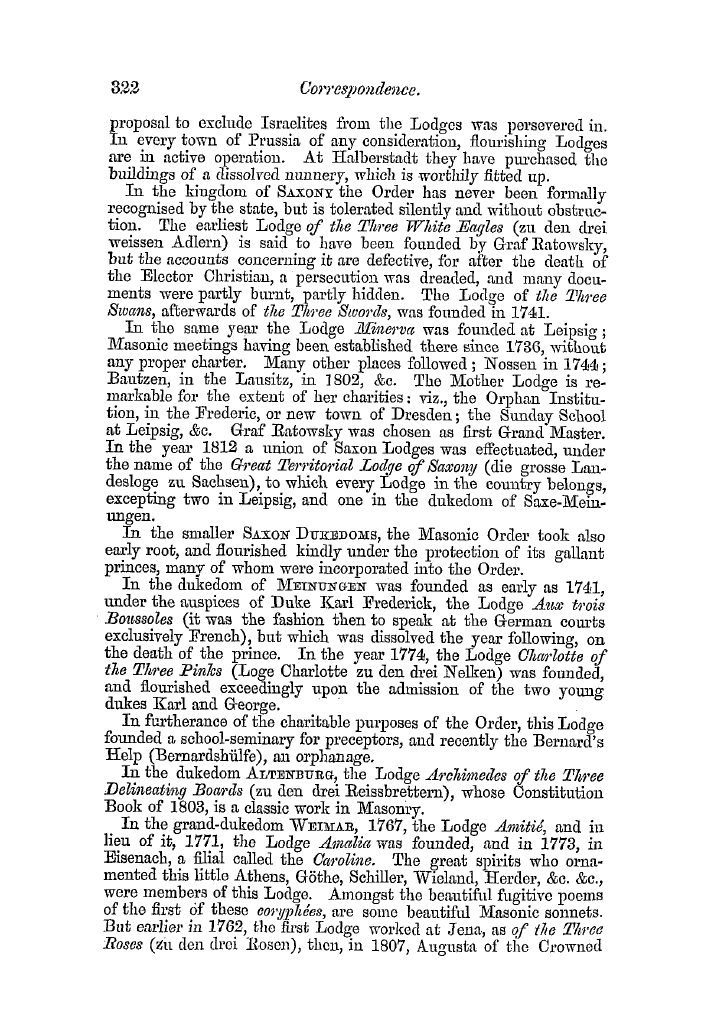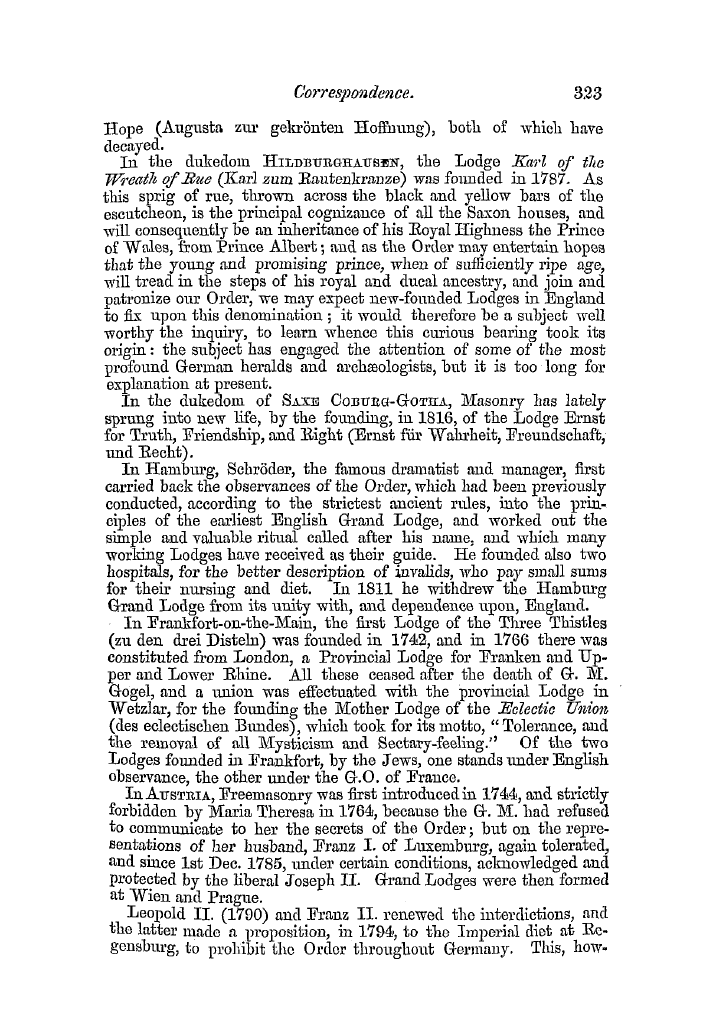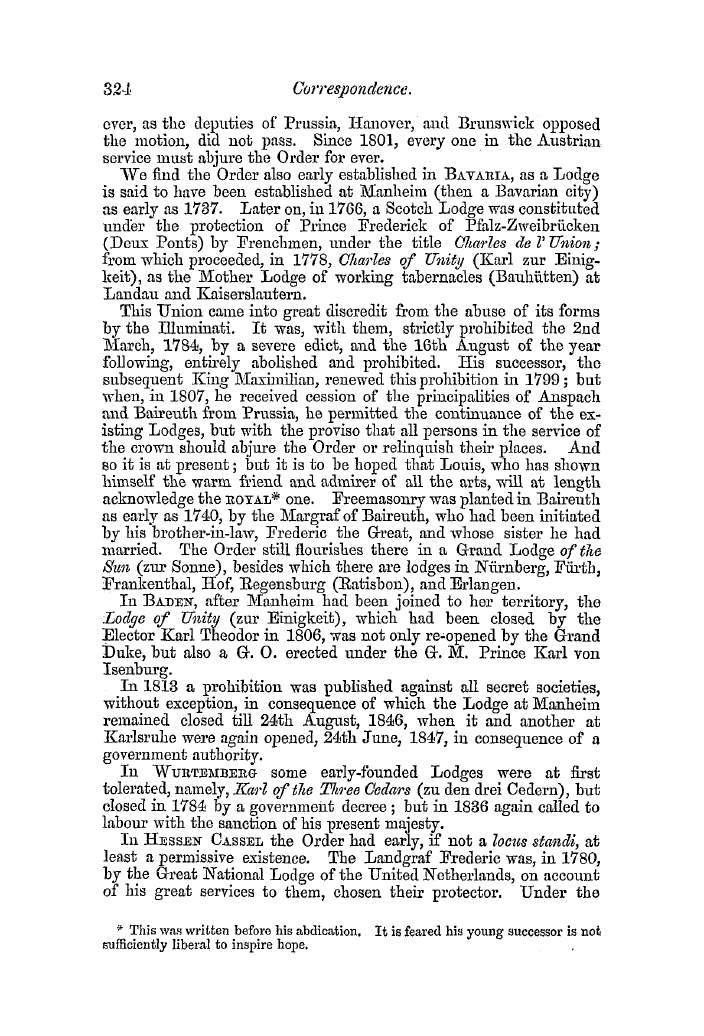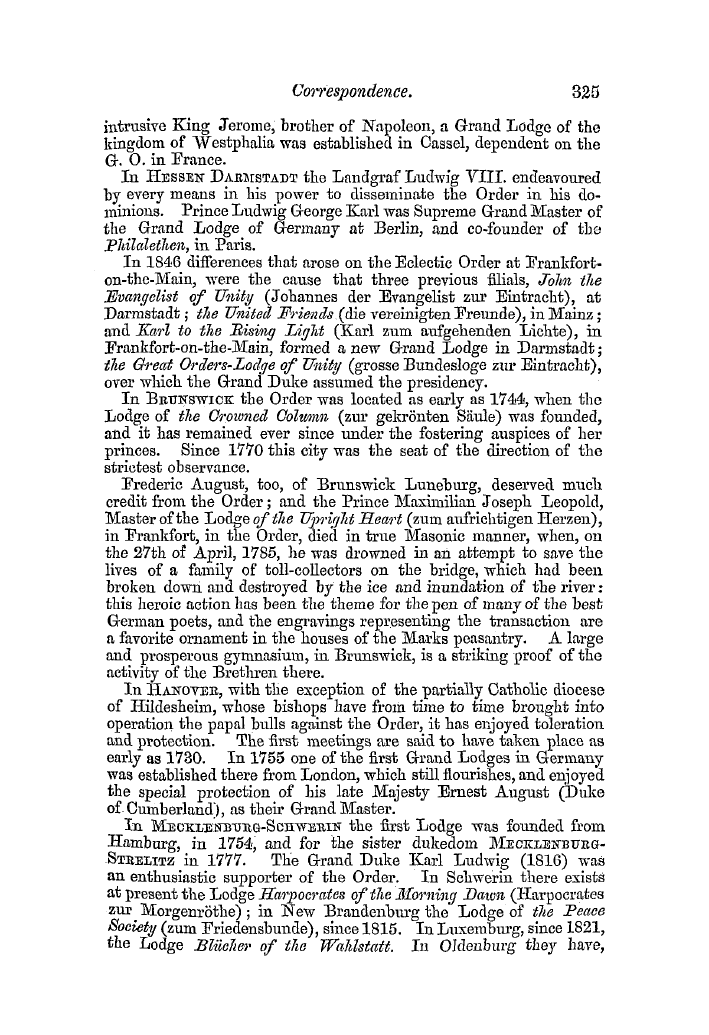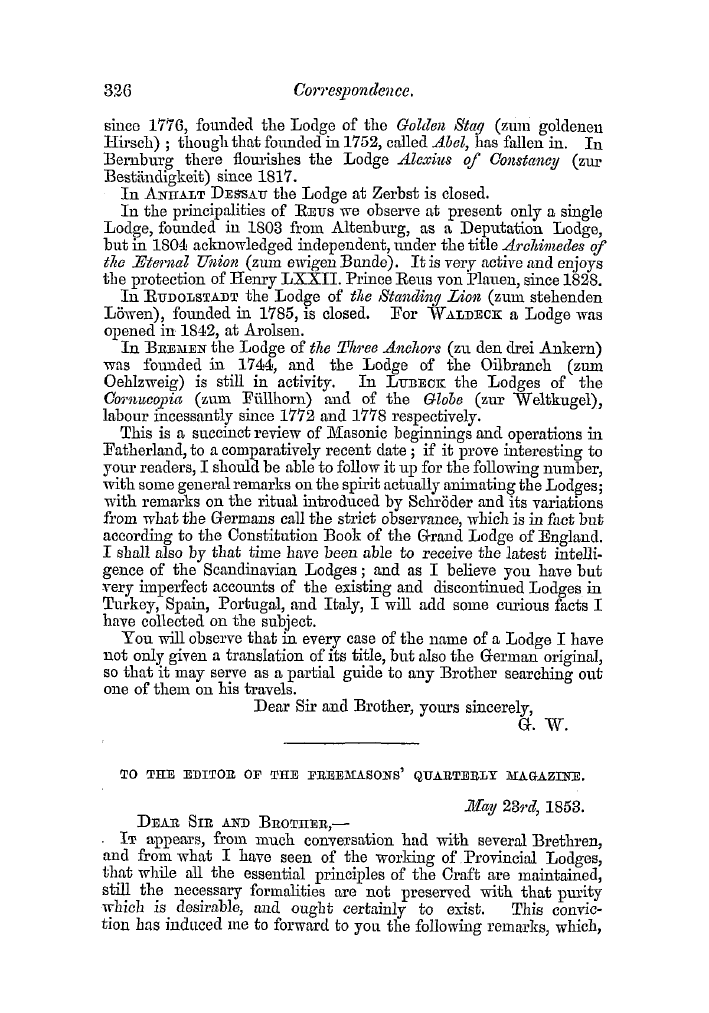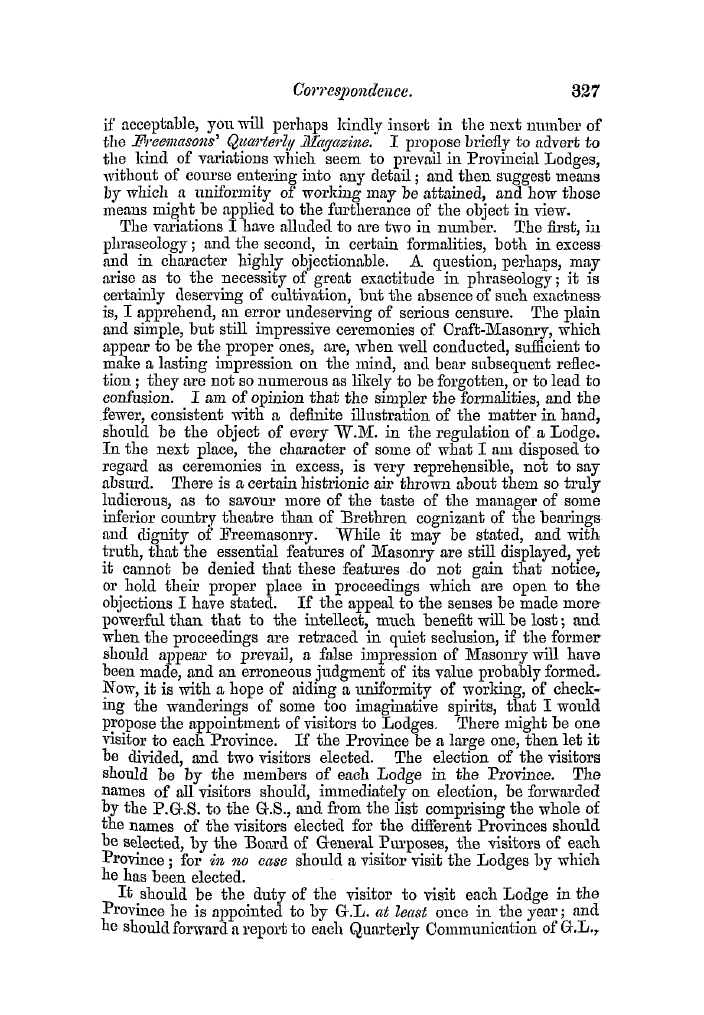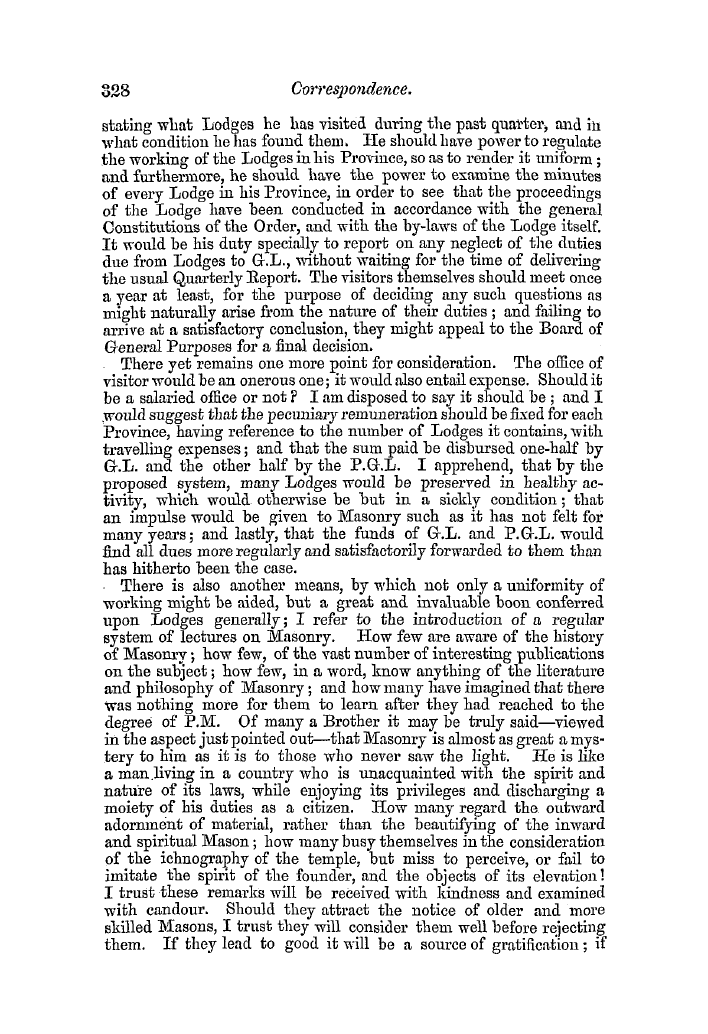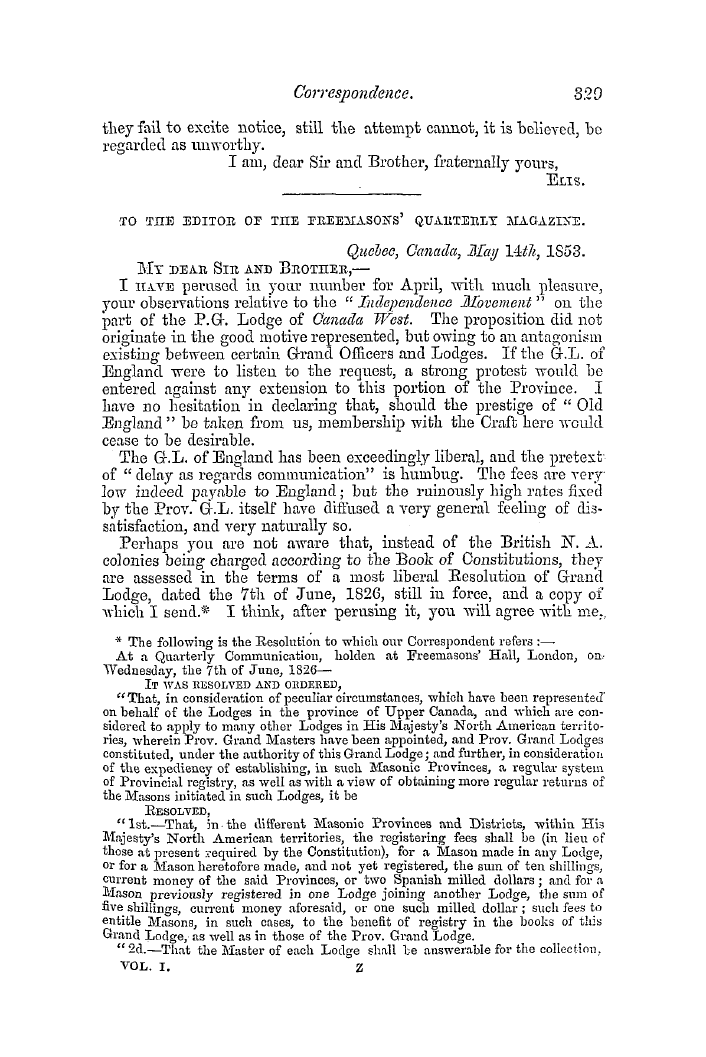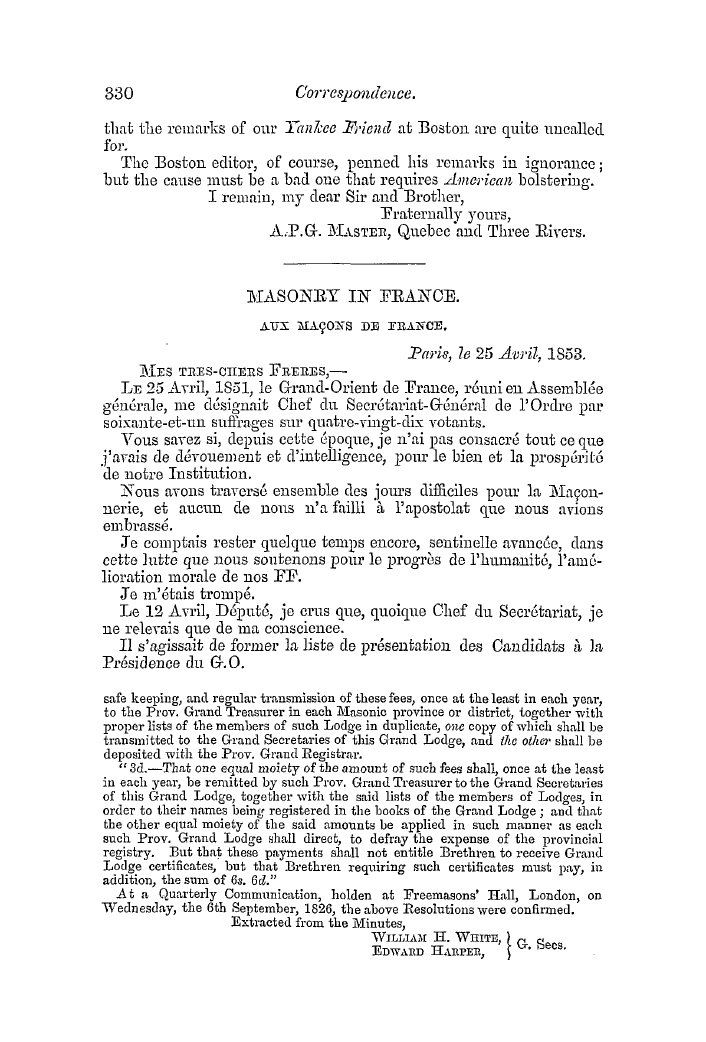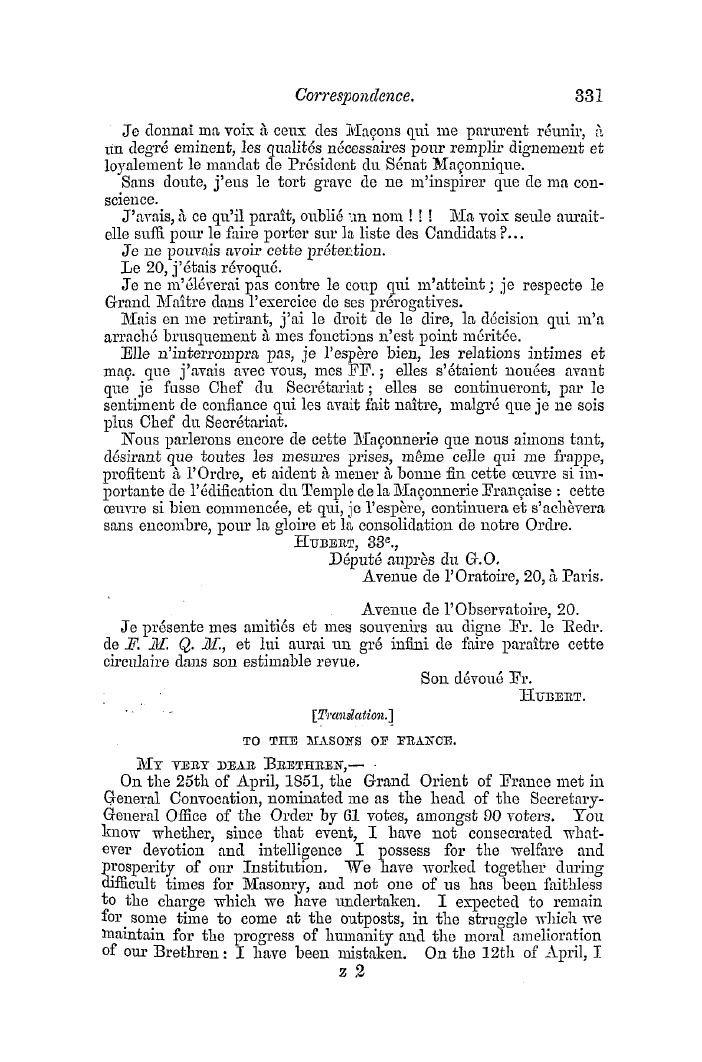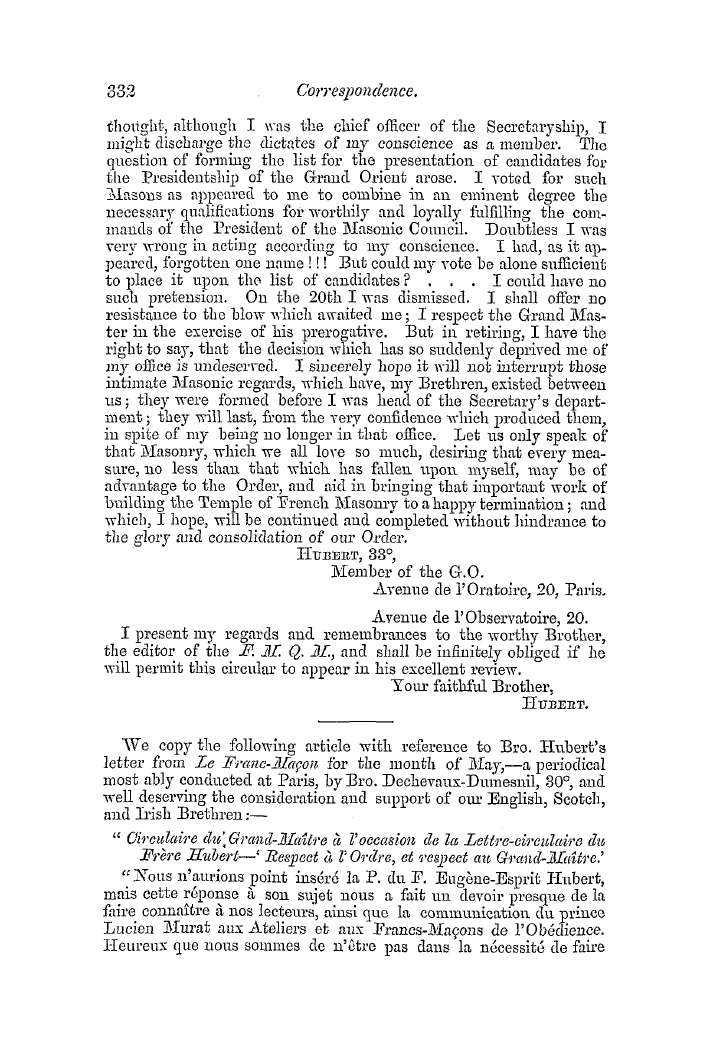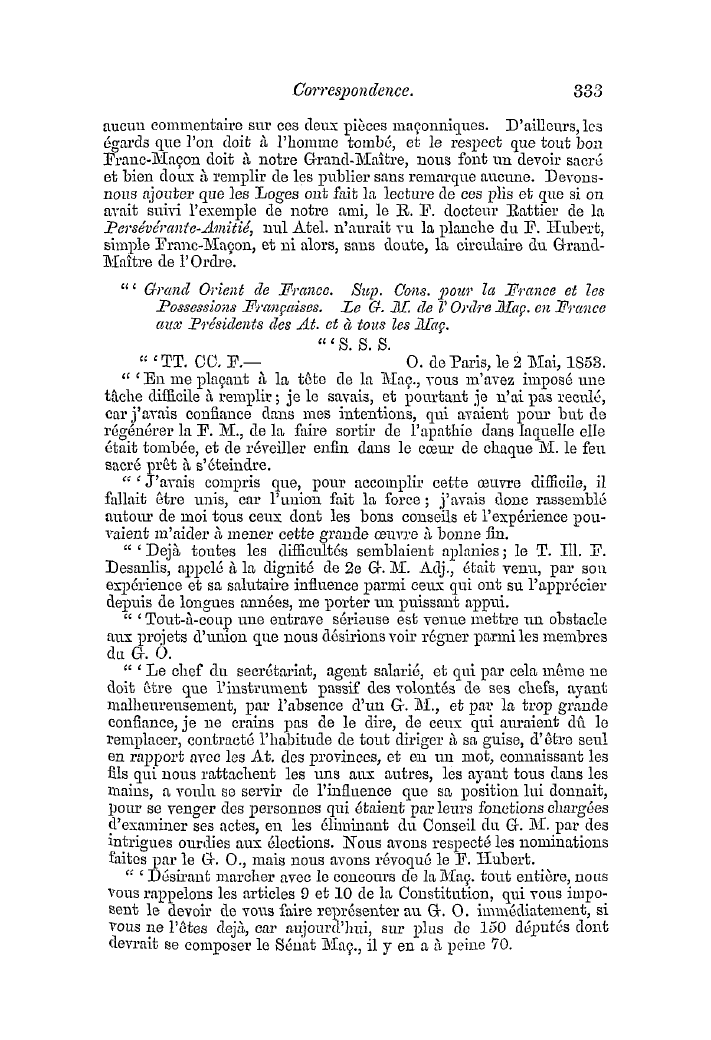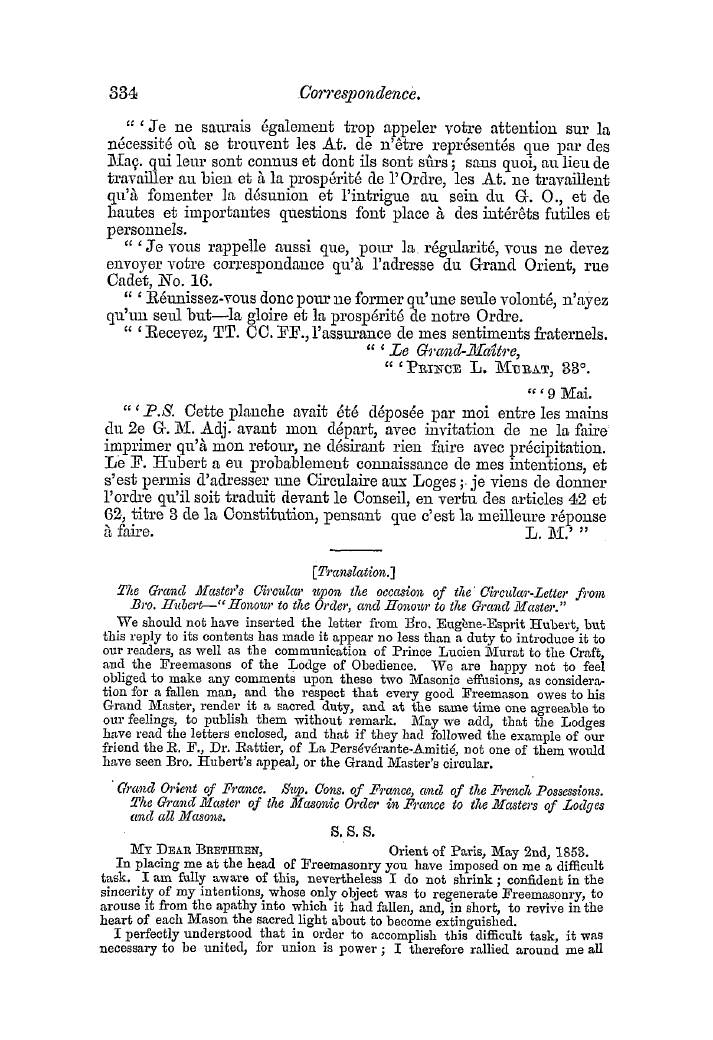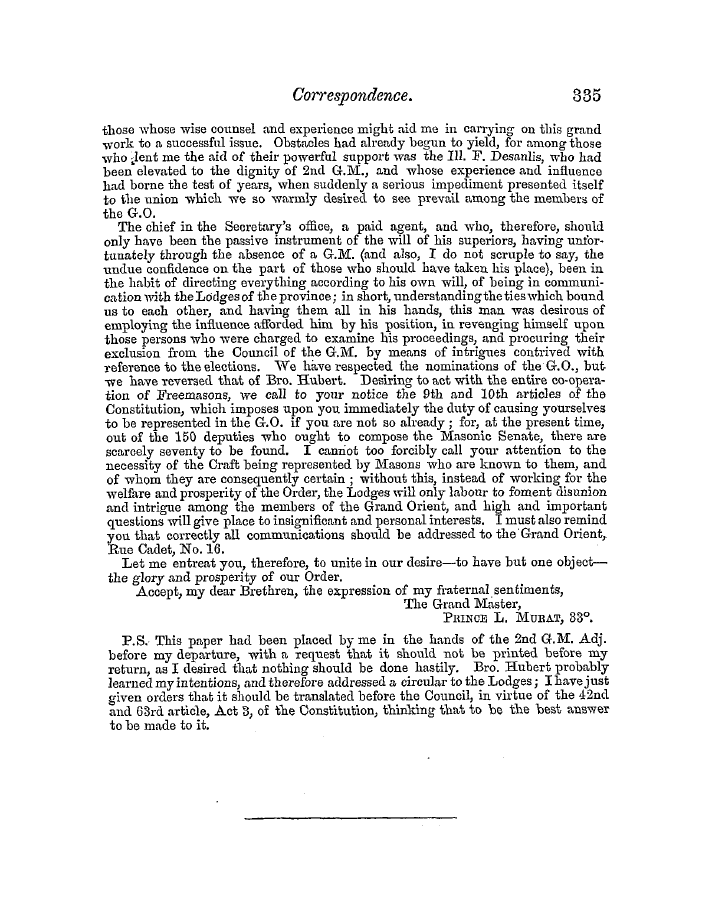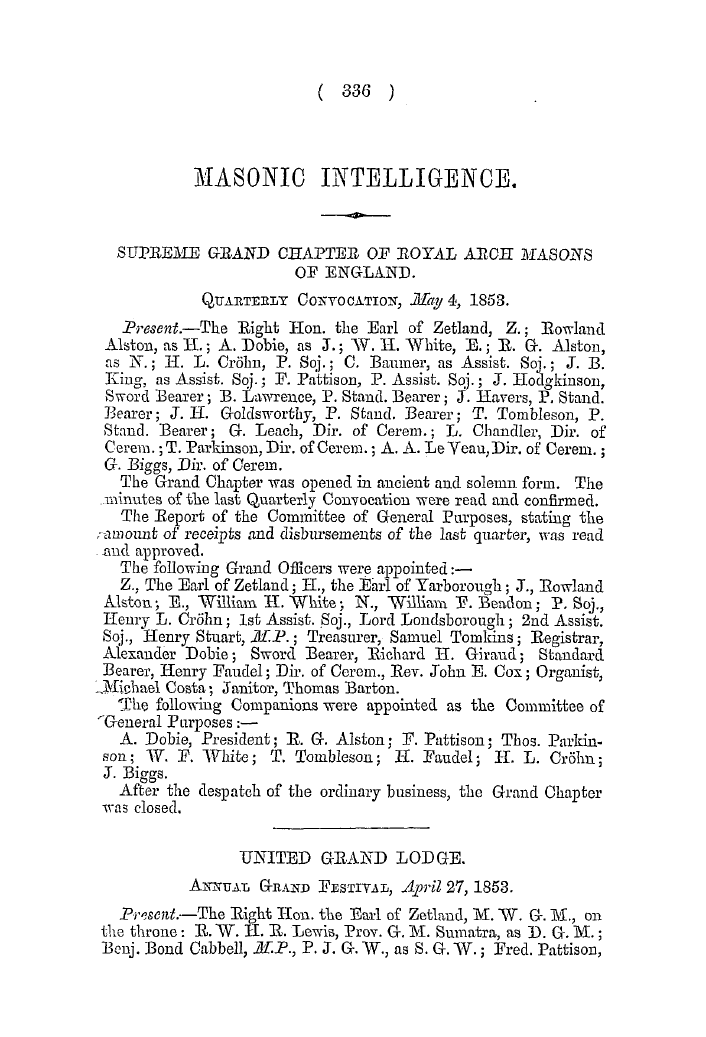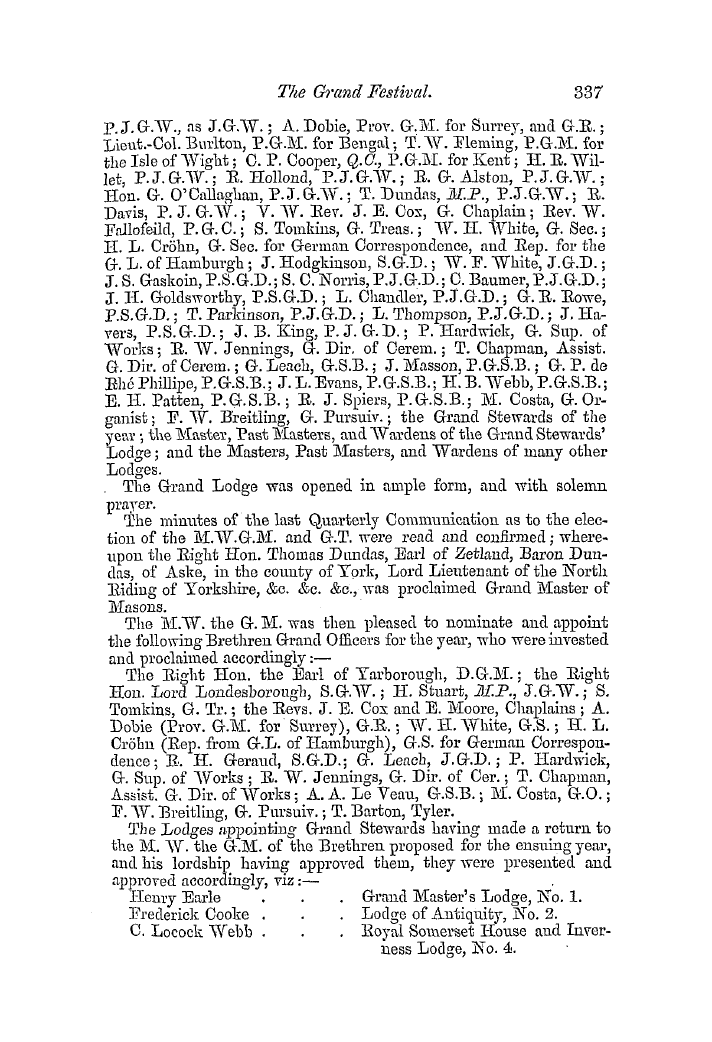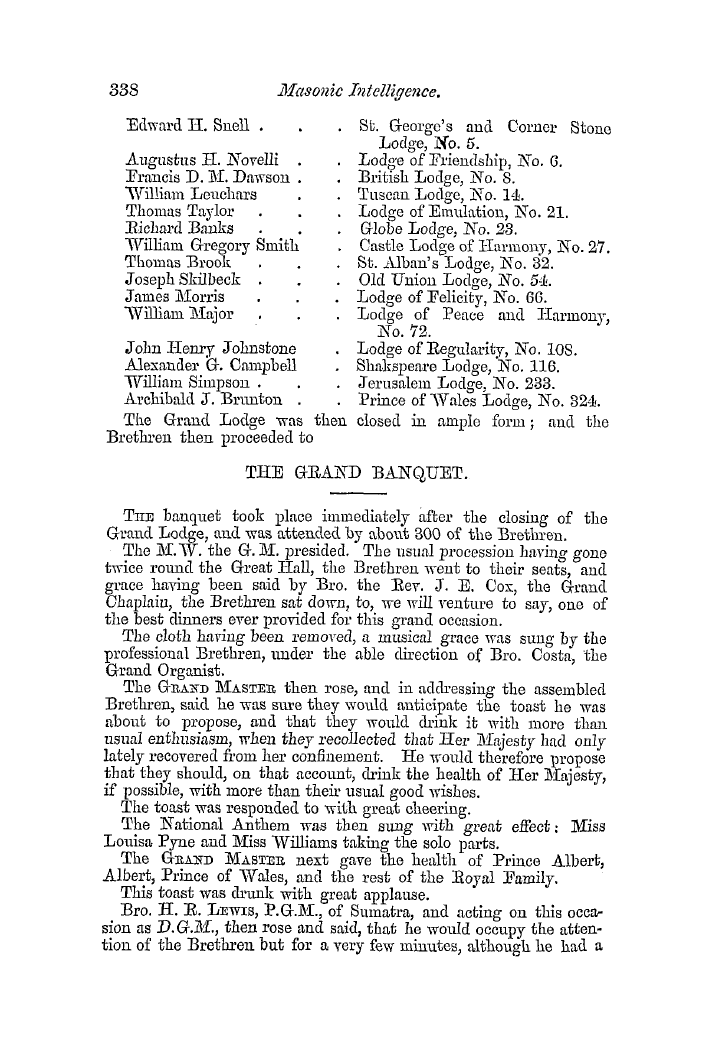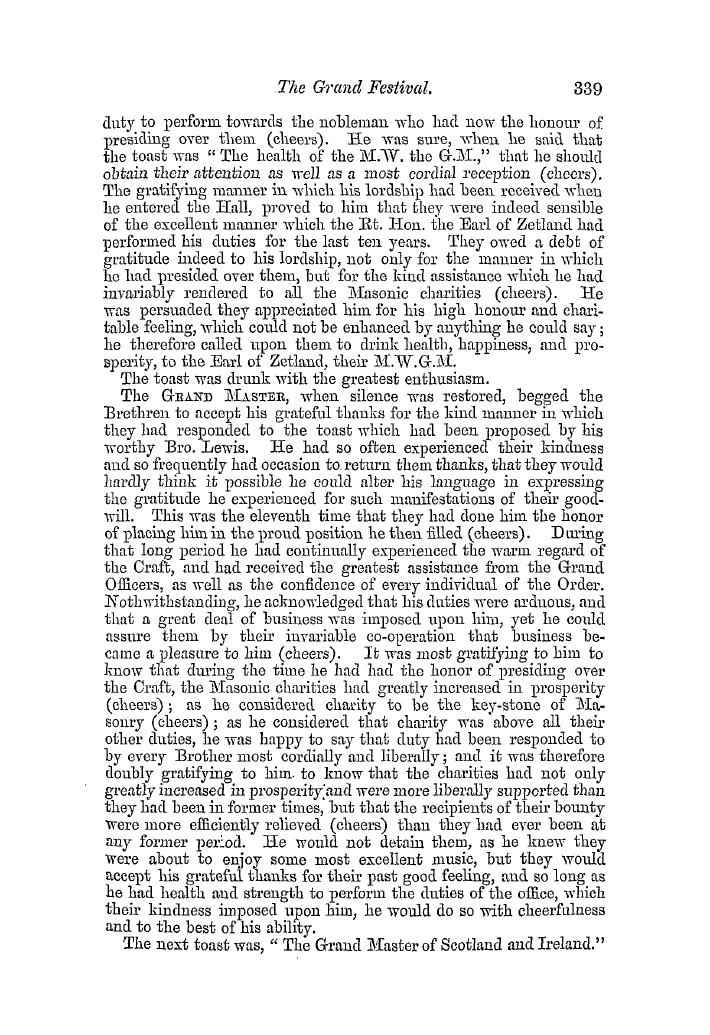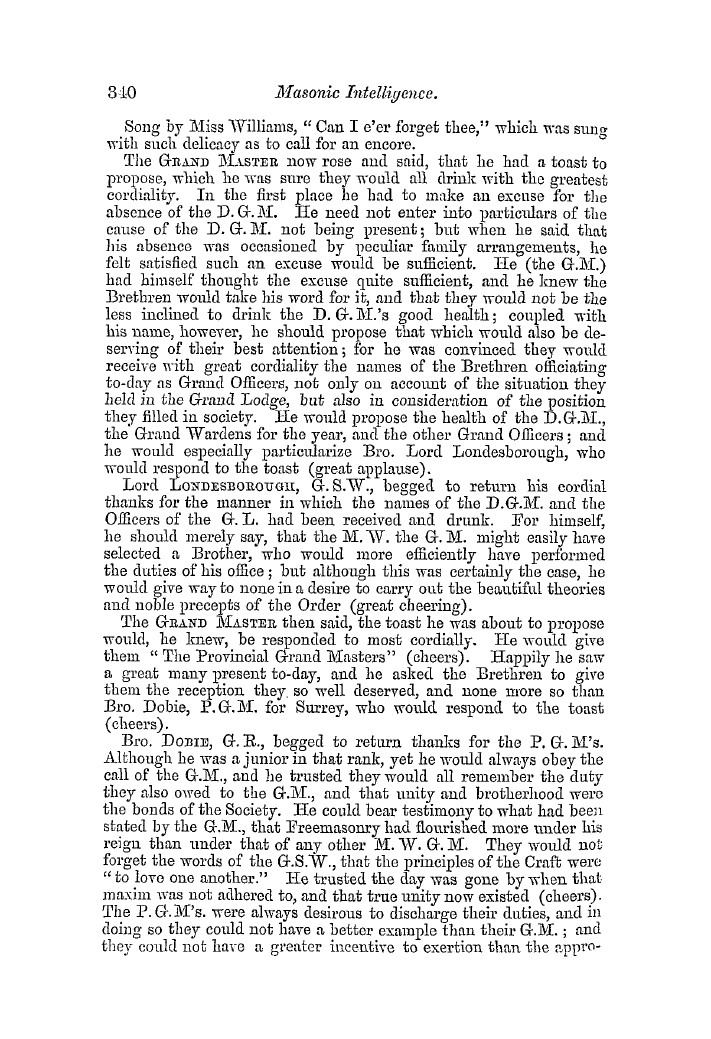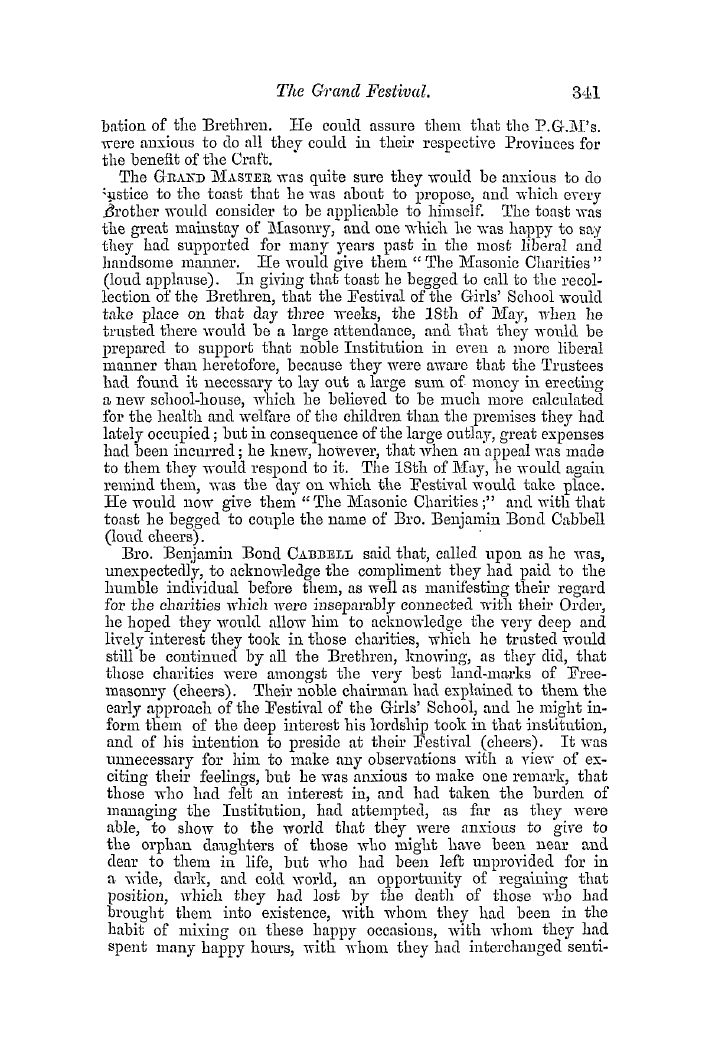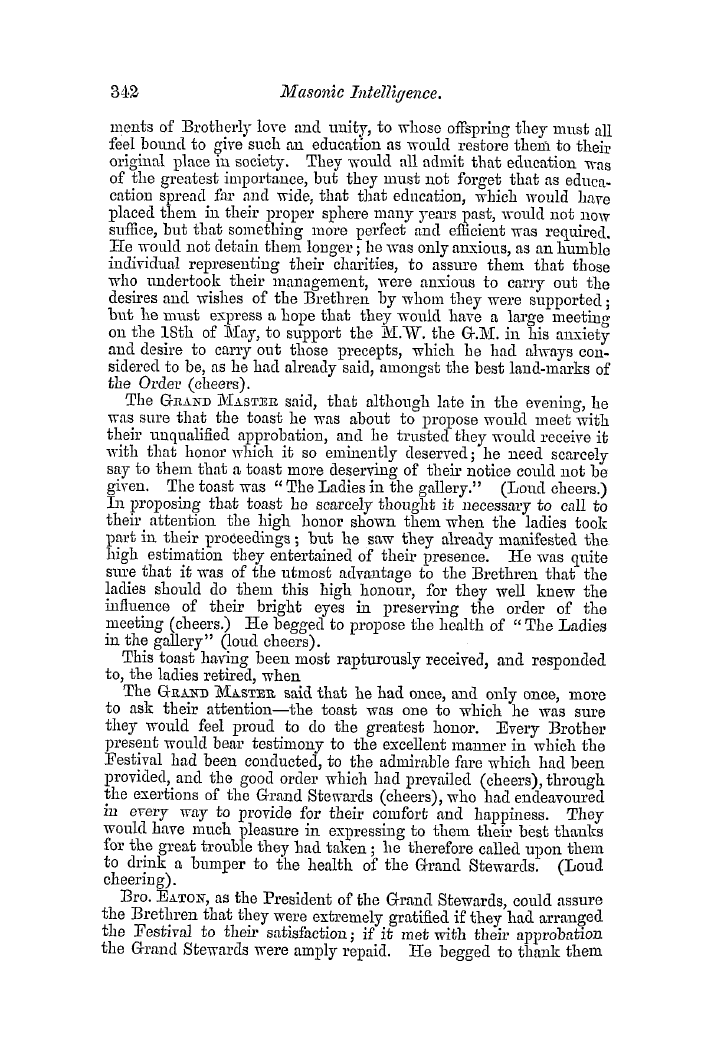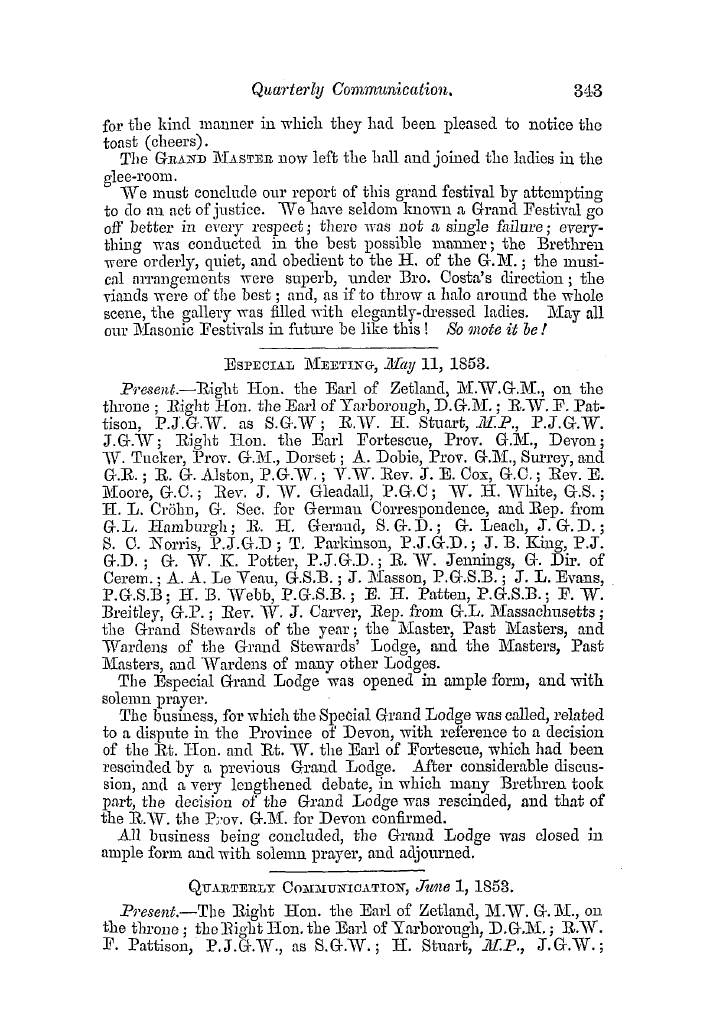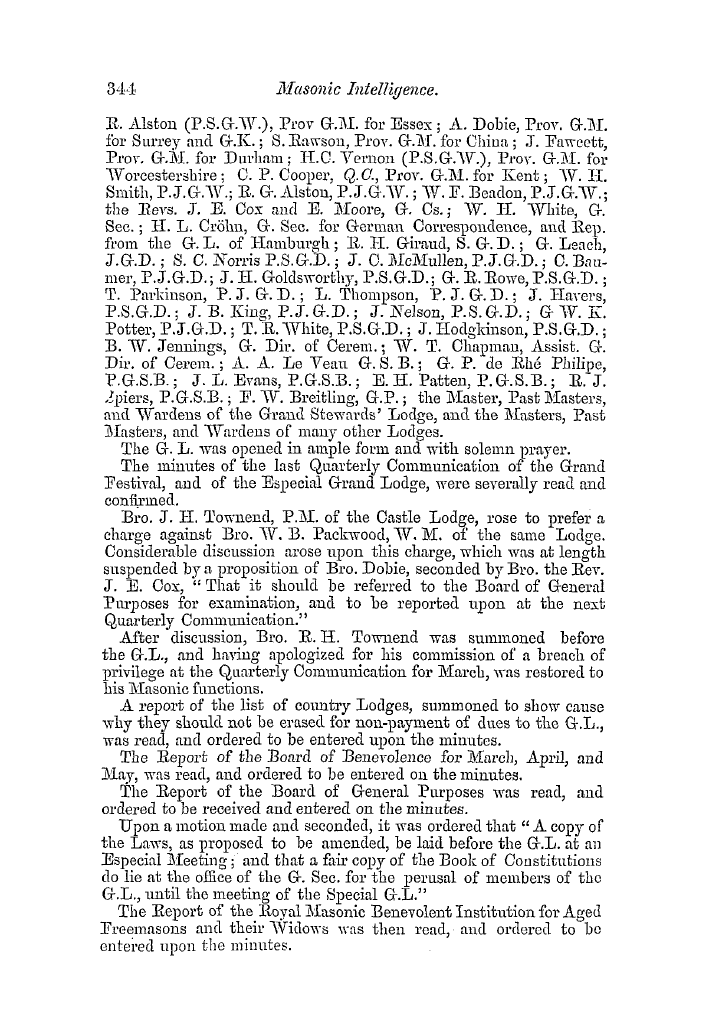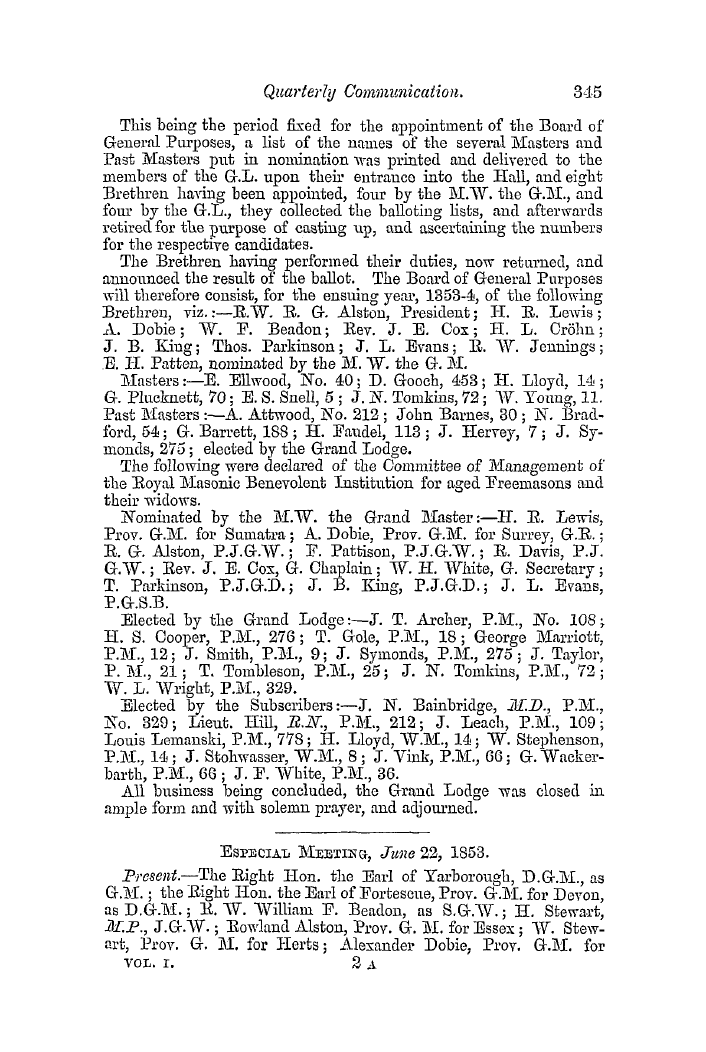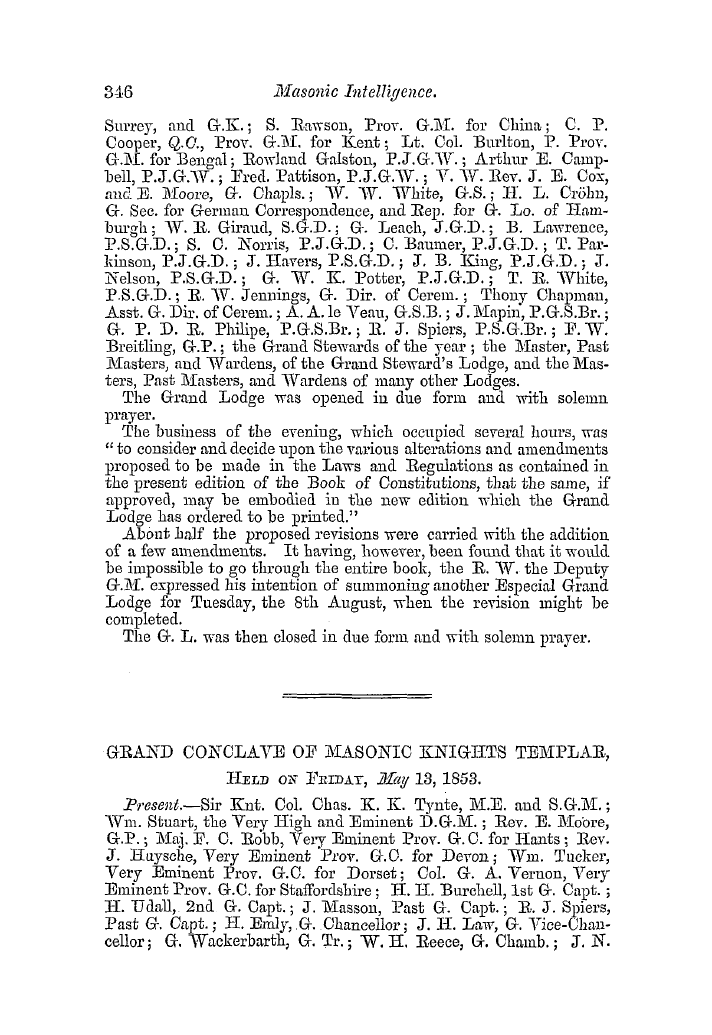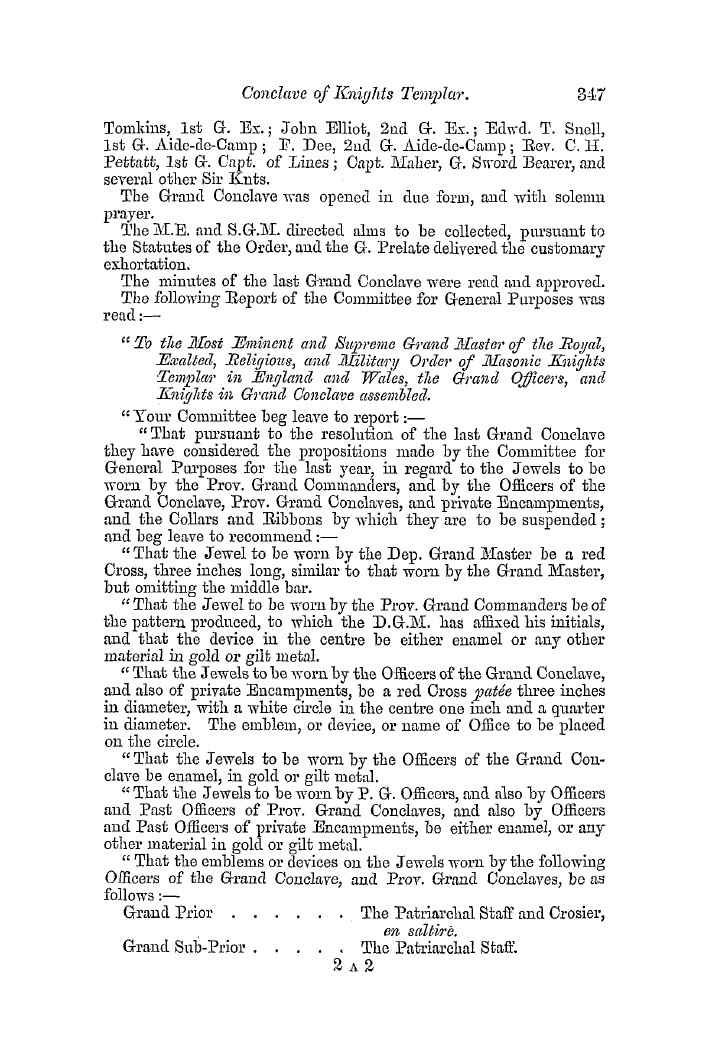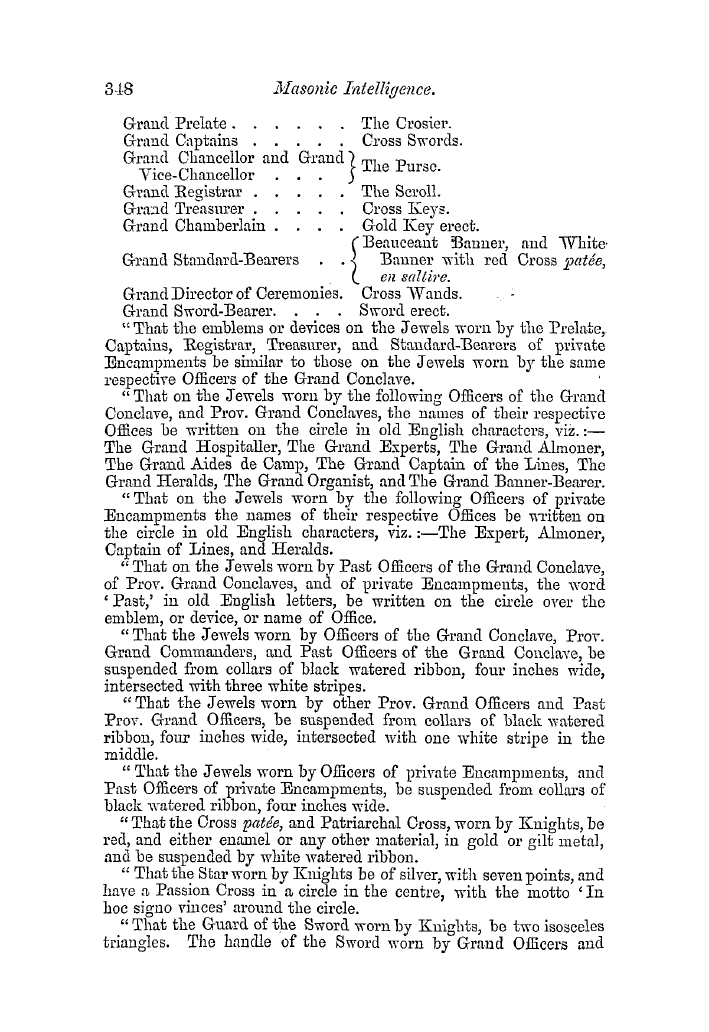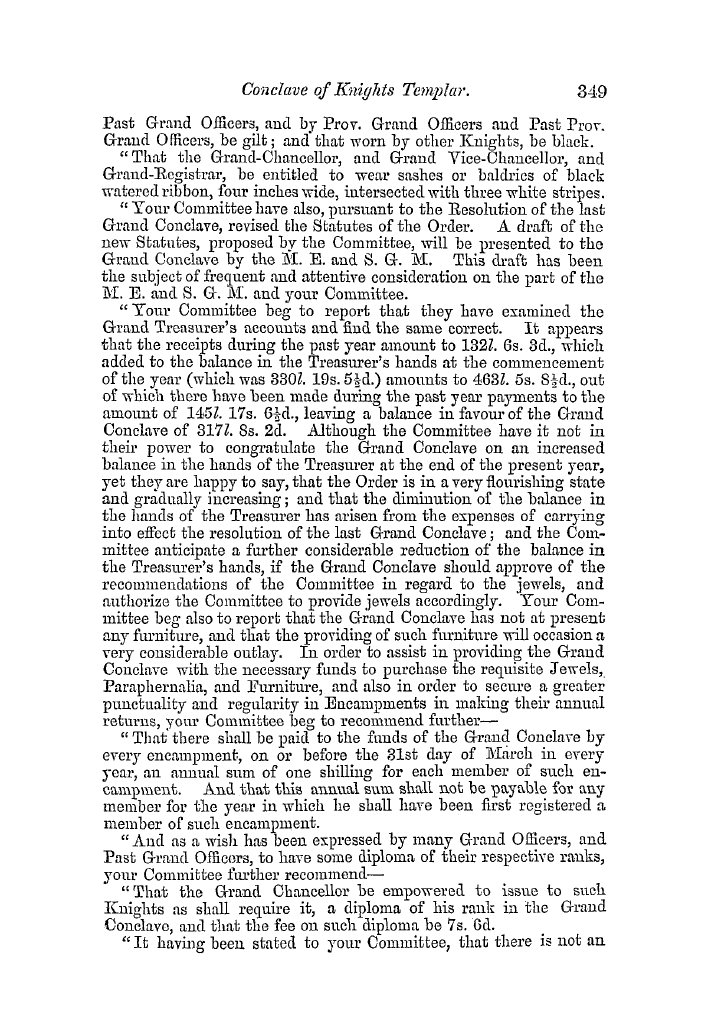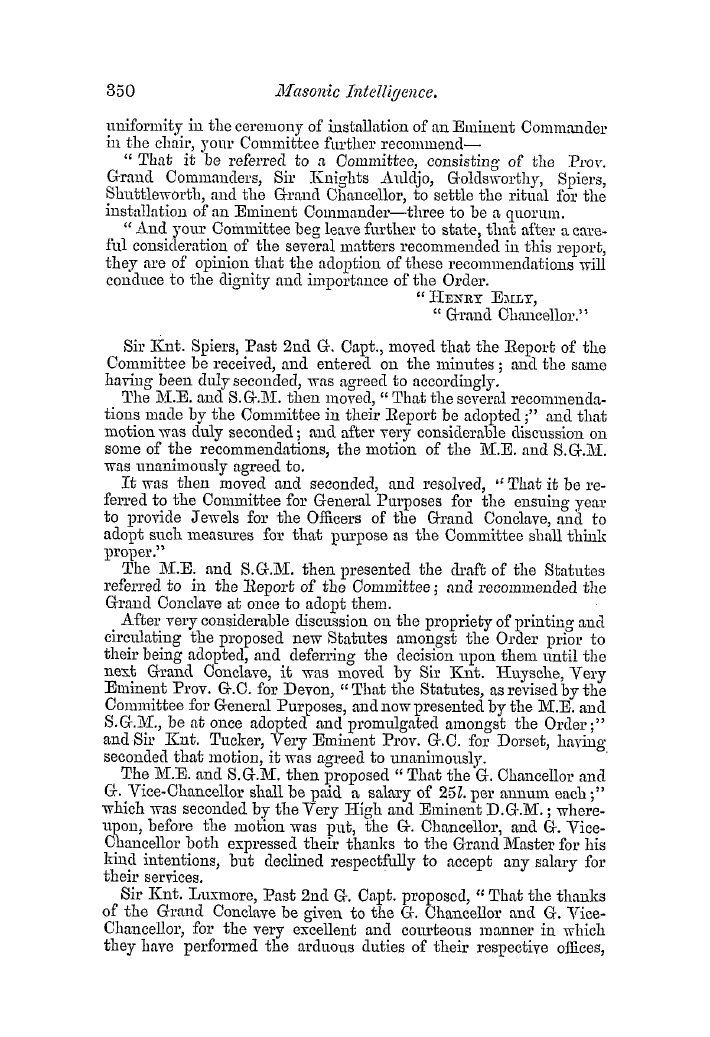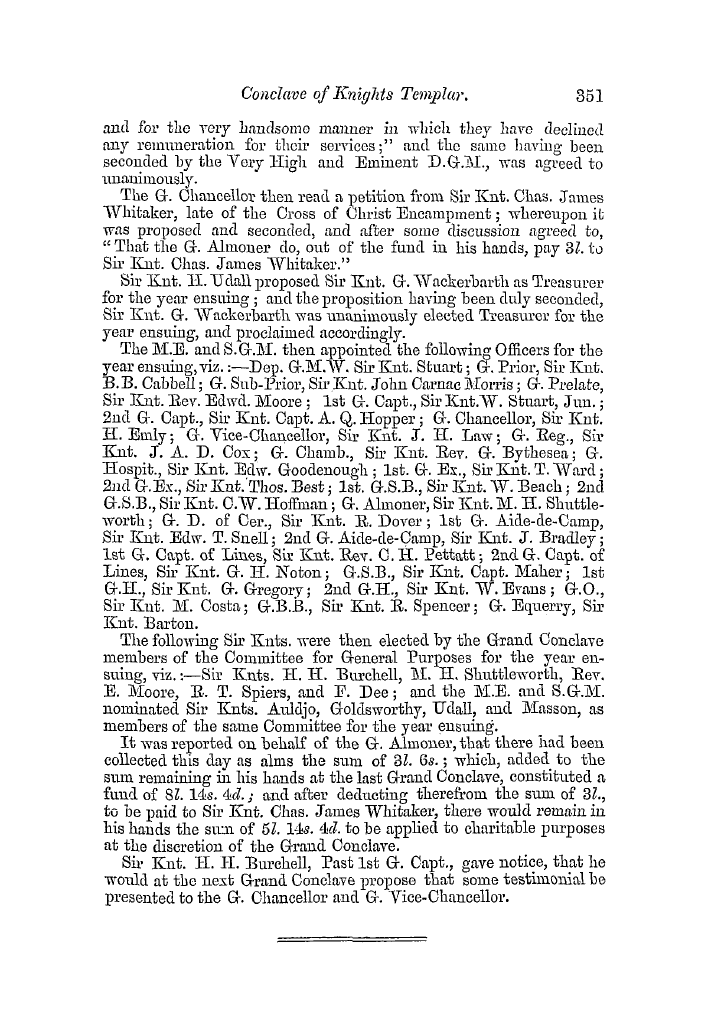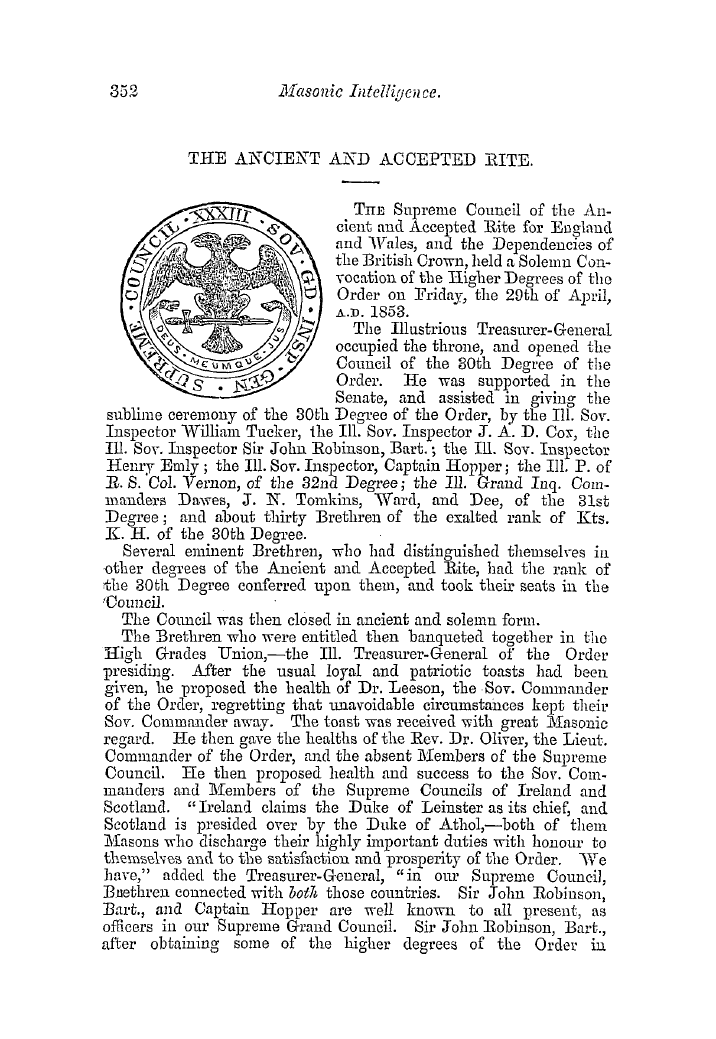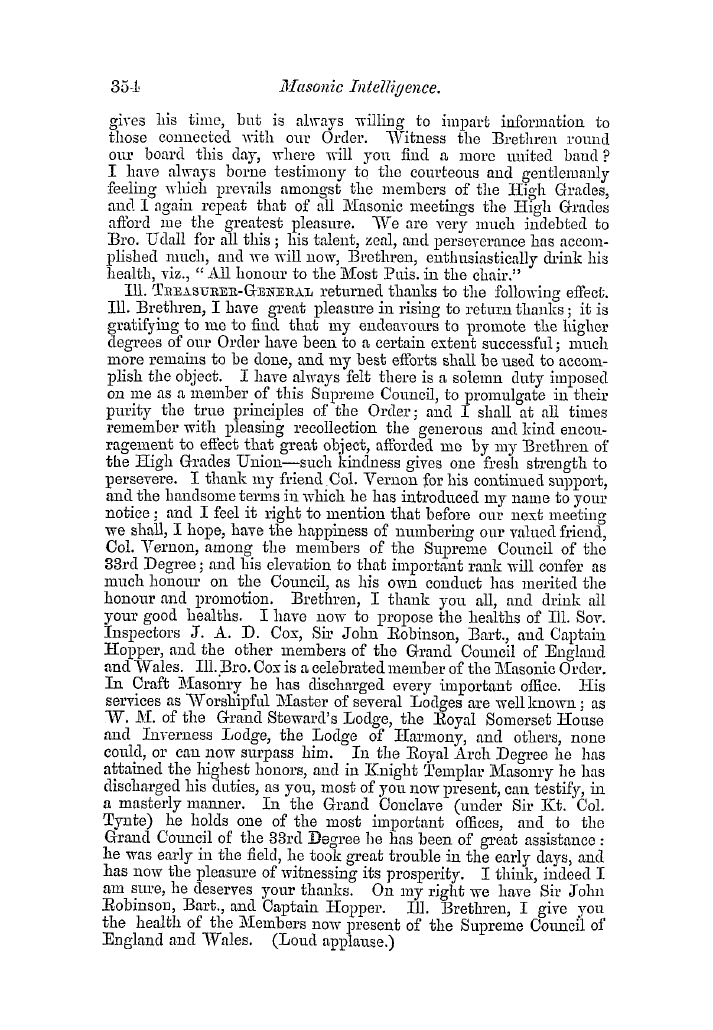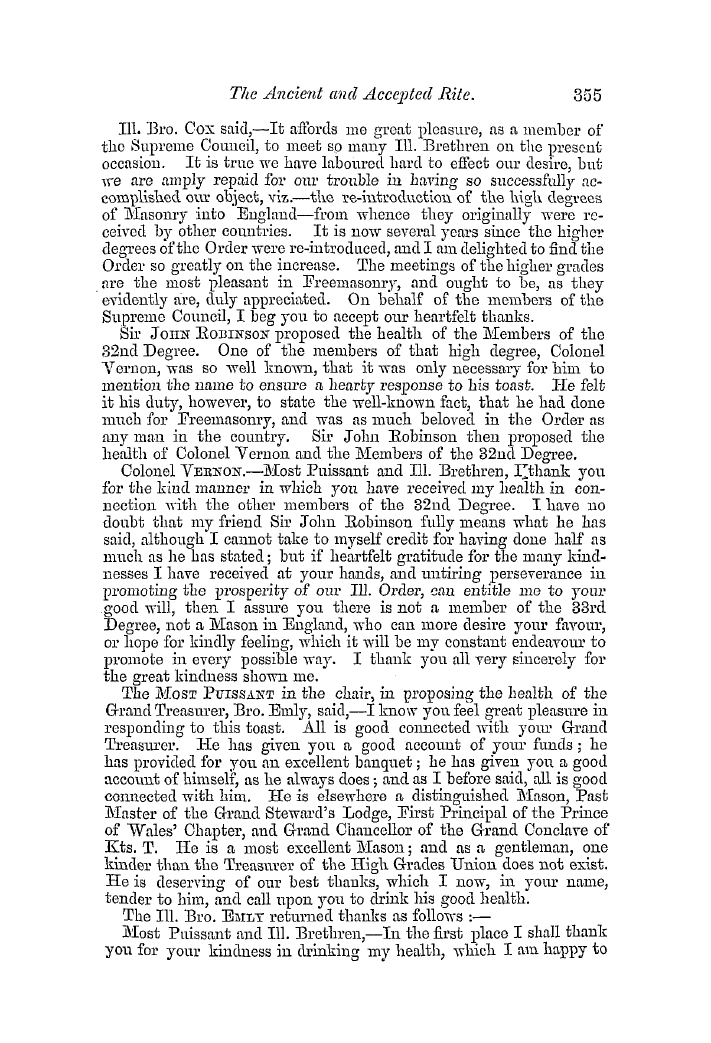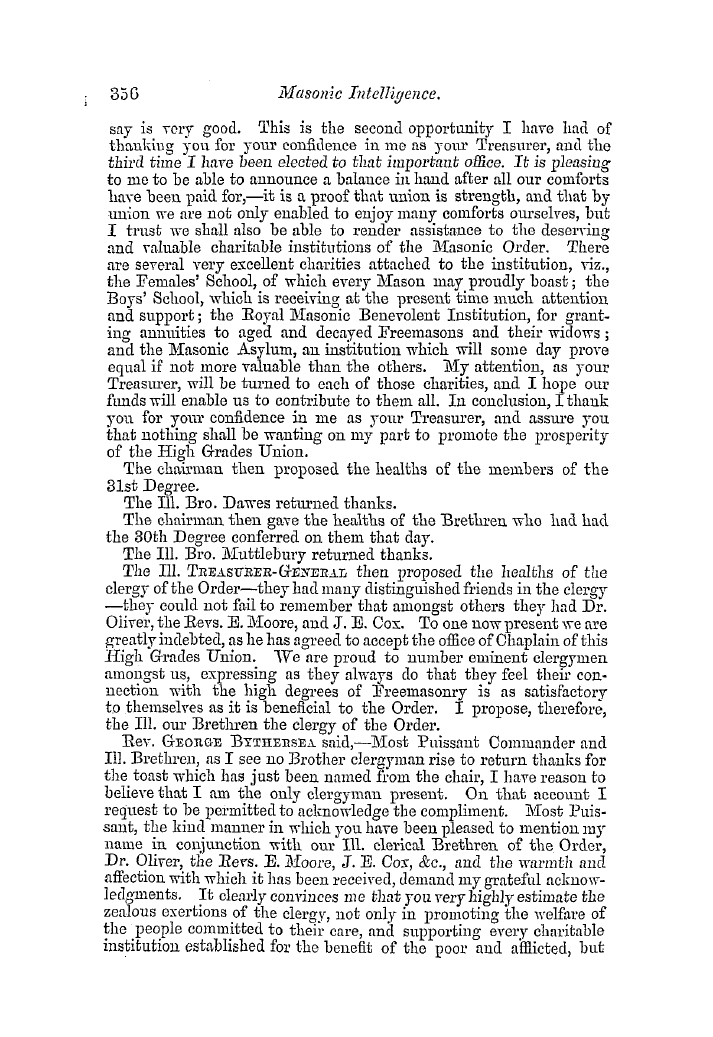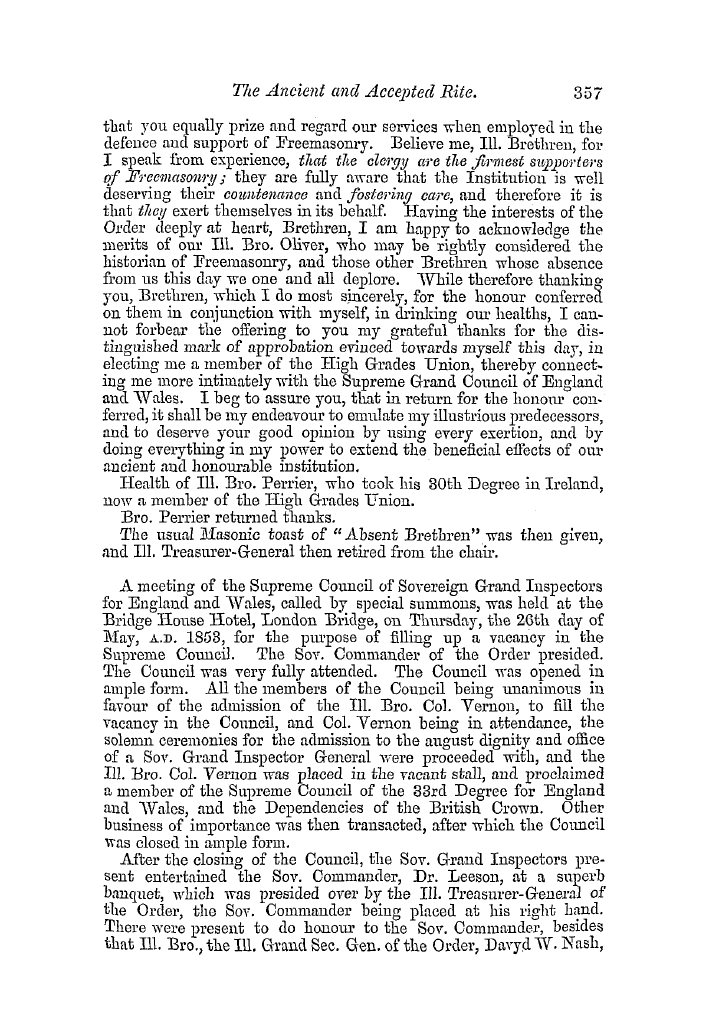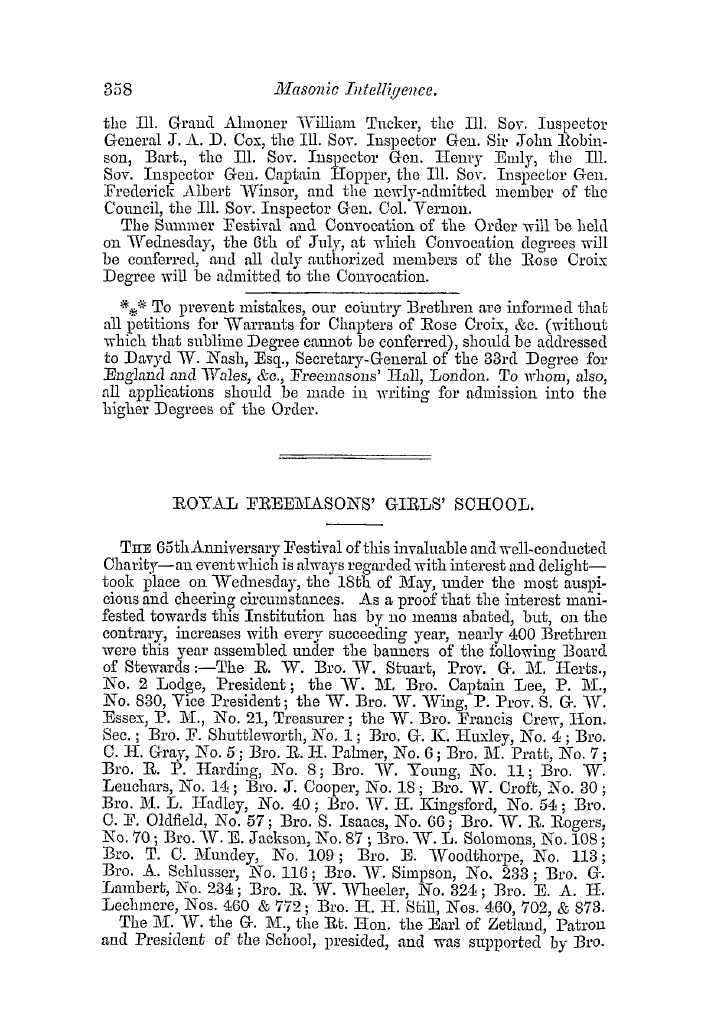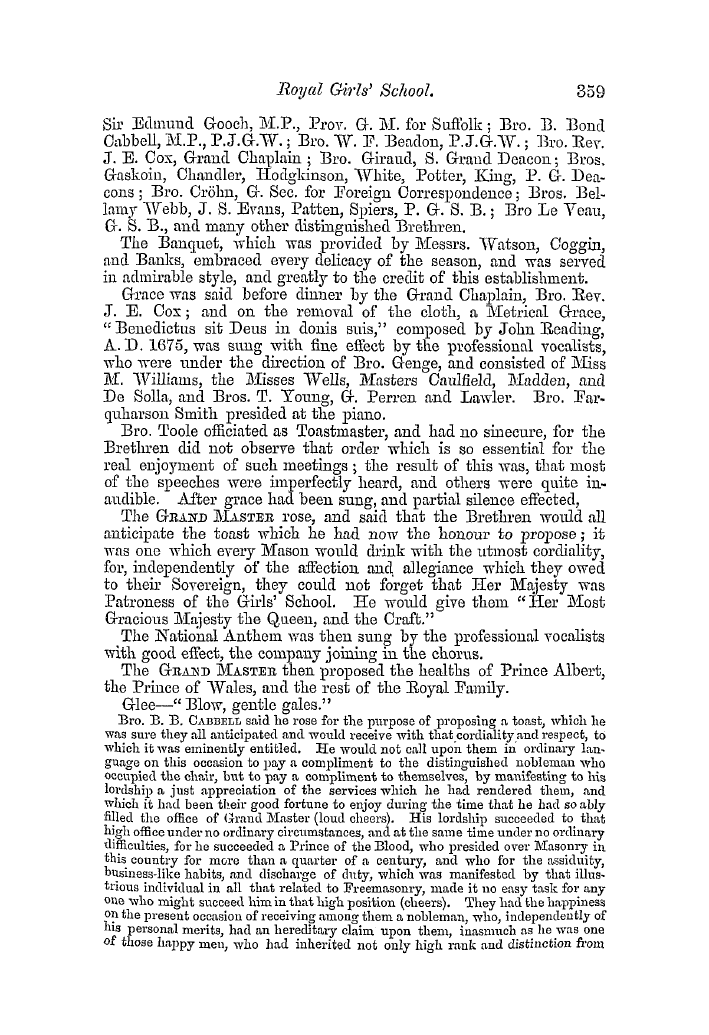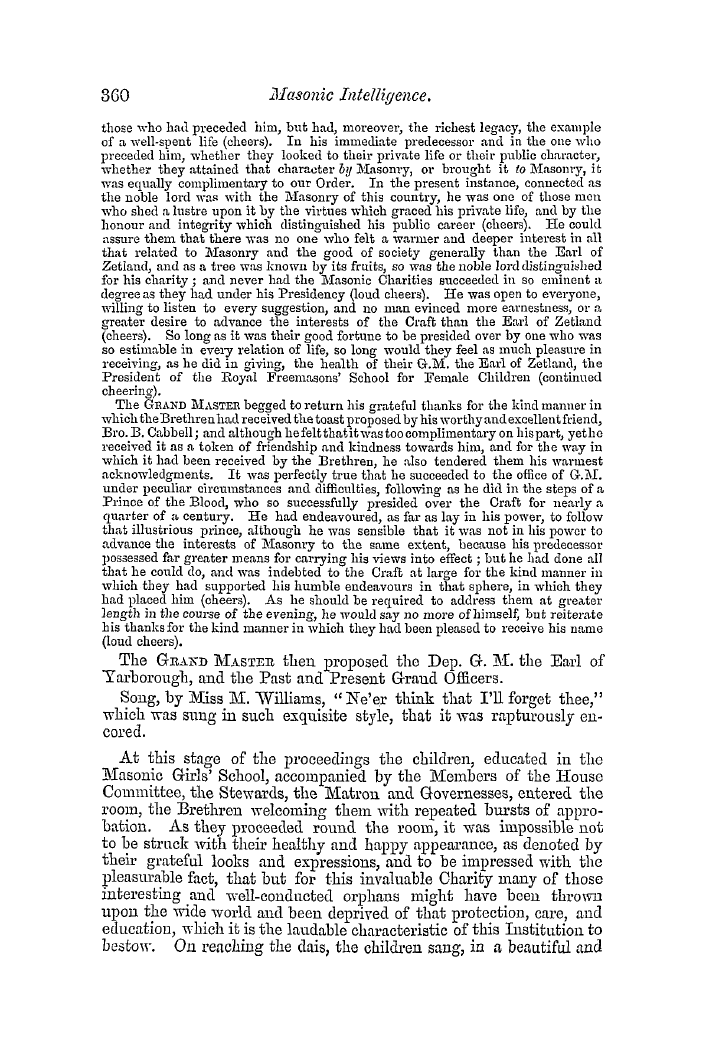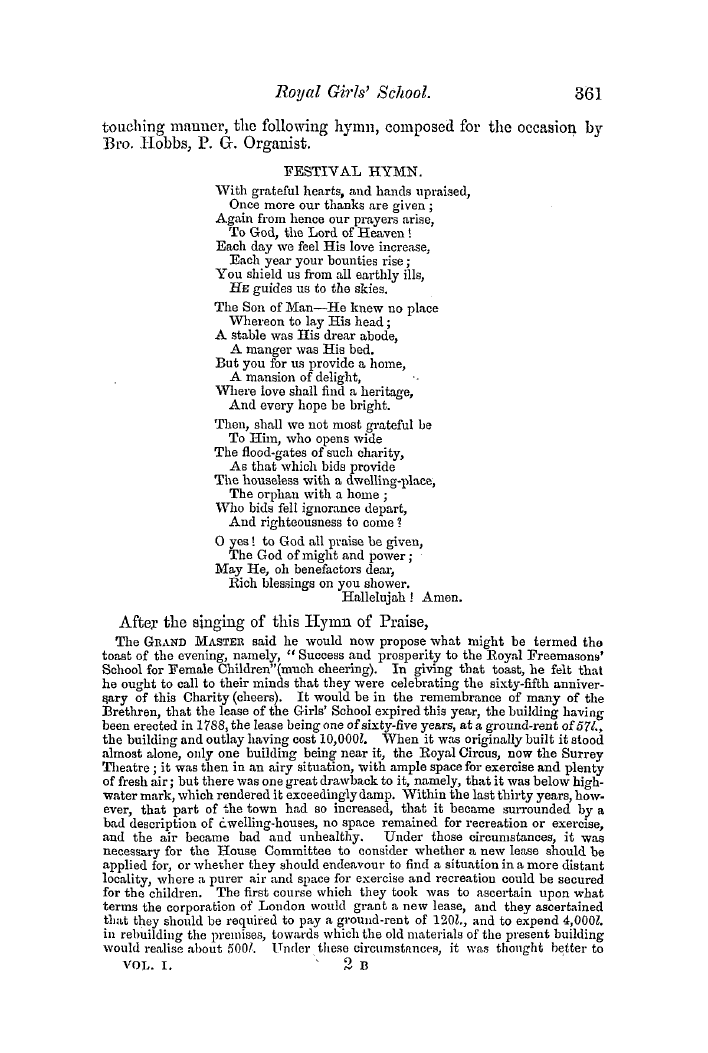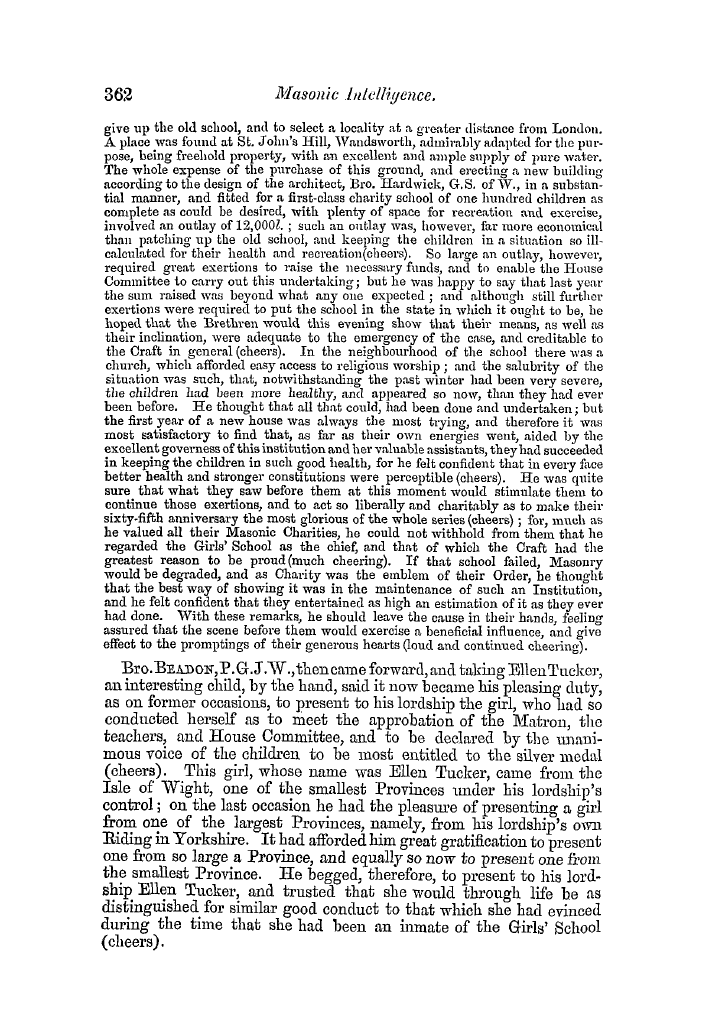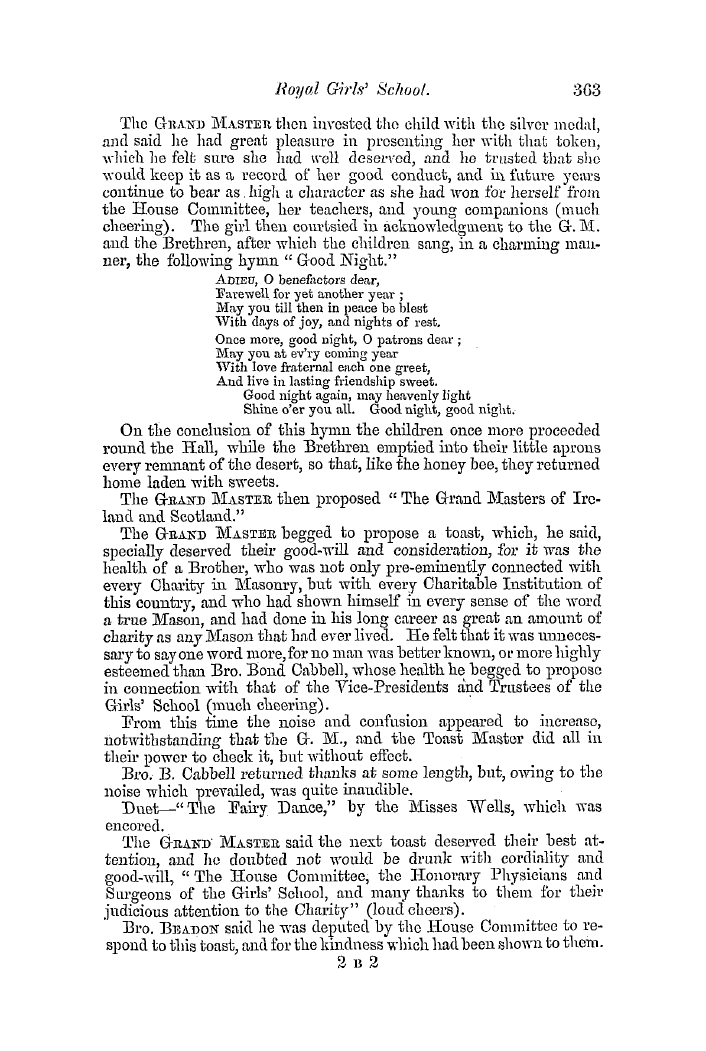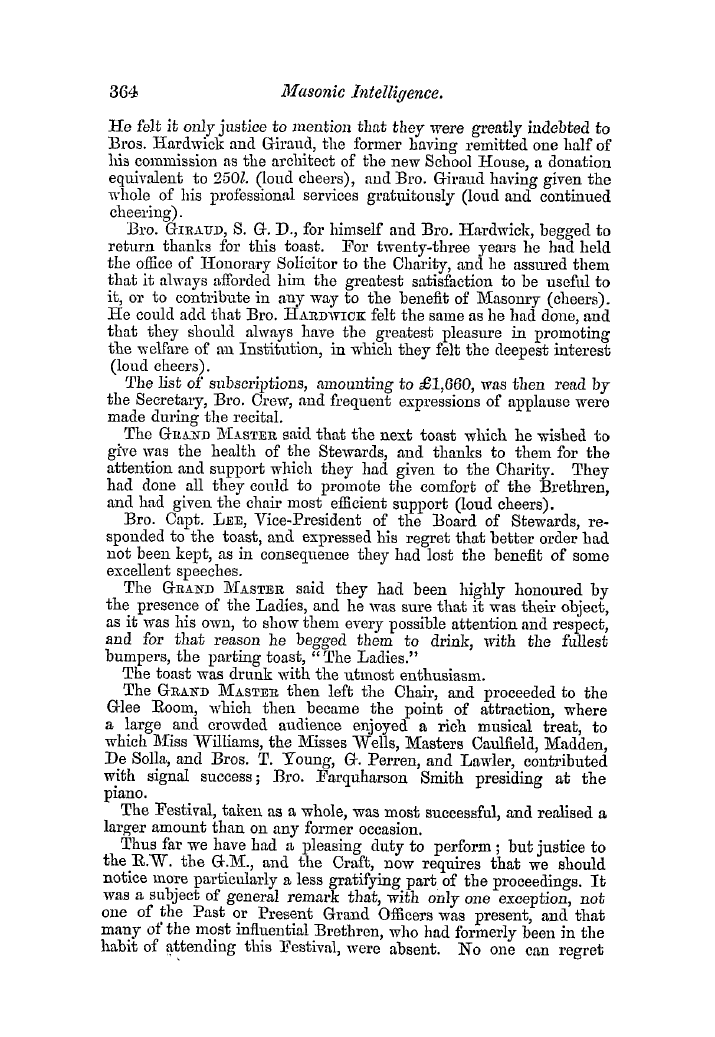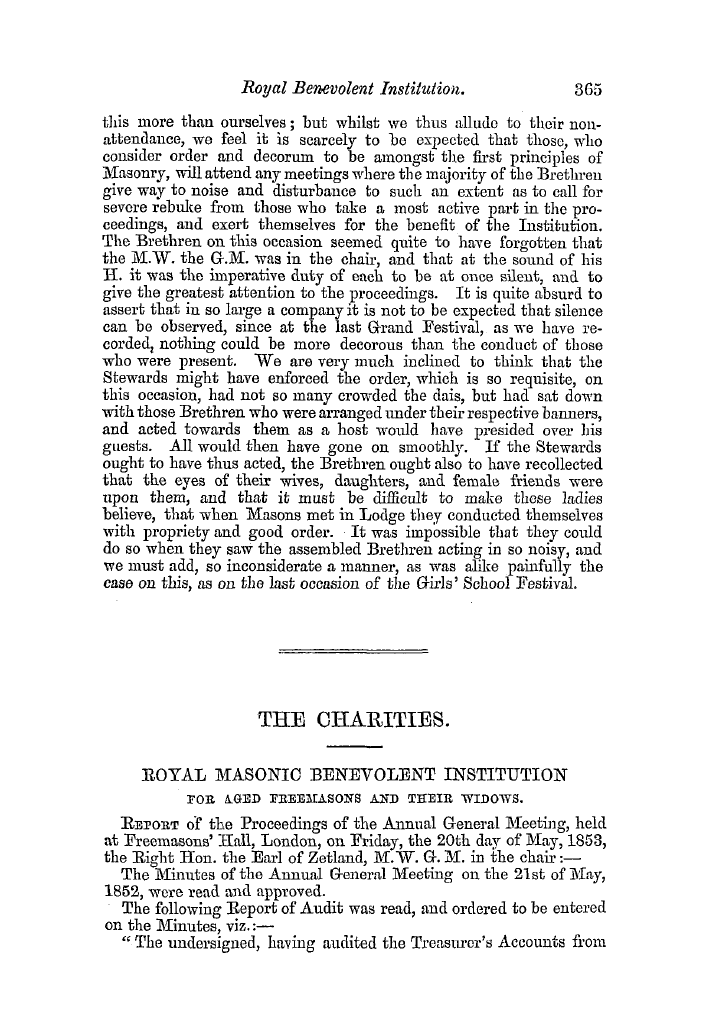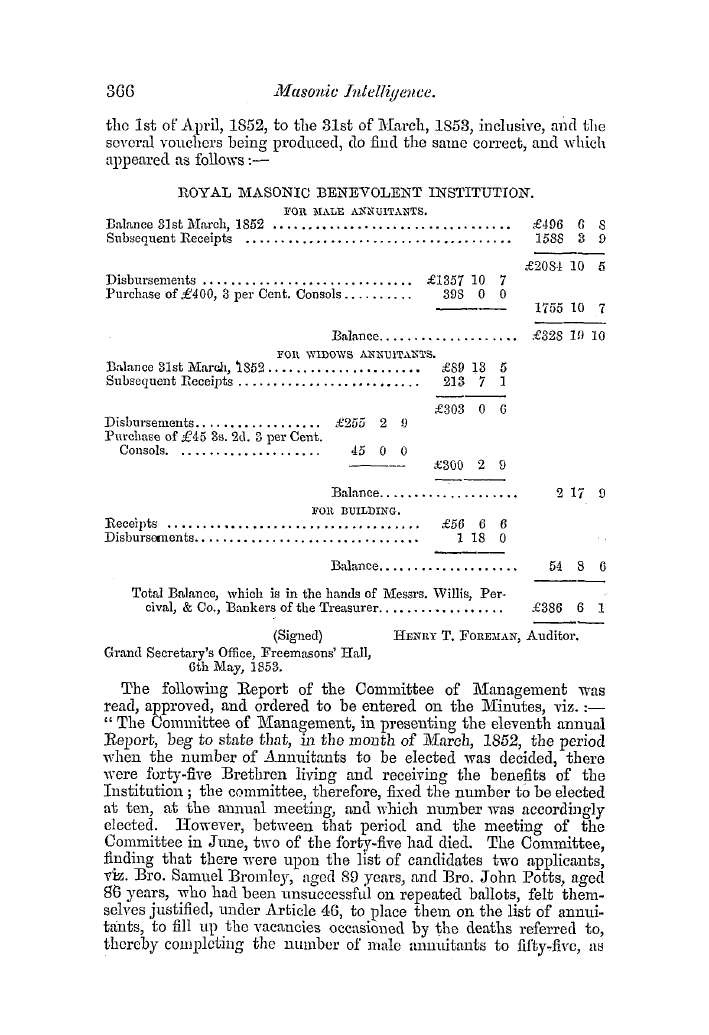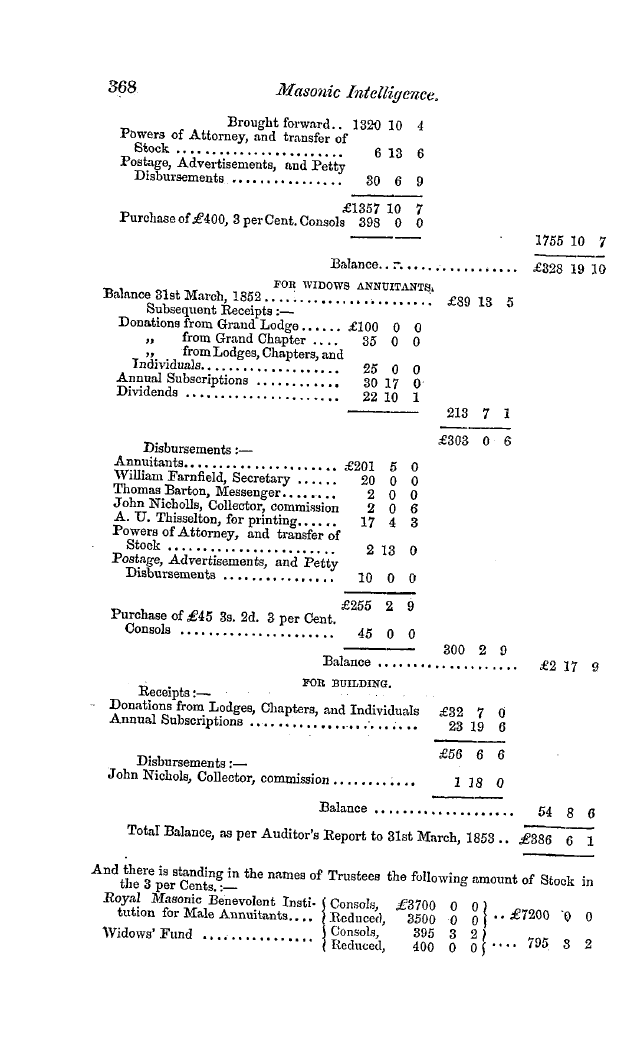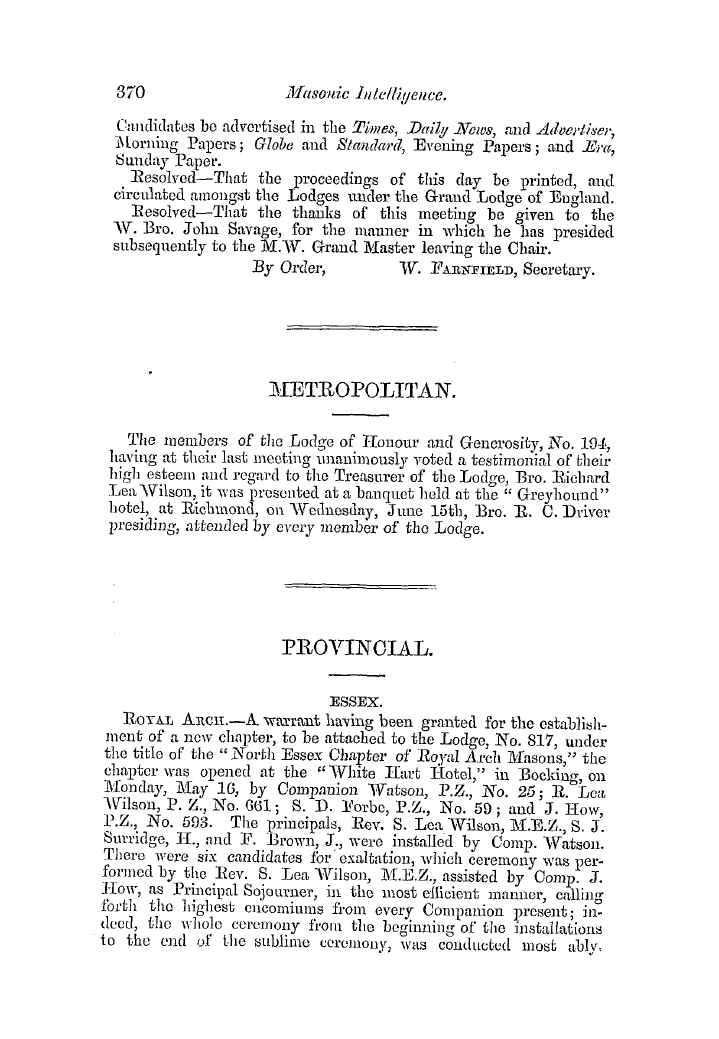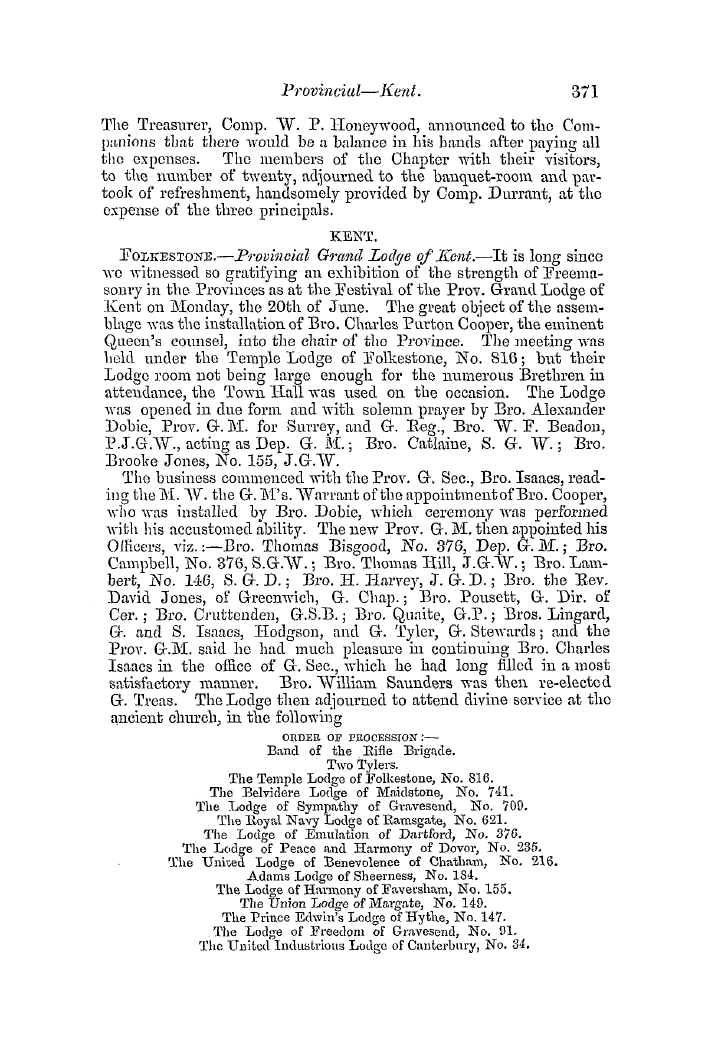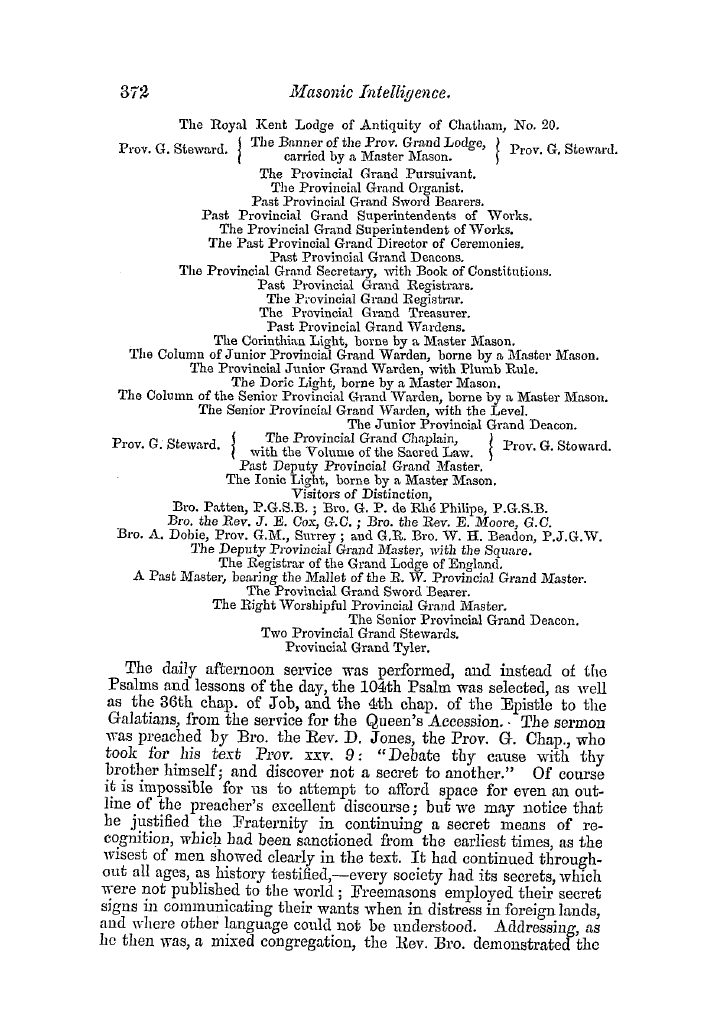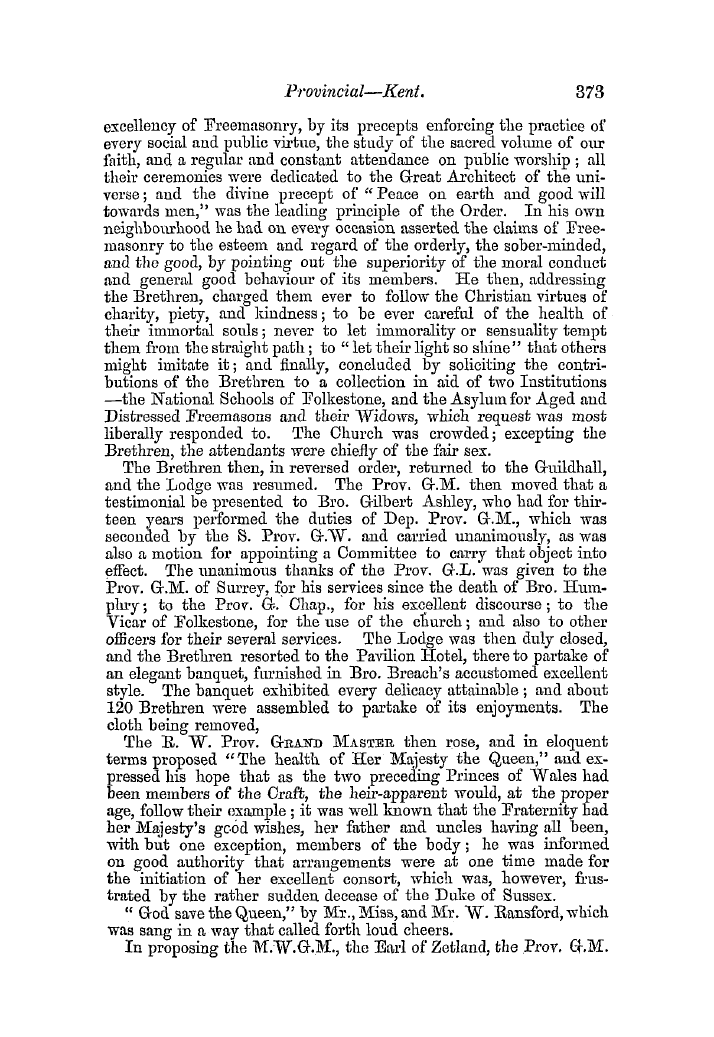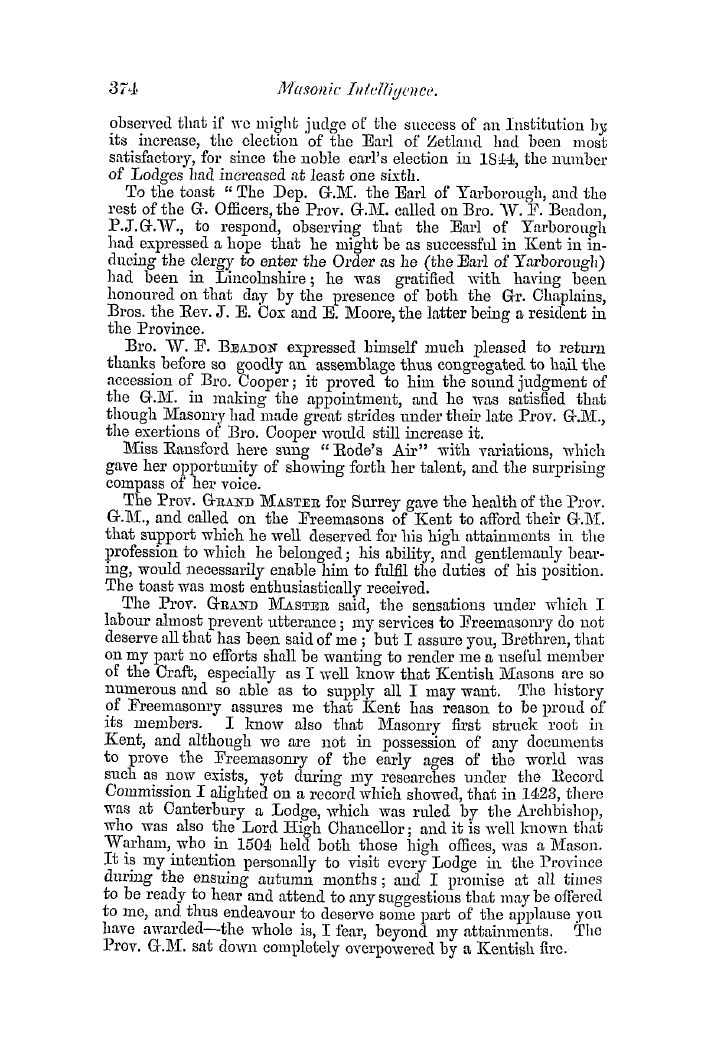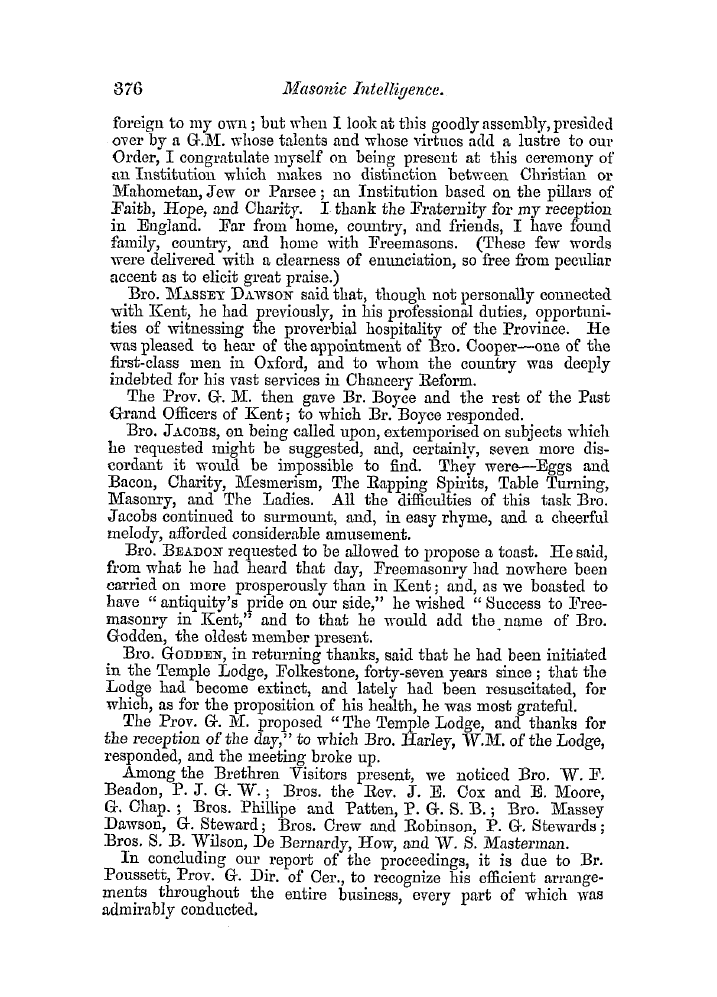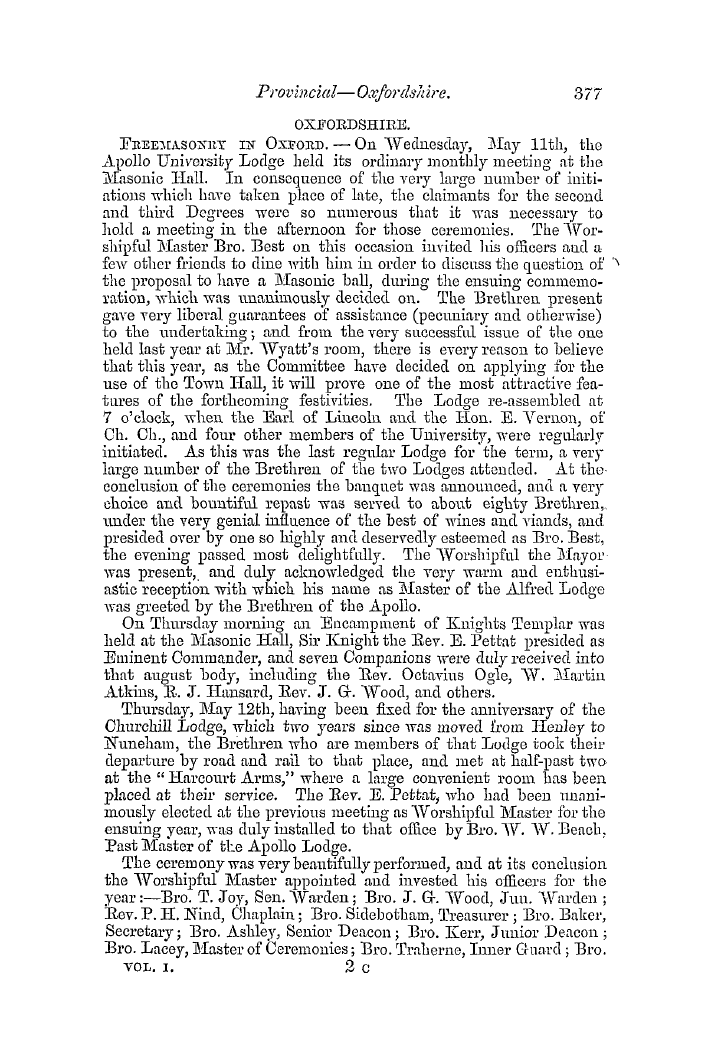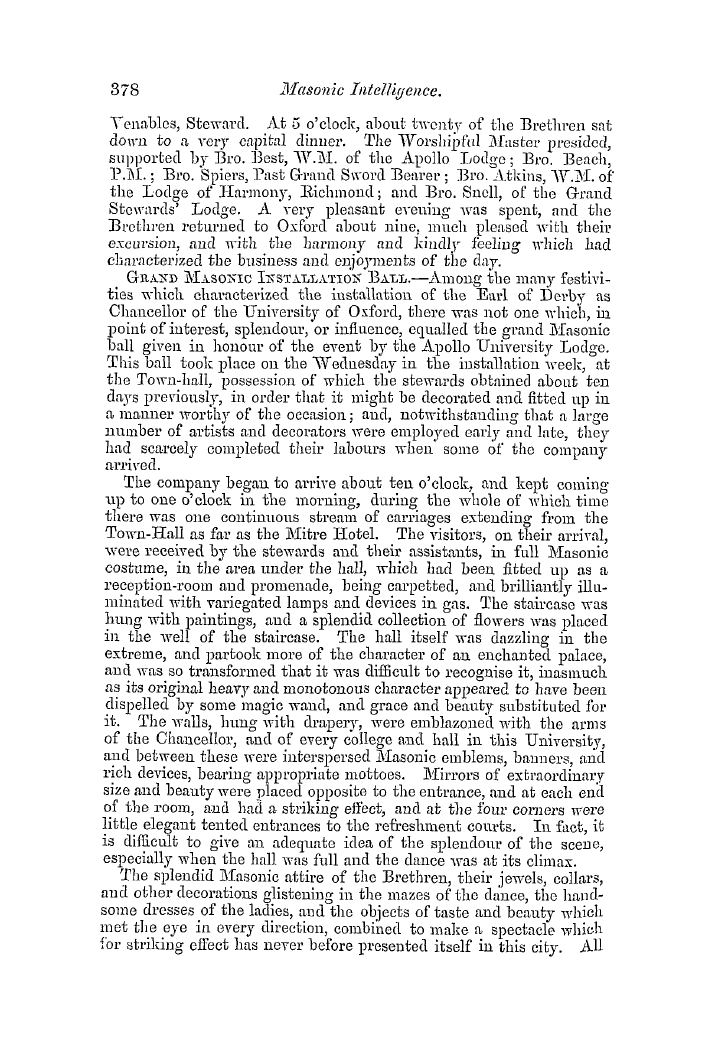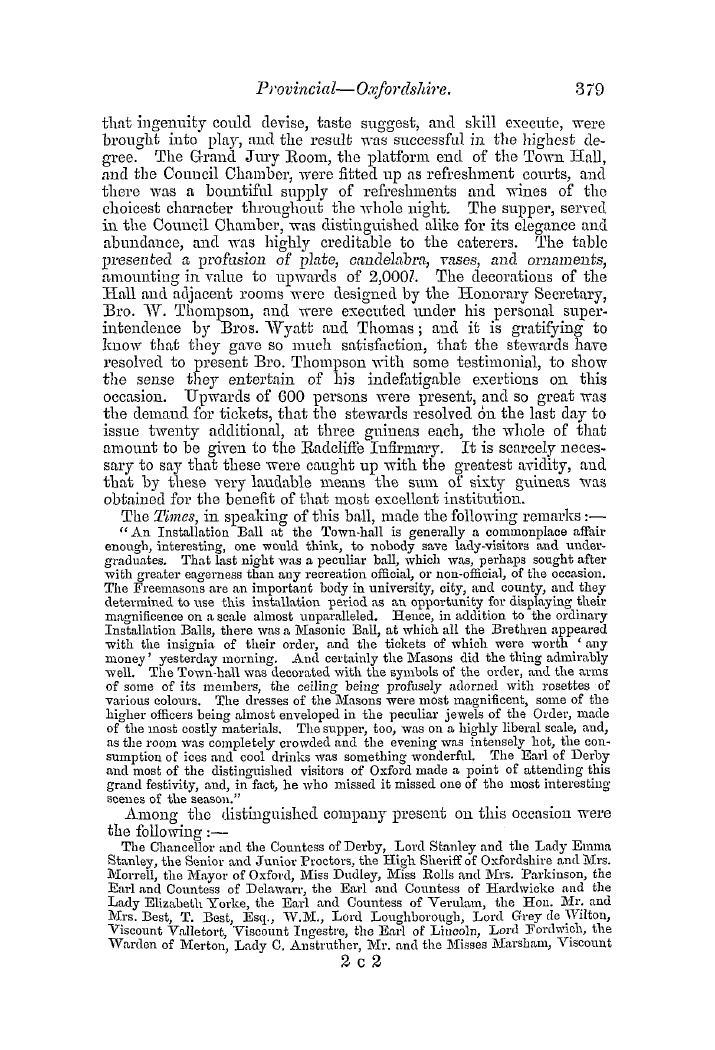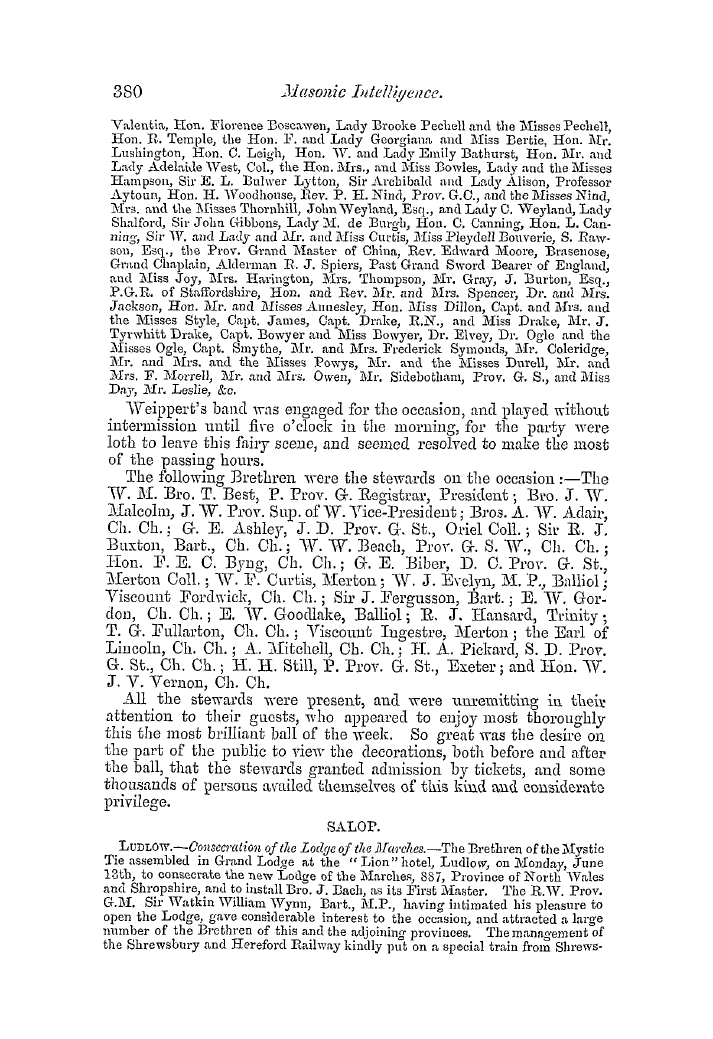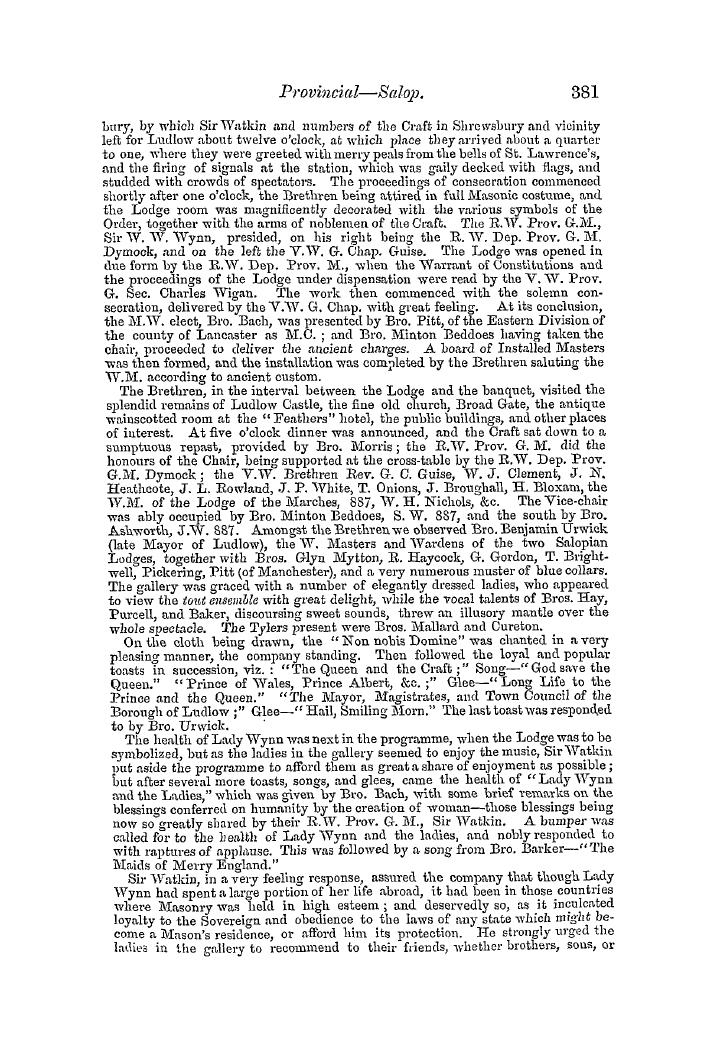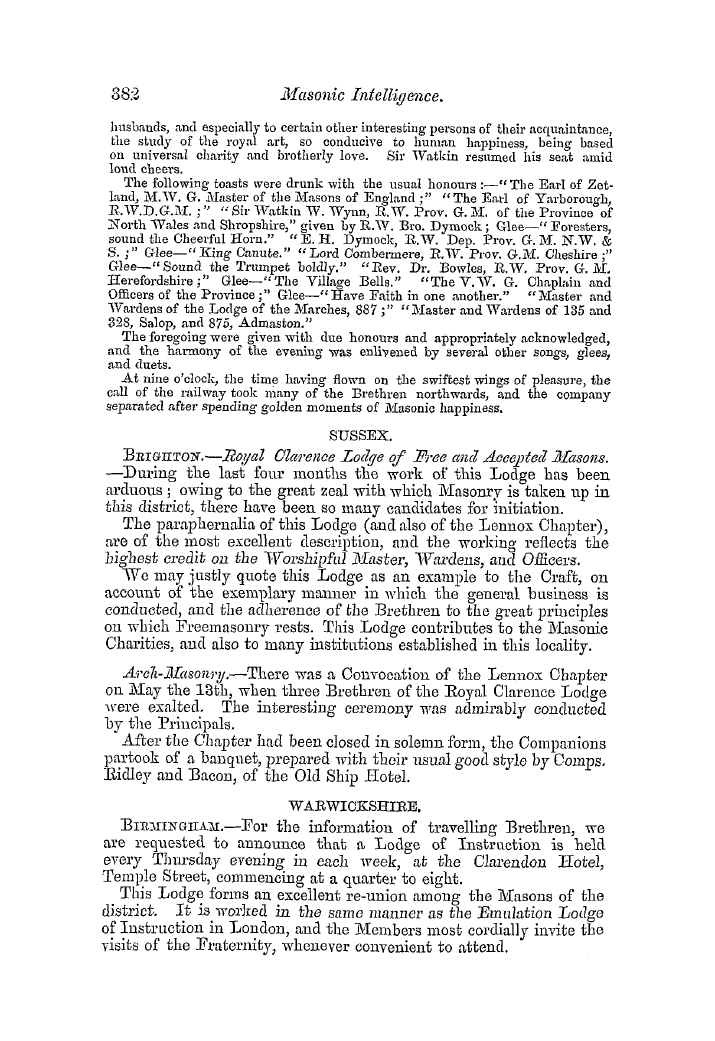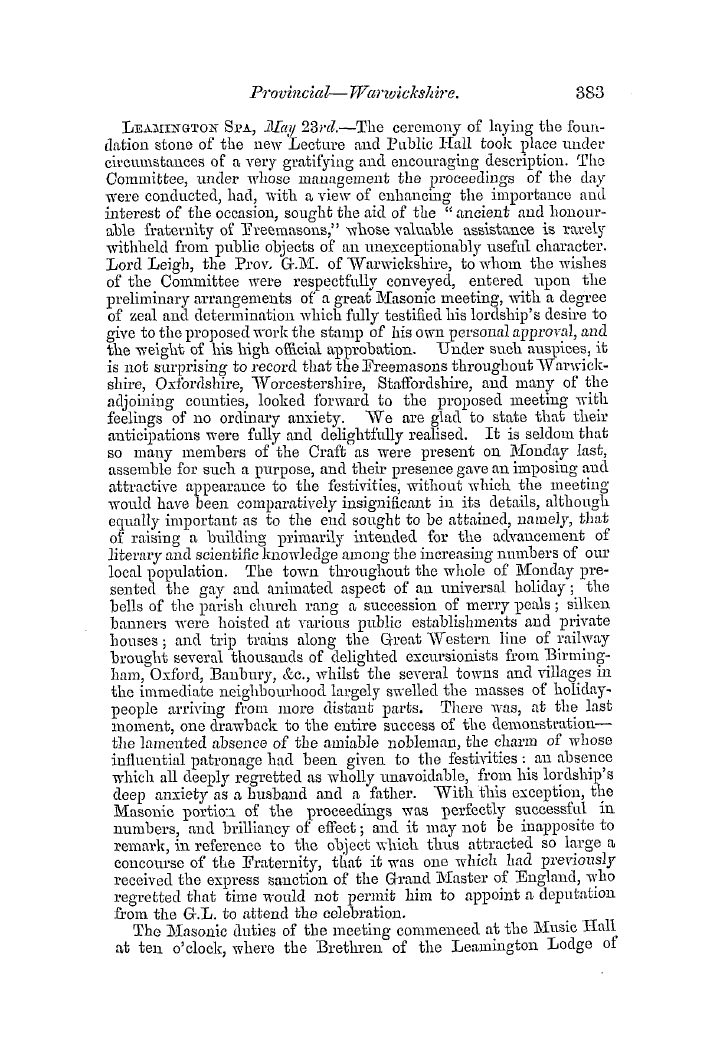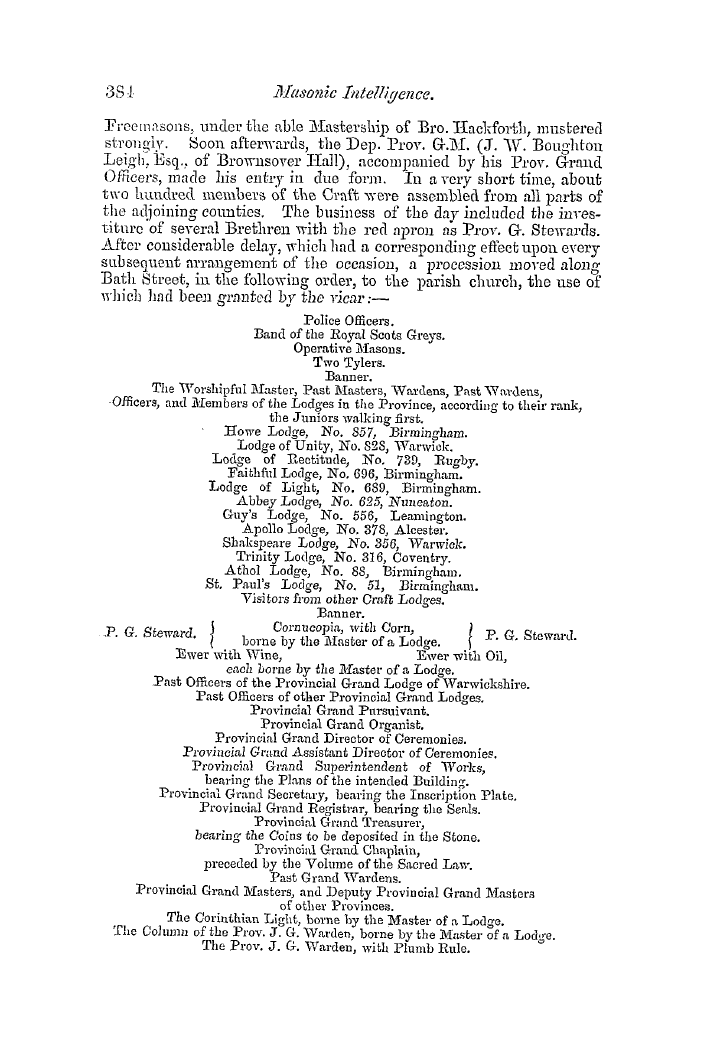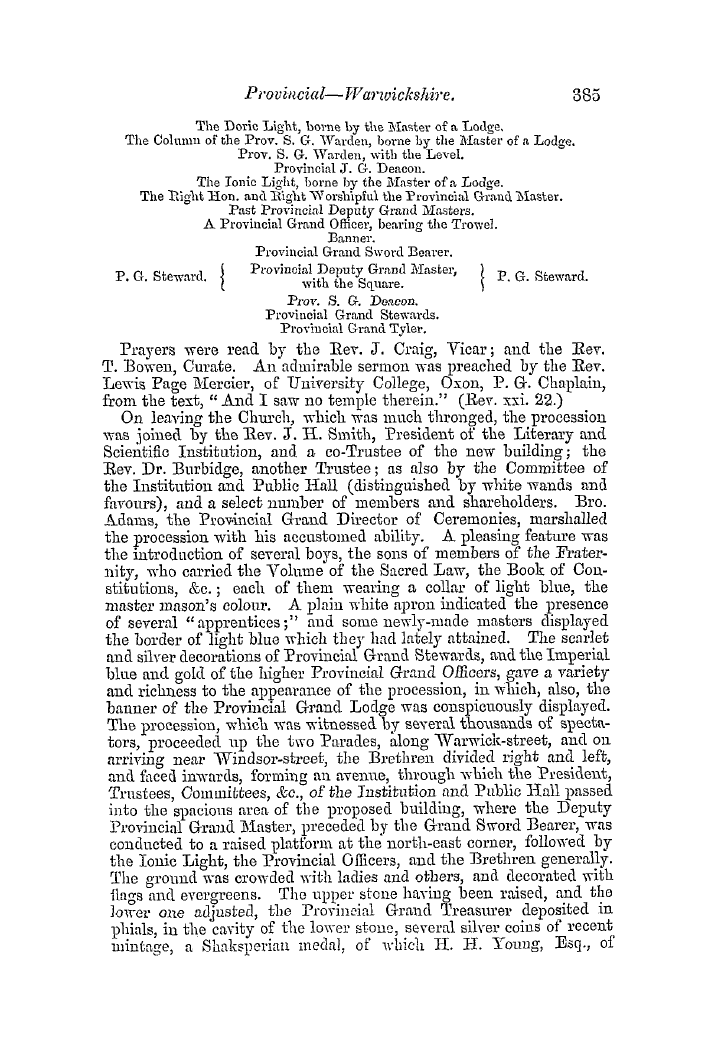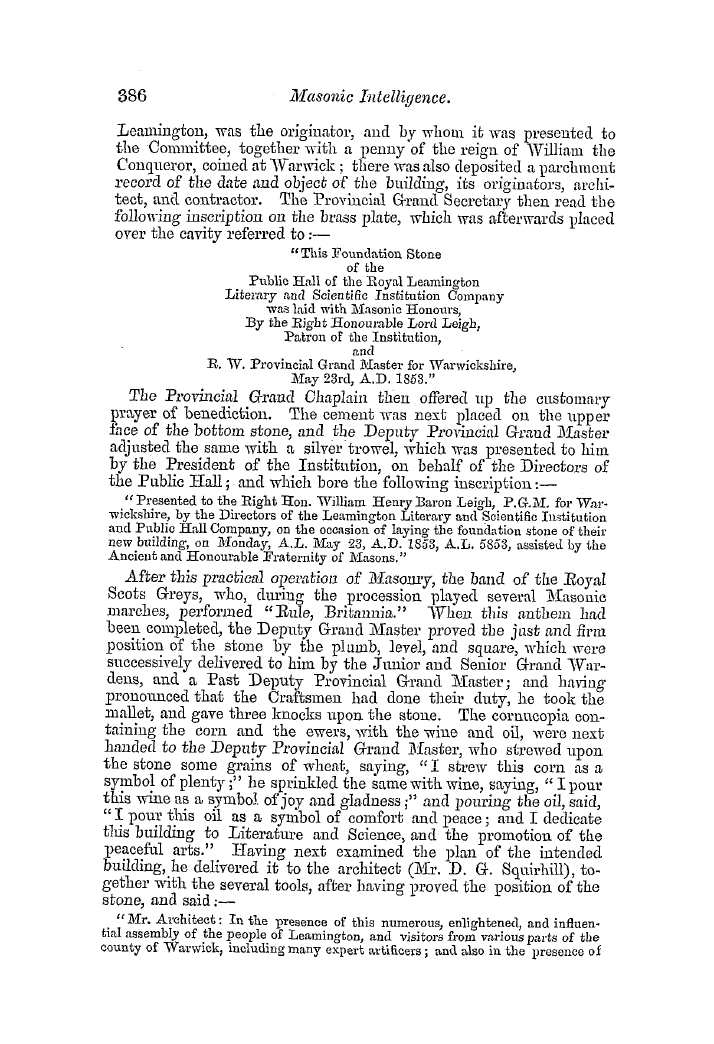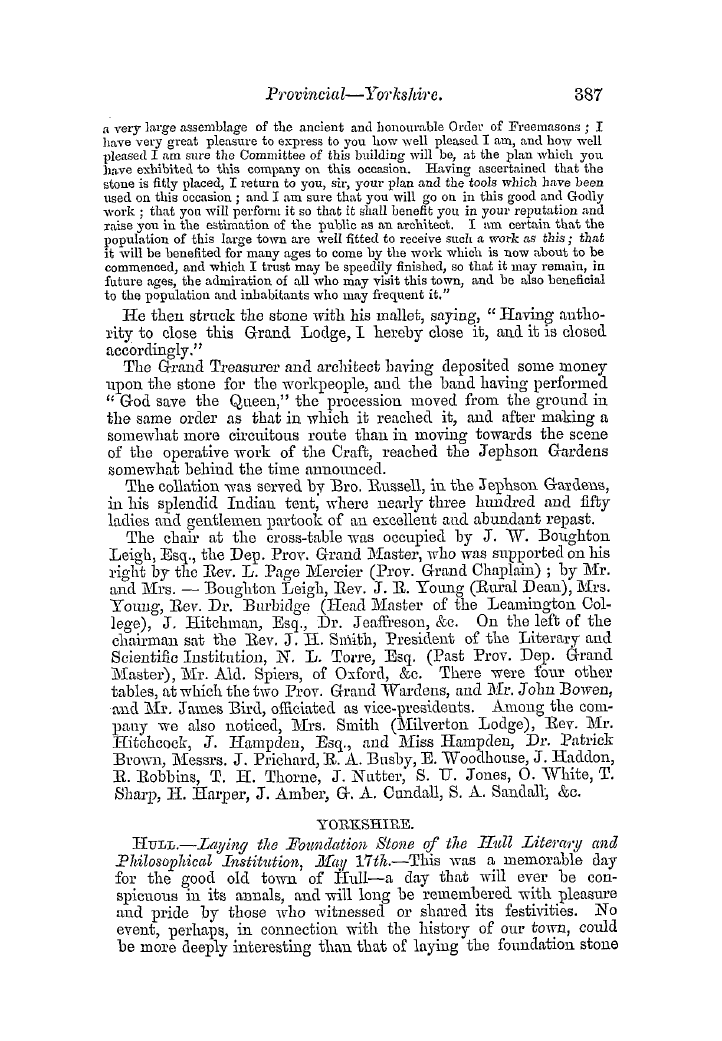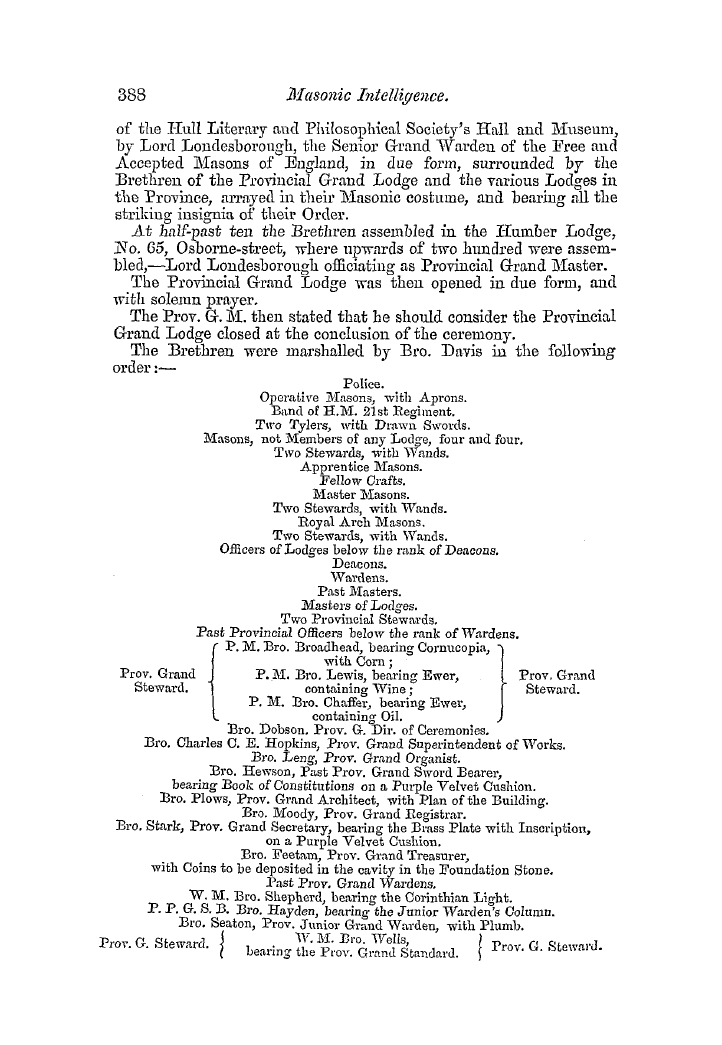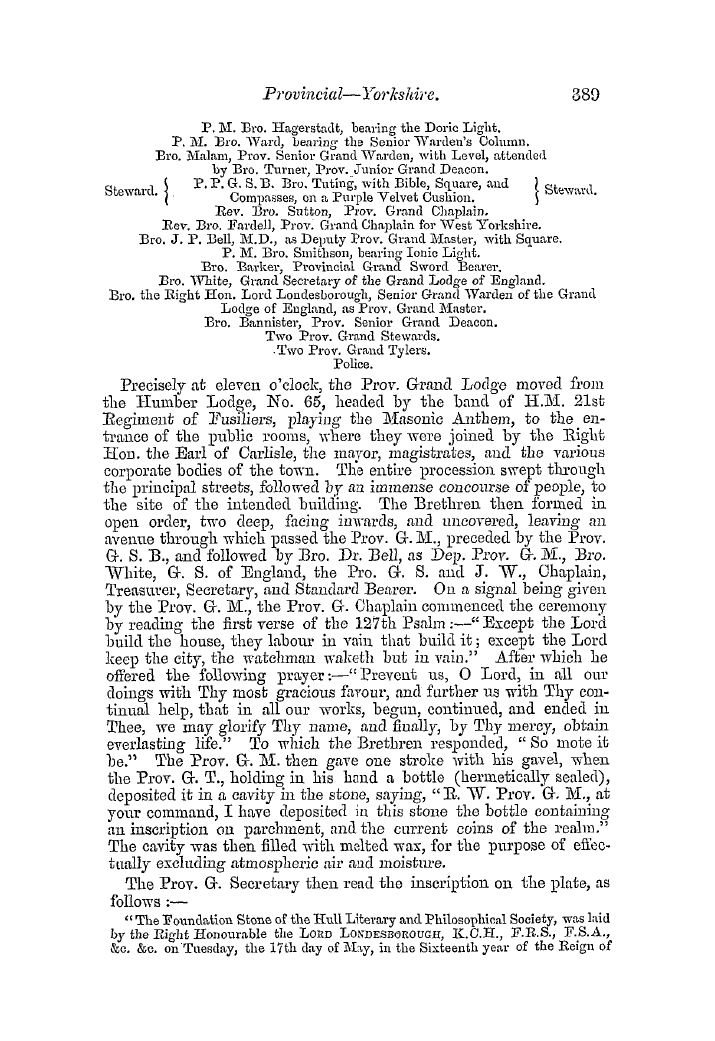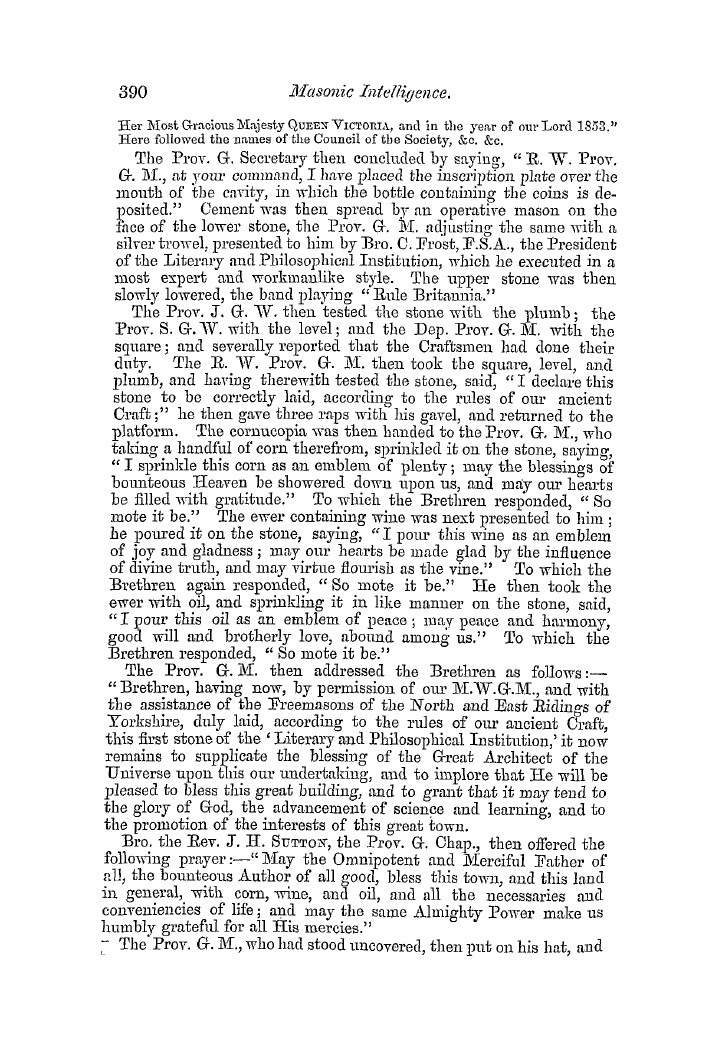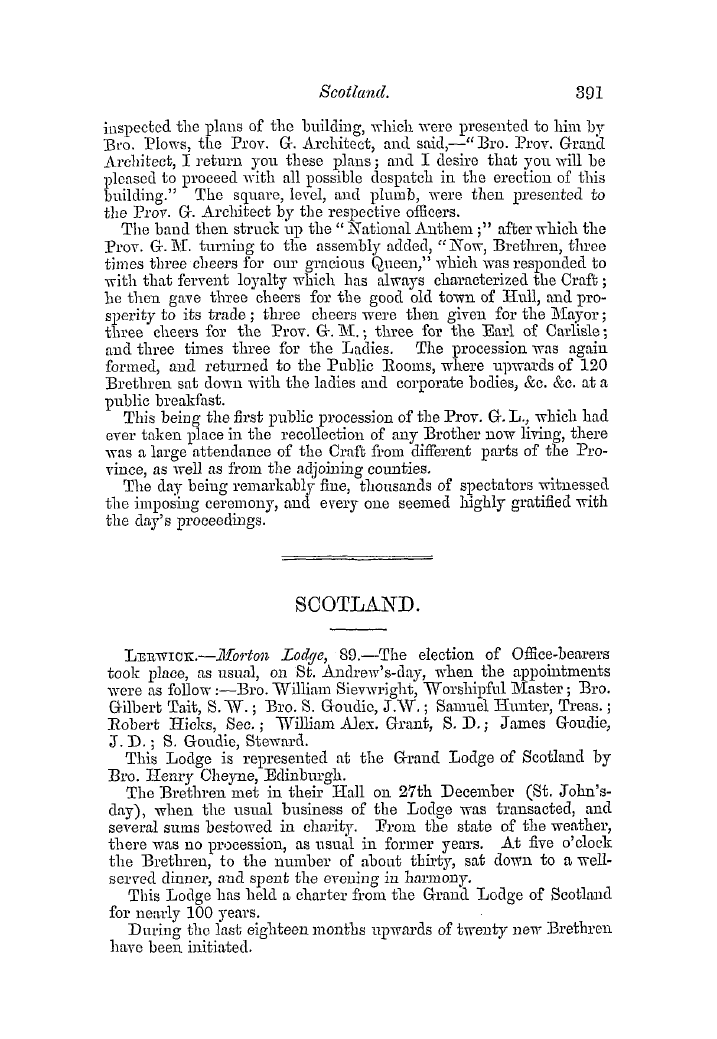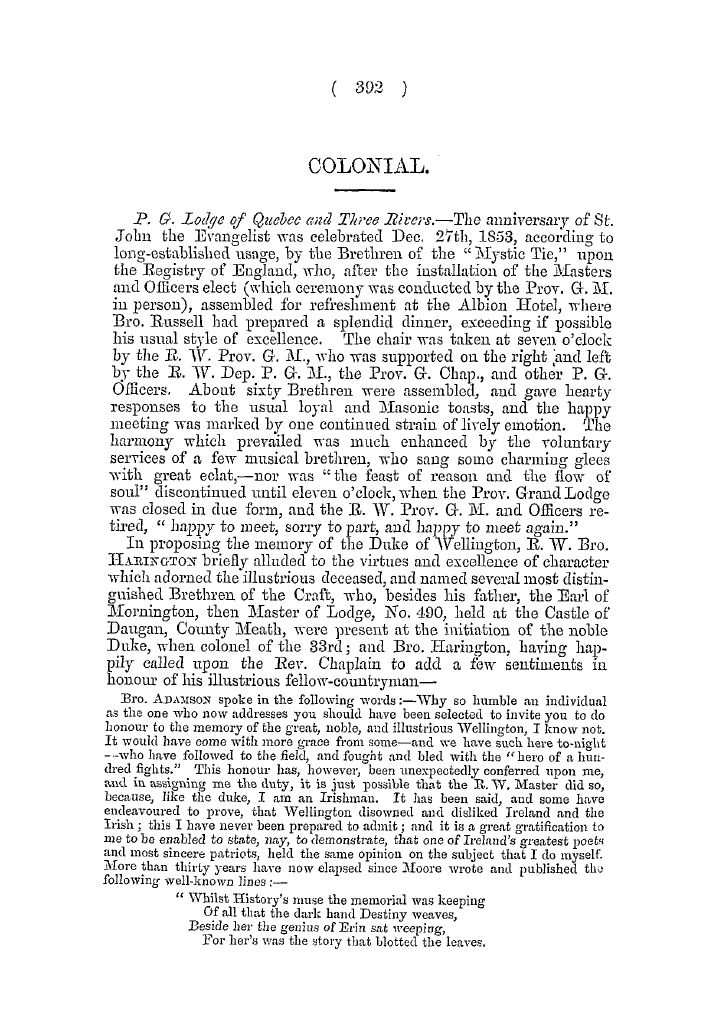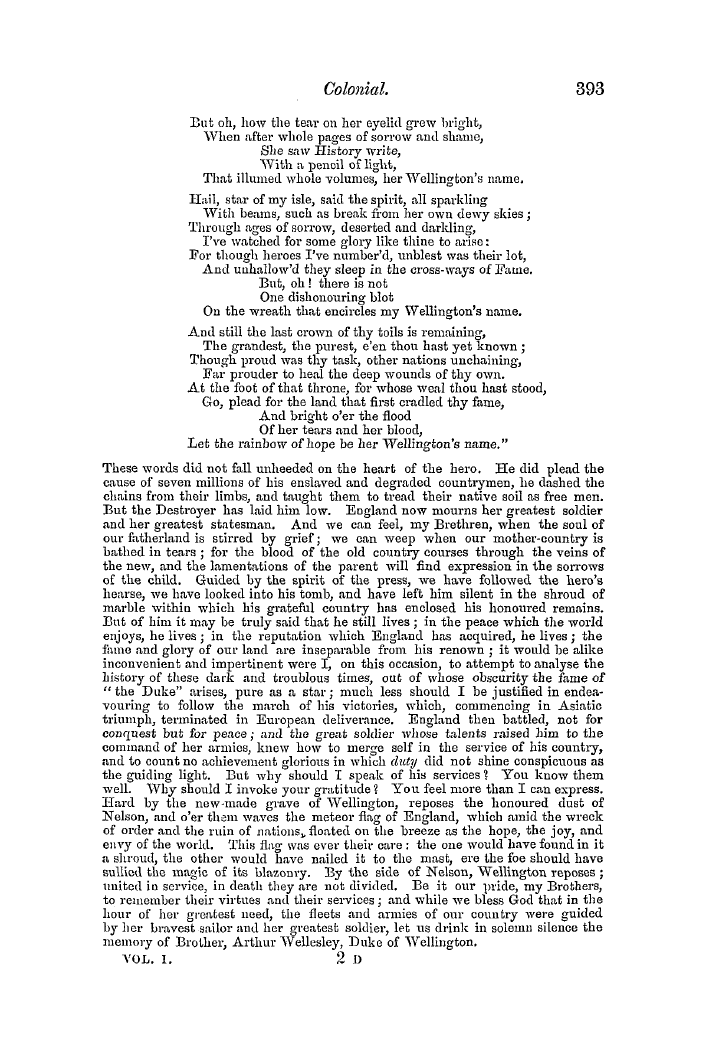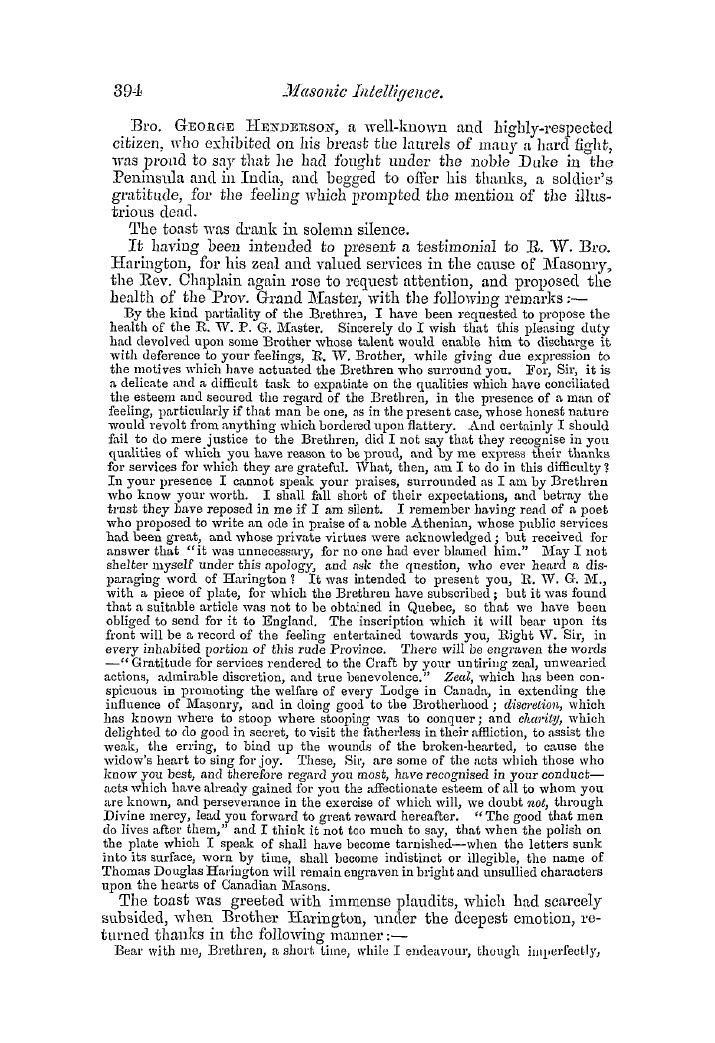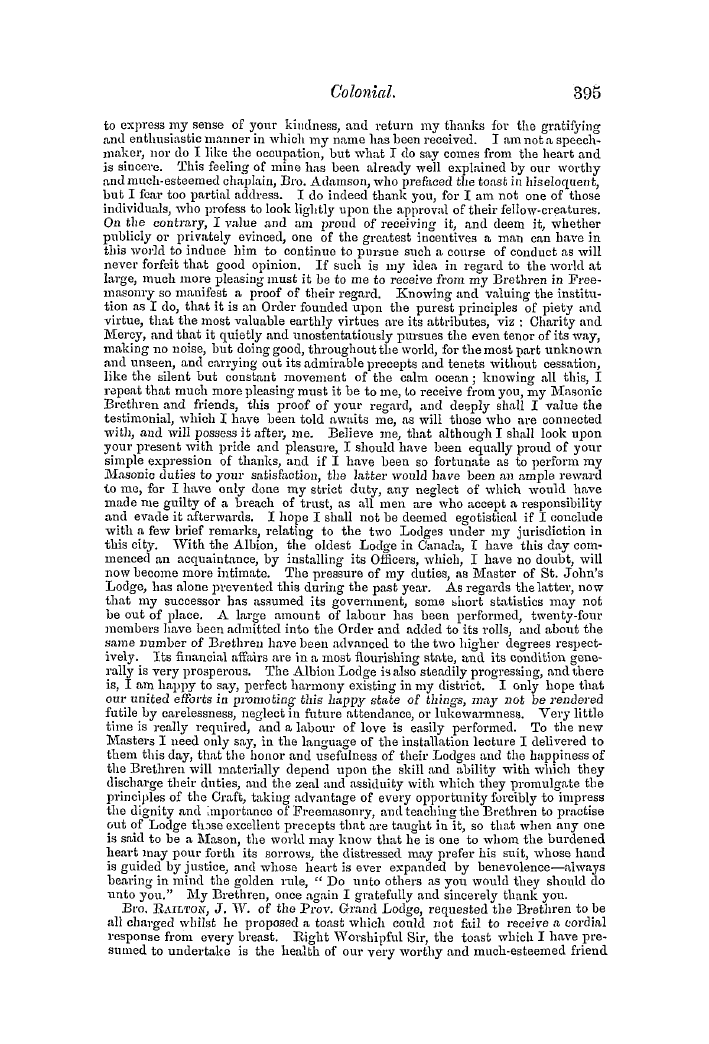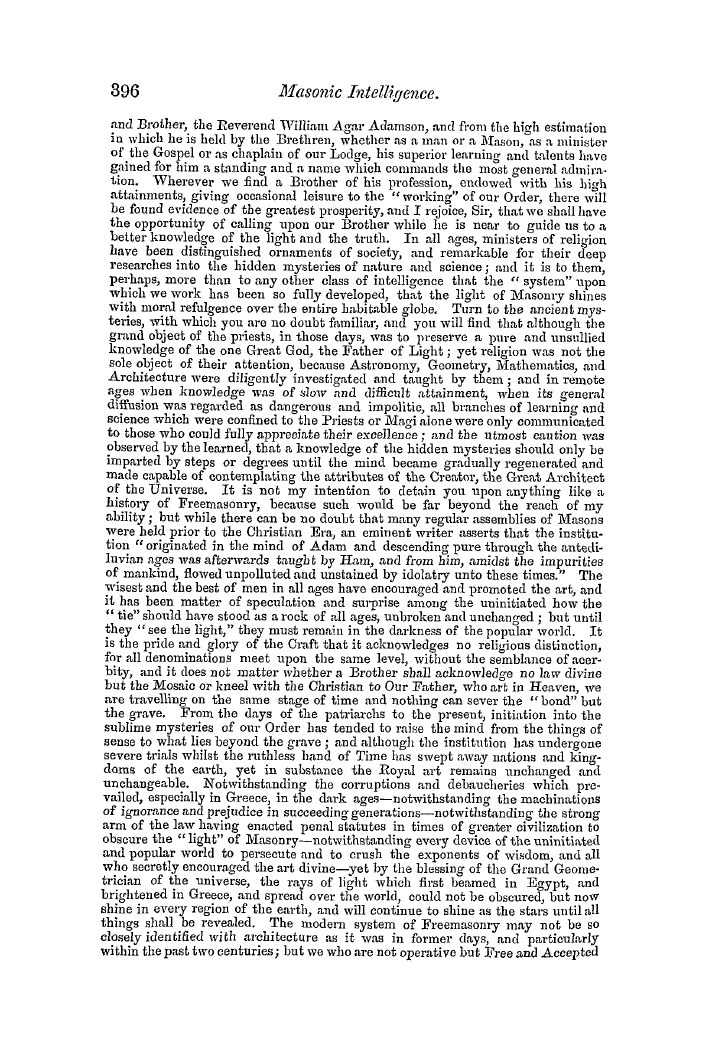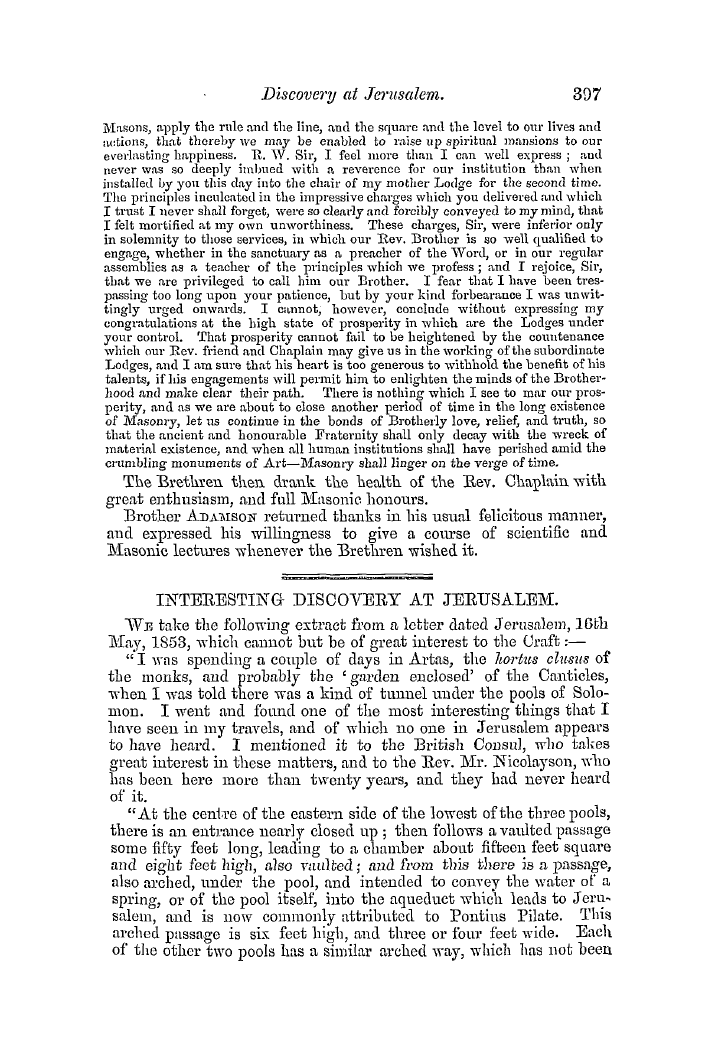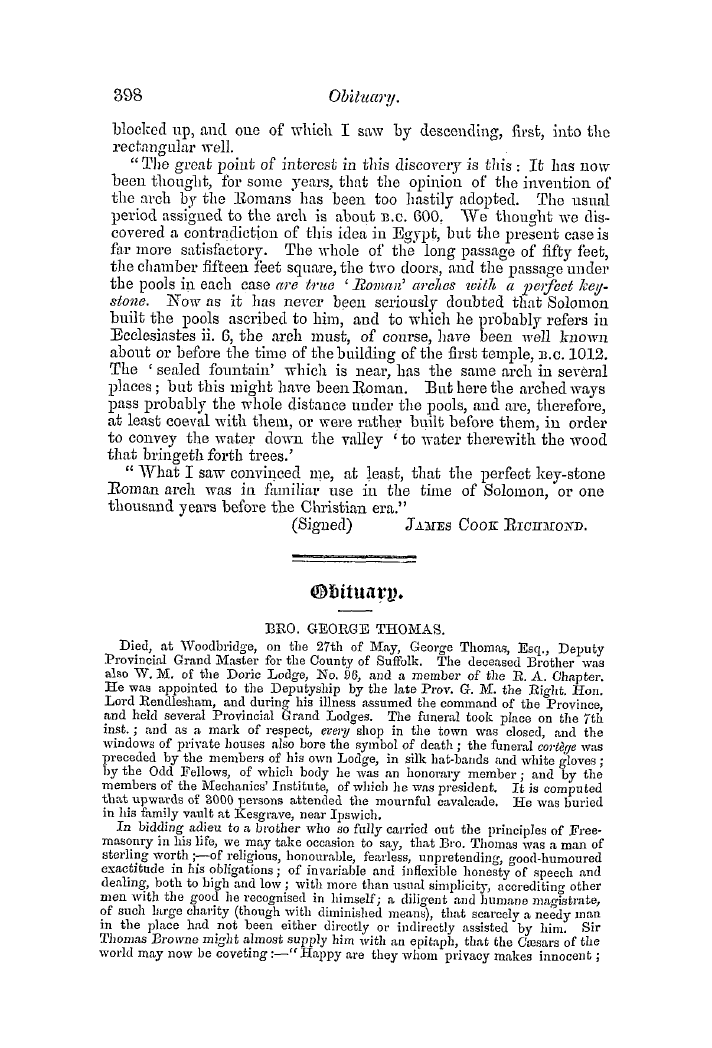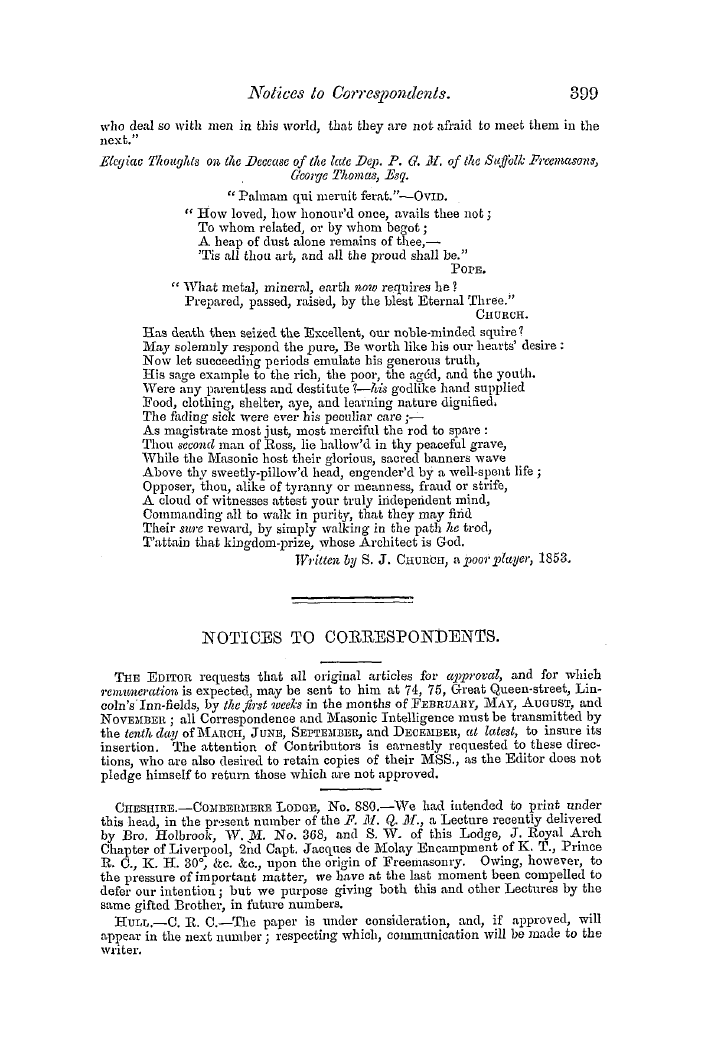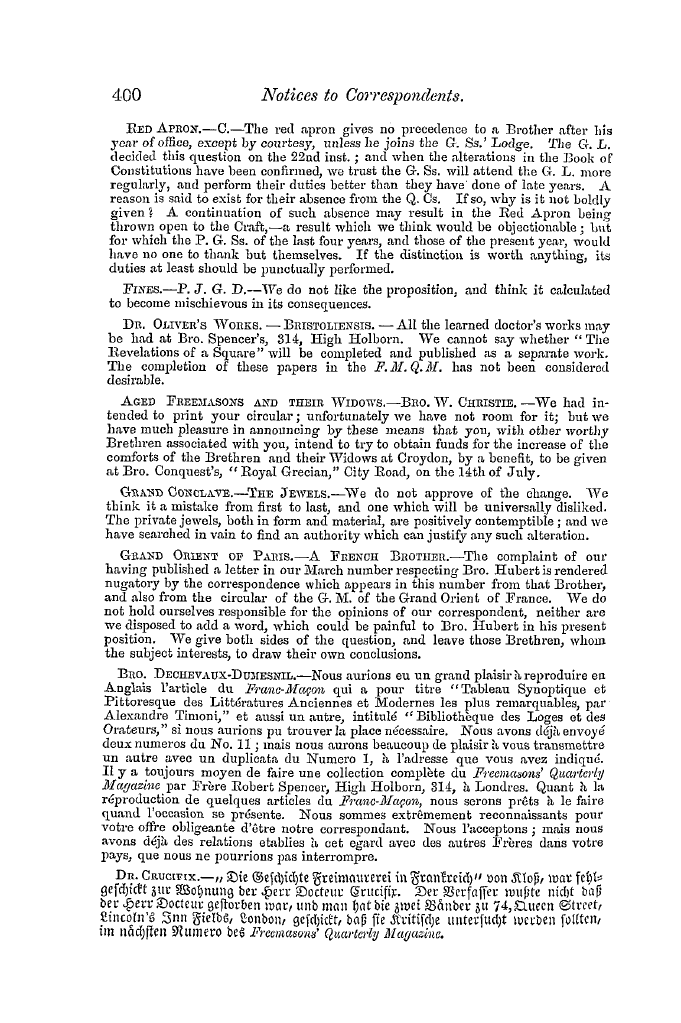-
Articles/Ads
Article THE KNIGHTS OF ST. HELEN'S. ← Page 2 of 11 →
Note: This text has been automatically extracted via Optical Character Recognition (OCR) software.
The Knights Of St. Helen's.
earnest in the right—confident in the hope that posterity would reap the benefit of their exertions—with true zeal many of our forefathers strove to do good ; and thus it has happened that we in our large reflecting age and practical will have recognised their labours , and justly learned to appreciate thenutility . It does not require any very extensive knowledge of
the vast town of London to arrive at the conclusion that many of its noble charities and excellent institutions for the pursuit of learning ancl commerce owe their origin to some founder whose virtues made themselves thus strikingly manifest . Foremost amongst these worthies of the highest class are the merchants , or staplersas many of them were wont to be called . It would
, seem to have been a maxim with them to have given to the poor and to do good , as a means of thank-offering to Providence for the bounty bestowed on them . That which had been so freely given was as freely distributed to their more needy brethren . A lofty principle , and one ever to be respected , and it is with no small interest that we view the works they
have left behind them , and it should be with no trivial feeling of gratitude for then- exertions that we should approach the consideration of the struggles and difficulties they encountered in then- glorious path of usefulness . For they toiled at a time
when but little was known of the great outlying countries far away ; and when the modern easy appliances of land and sea transit were undiscovered . Men had not arrived to so great an extent of perfection in the arts ancl sciences . It is well for us , in these our clays of progress , that all the landmarks of the past have not been swept away in the changes ivhich so constantly
overwhelm us on all sides . It is well for us , once in a way , to quit the busy hive , and take a stroll in some quiet nook where one or more of these landmarks yet remain . In a turning out of Bishopsgate-street , ancl situated between a row of trees , St . Helen ' s Church arrests the antiquarian ' s further movement , and invites an examination of the old and very remarkable tombs
contained Avithin its walls . Its external aspect is peculiar ; for two distinct naves of two separate churches are joined together , with a curious little turret at the point of junction . The history of this strange architectural feature is as follows Helena , who was the mother of the Great Constantine , had a church dedicated to herand built on this spot ; and some short
, ivhile before Henry III . ascended the tin-one , a priory of black nuns was founded by the king ' s goldsmith , to which a church for then- especial use was added . At the dissolution of monasteries and nunneries , in the reign of Henry VIII this priory was surrendered in due form to the king ' s officers , and in sub-VOL . I . T
Note: This text has been automatically extracted via Optical Character Recognition (OCR) software.
The Knights Of St. Helen's.
earnest in the right—confident in the hope that posterity would reap the benefit of their exertions—with true zeal many of our forefathers strove to do good ; and thus it has happened that we in our large reflecting age and practical will have recognised their labours , and justly learned to appreciate thenutility . It does not require any very extensive knowledge of
the vast town of London to arrive at the conclusion that many of its noble charities and excellent institutions for the pursuit of learning ancl commerce owe their origin to some founder whose virtues made themselves thus strikingly manifest . Foremost amongst these worthies of the highest class are the merchants , or staplersas many of them were wont to be called . It would
, seem to have been a maxim with them to have given to the poor and to do good , as a means of thank-offering to Providence for the bounty bestowed on them . That which had been so freely given was as freely distributed to their more needy brethren . A lofty principle , and one ever to be respected , and it is with no small interest that we view the works they
have left behind them , and it should be with no trivial feeling of gratitude for then- exertions that we should approach the consideration of the struggles and difficulties they encountered in then- glorious path of usefulness . For they toiled at a time
when but little was known of the great outlying countries far away ; and when the modern easy appliances of land and sea transit were undiscovered . Men had not arrived to so great an extent of perfection in the arts ancl sciences . It is well for us , in these our clays of progress , that all the landmarks of the past have not been swept away in the changes ivhich so constantly
overwhelm us on all sides . It is well for us , once in a way , to quit the busy hive , and take a stroll in some quiet nook where one or more of these landmarks yet remain . In a turning out of Bishopsgate-street , ancl situated between a row of trees , St . Helen ' s Church arrests the antiquarian ' s further movement , and invites an examination of the old and very remarkable tombs
contained Avithin its walls . Its external aspect is peculiar ; for two distinct naves of two separate churches are joined together , with a curious little turret at the point of junction . The history of this strange architectural feature is as follows Helena , who was the mother of the Great Constantine , had a church dedicated to herand built on this spot ; and some short
, ivhile before Henry III . ascended the tin-one , a priory of black nuns was founded by the king ' s goldsmith , to which a church for then- especial use was added . At the dissolution of monasteries and nunneries , in the reign of Henry VIII this priory was surrendered in due form to the king ' s officers , and in sub-VOL . I . T


























































